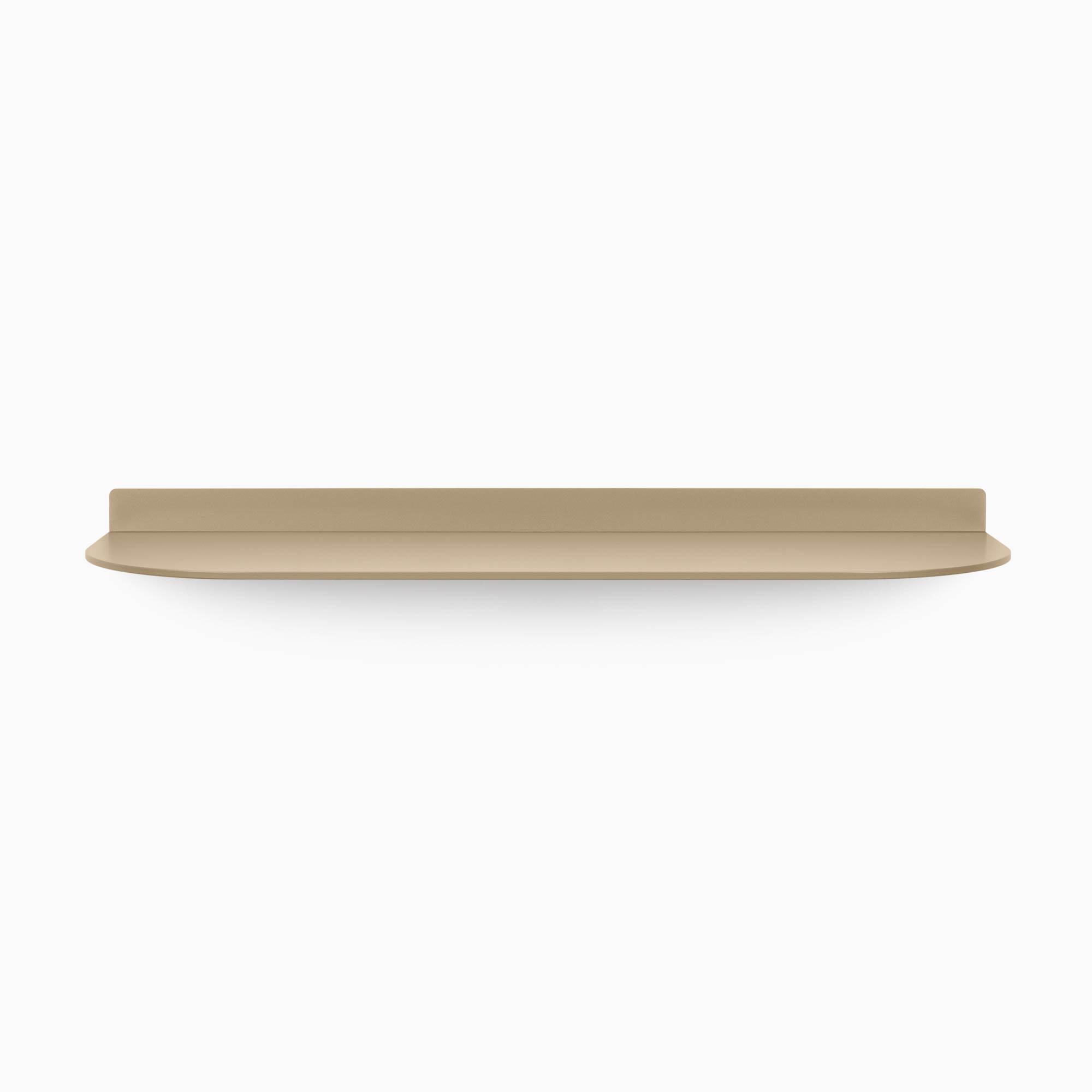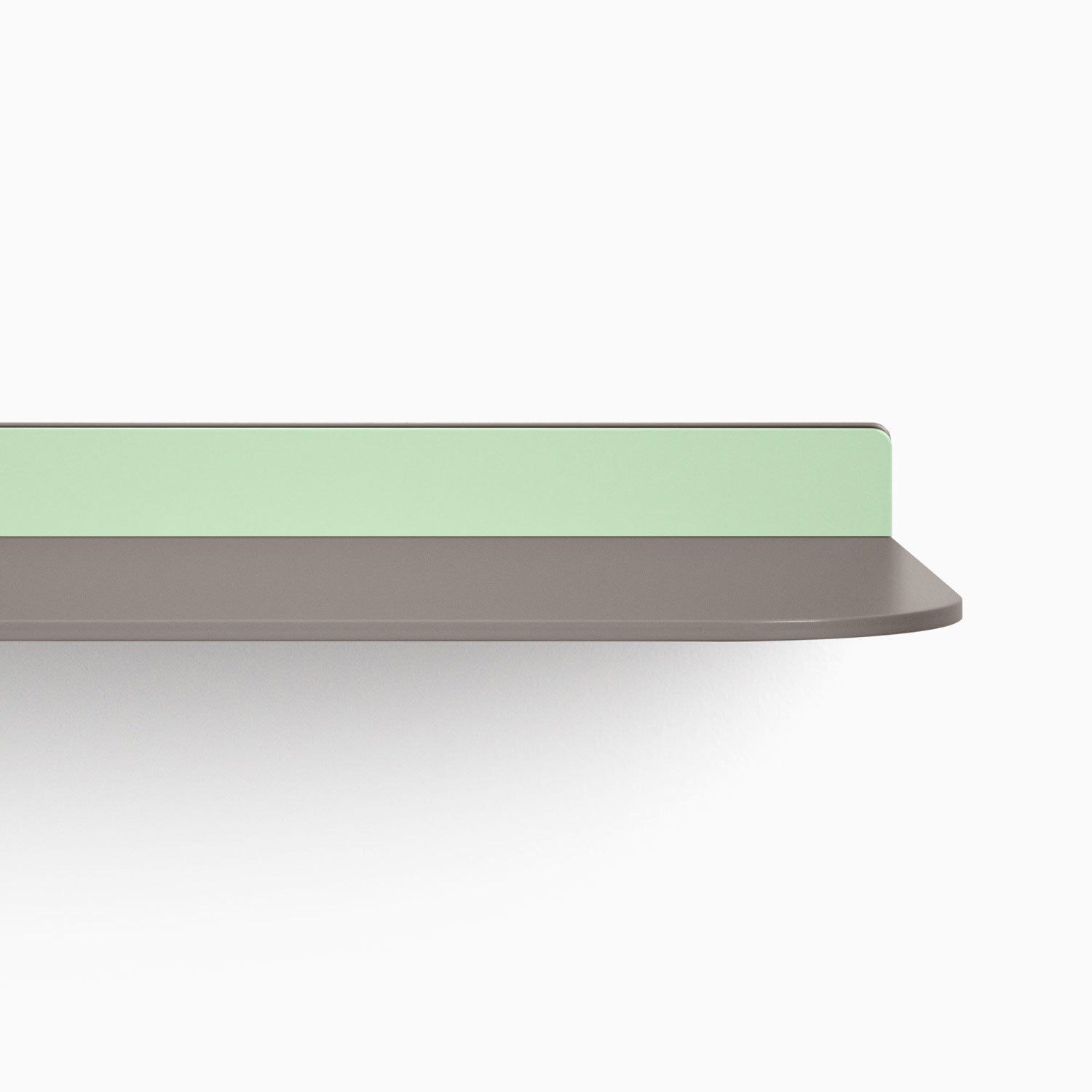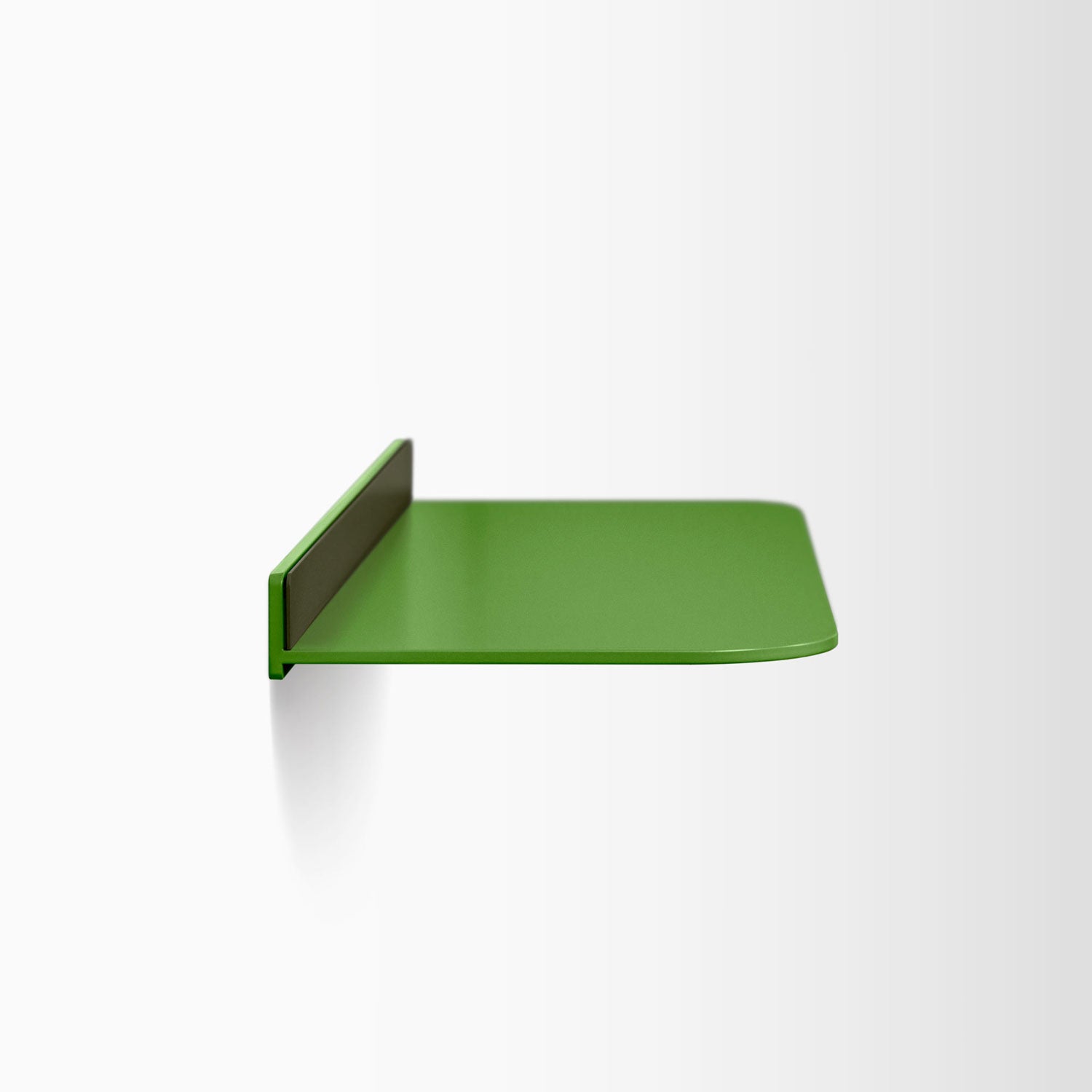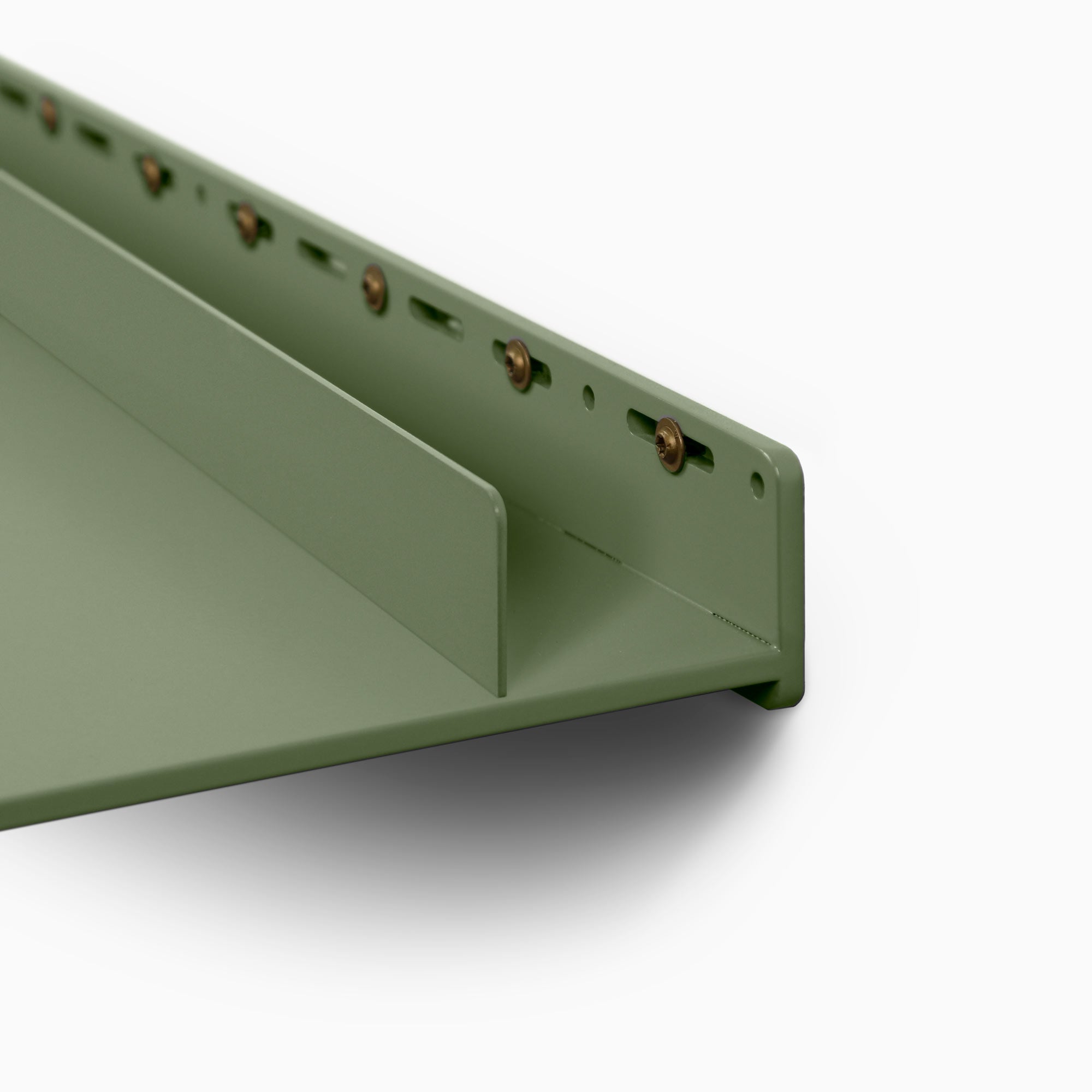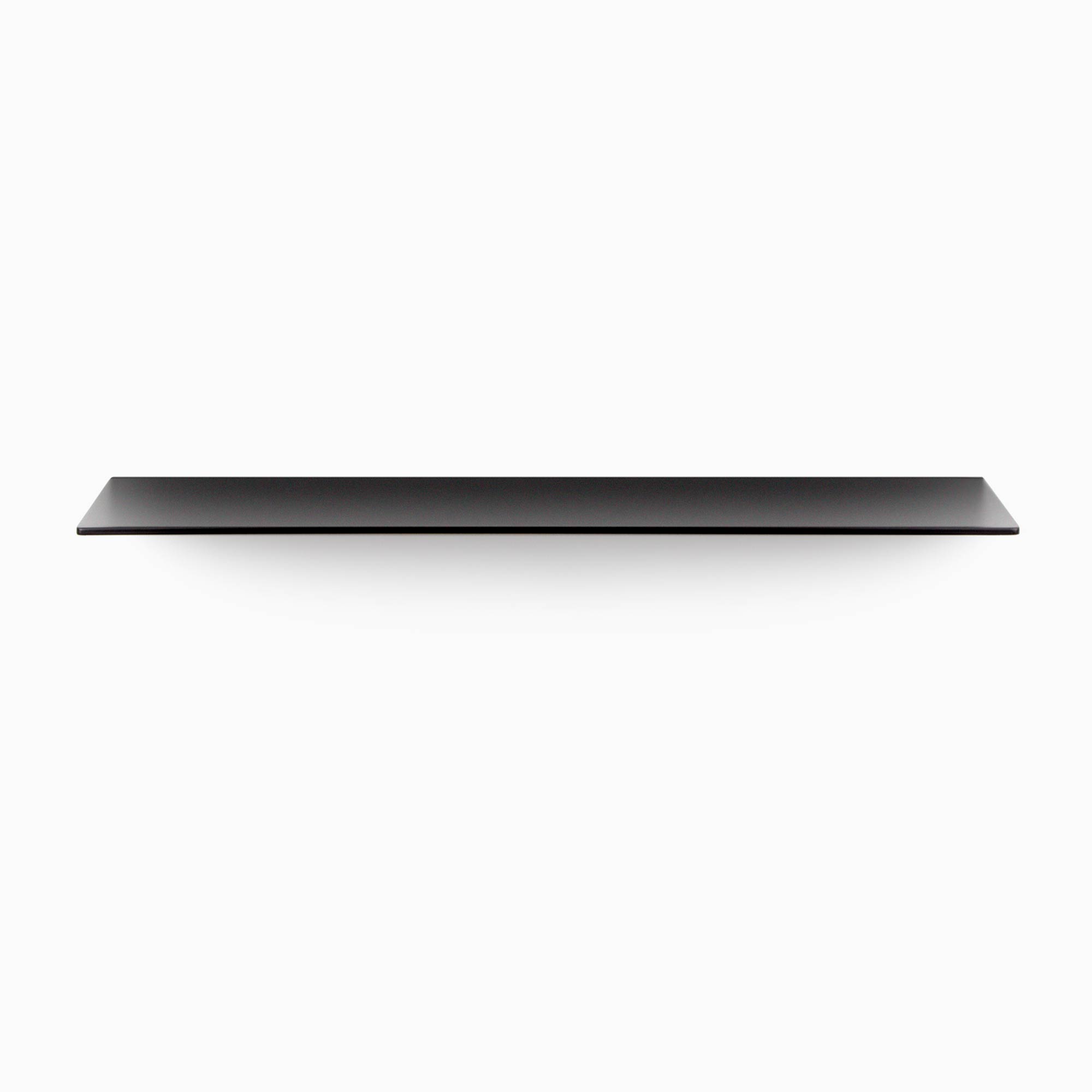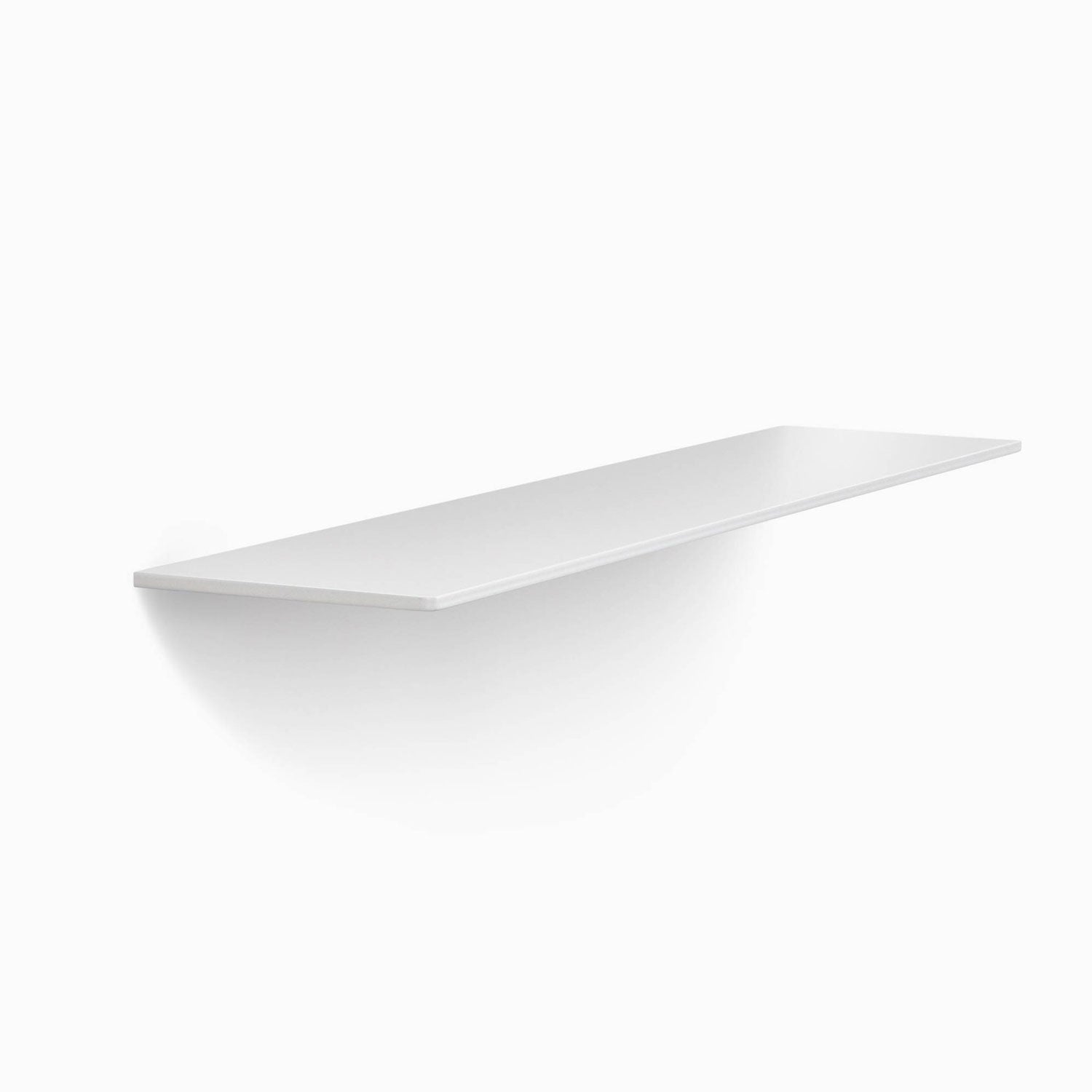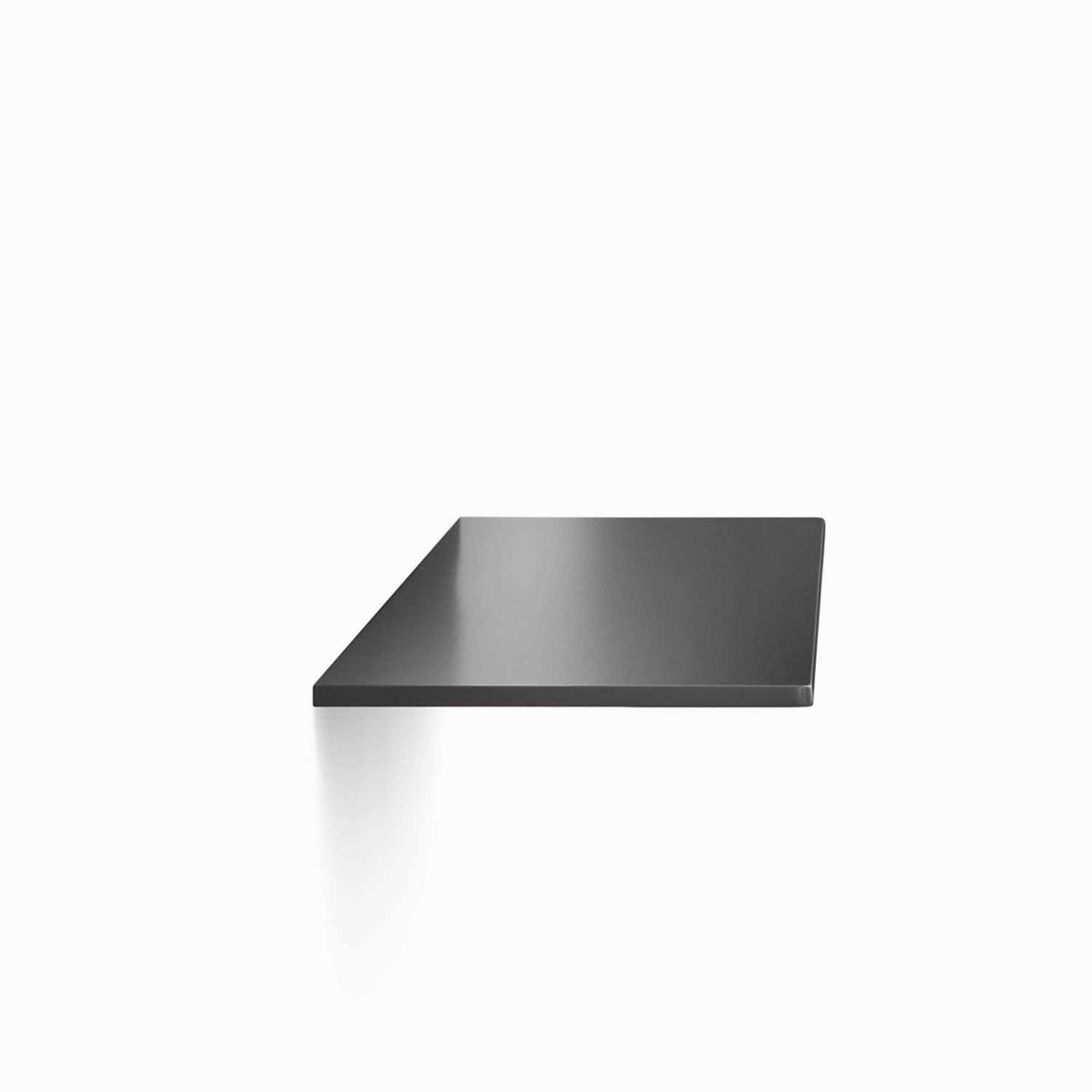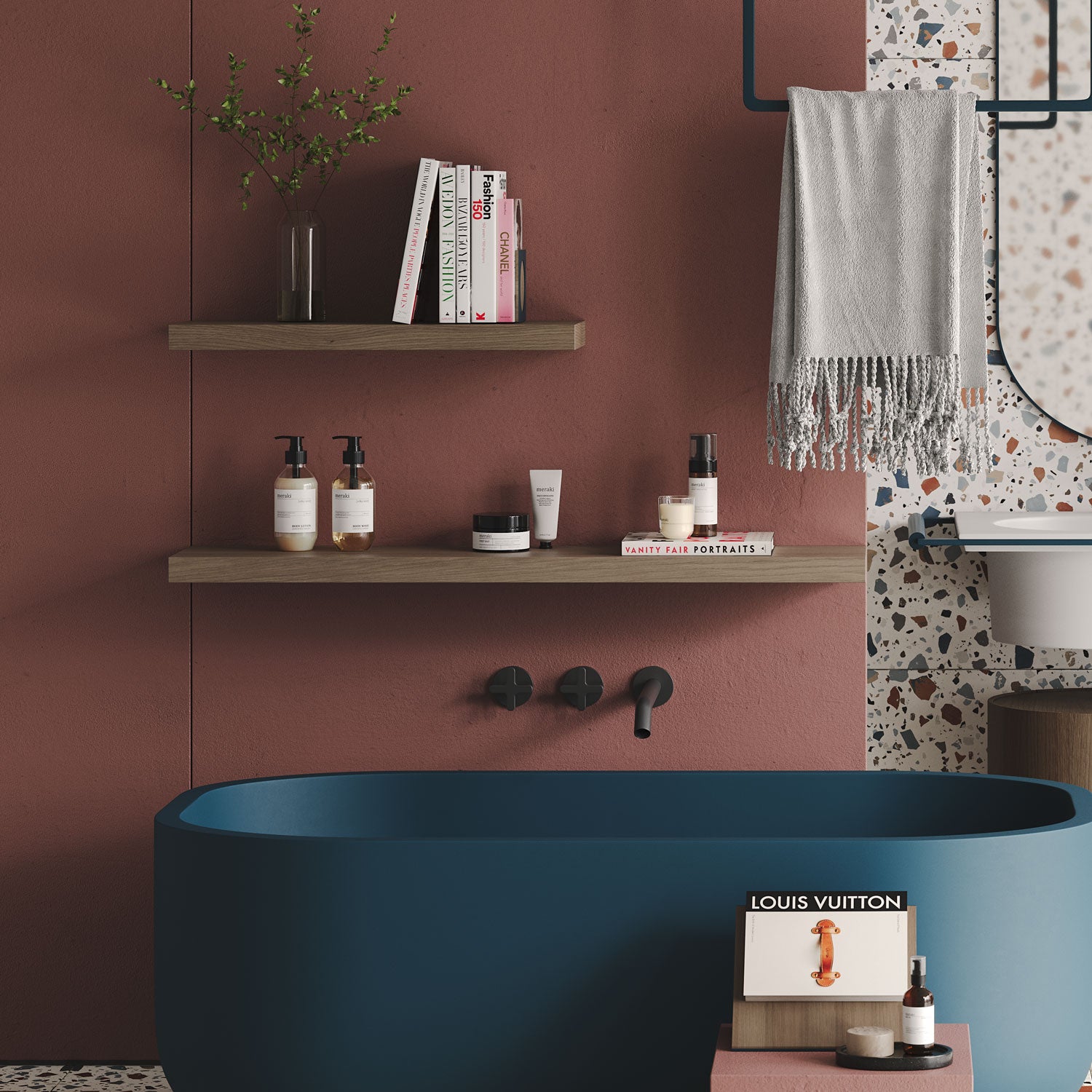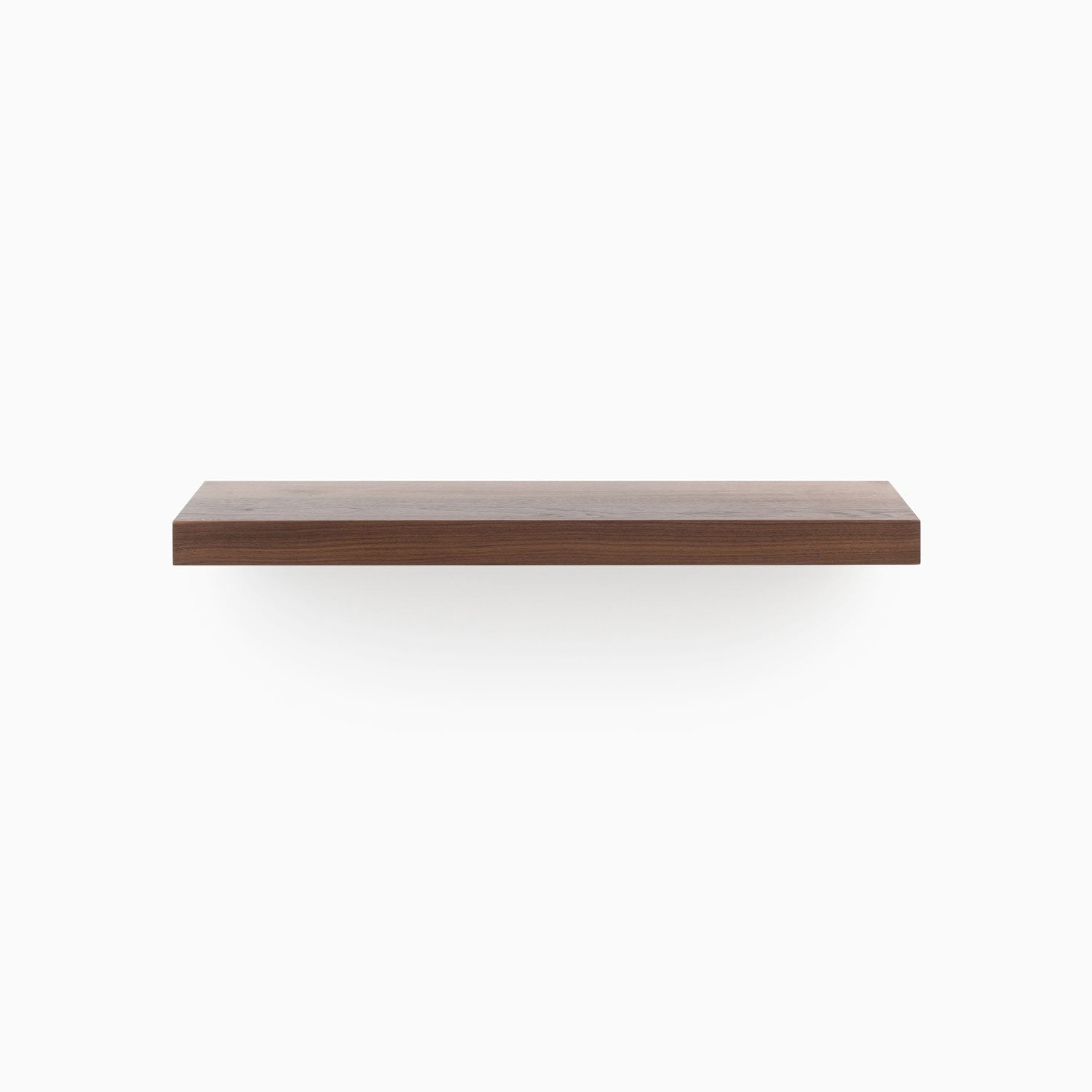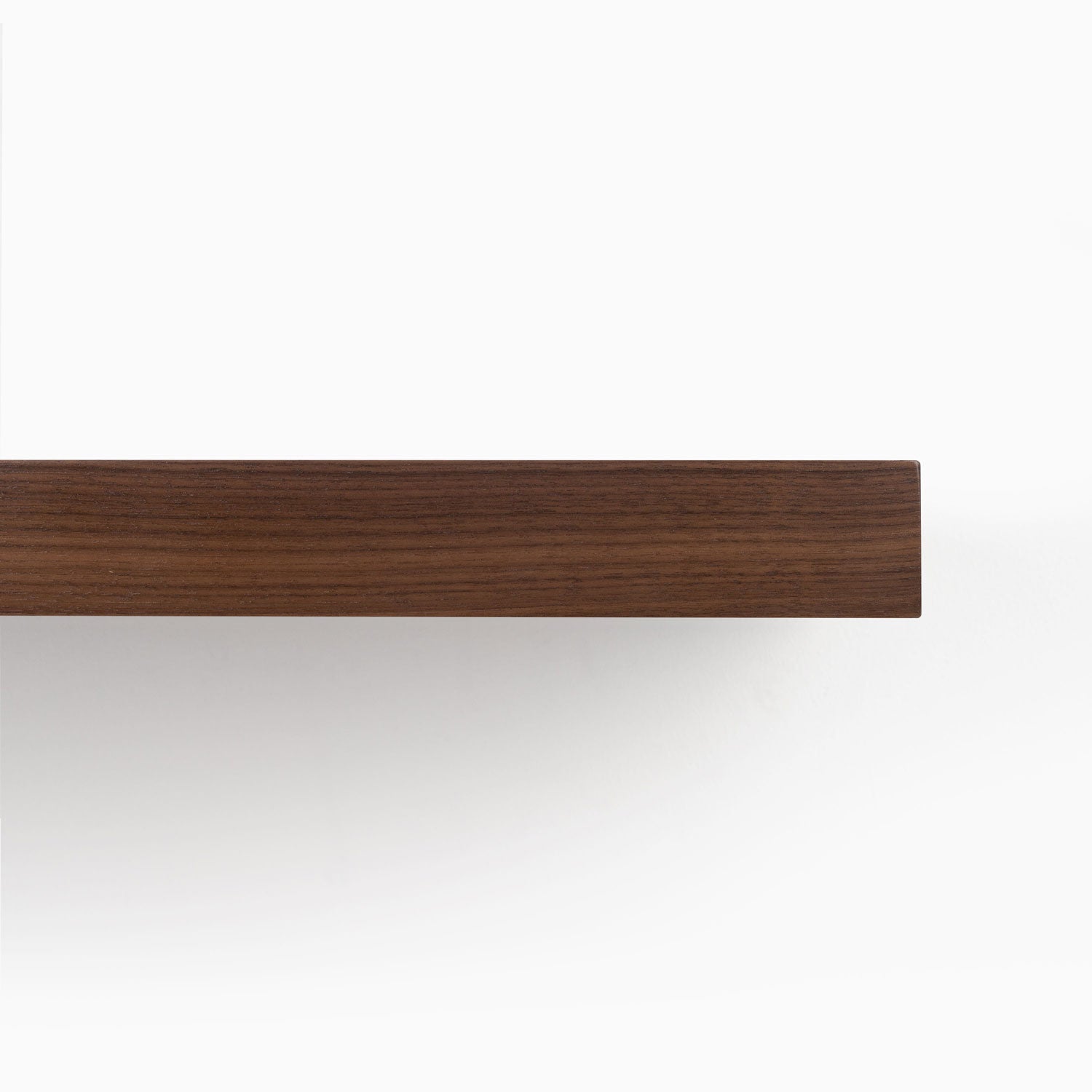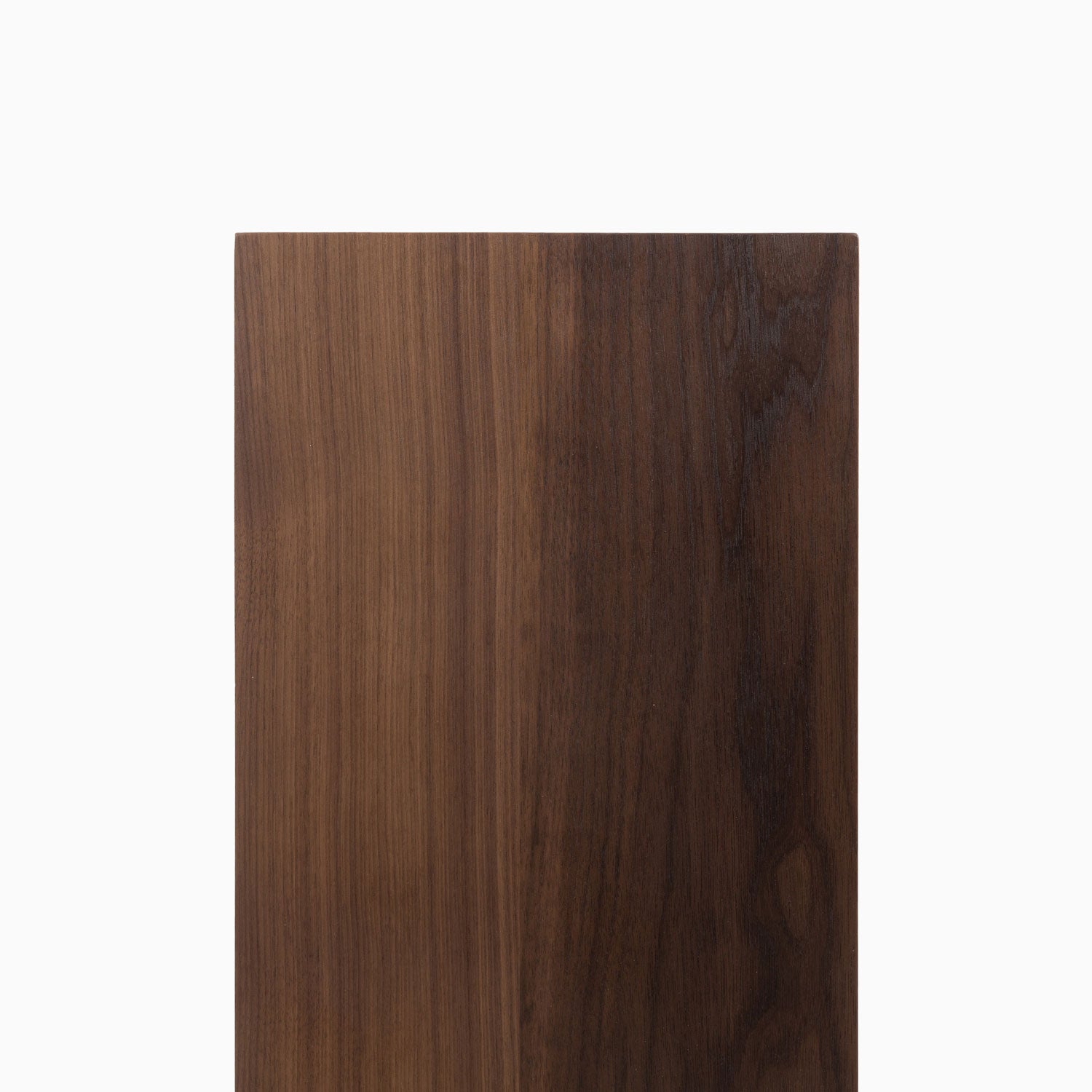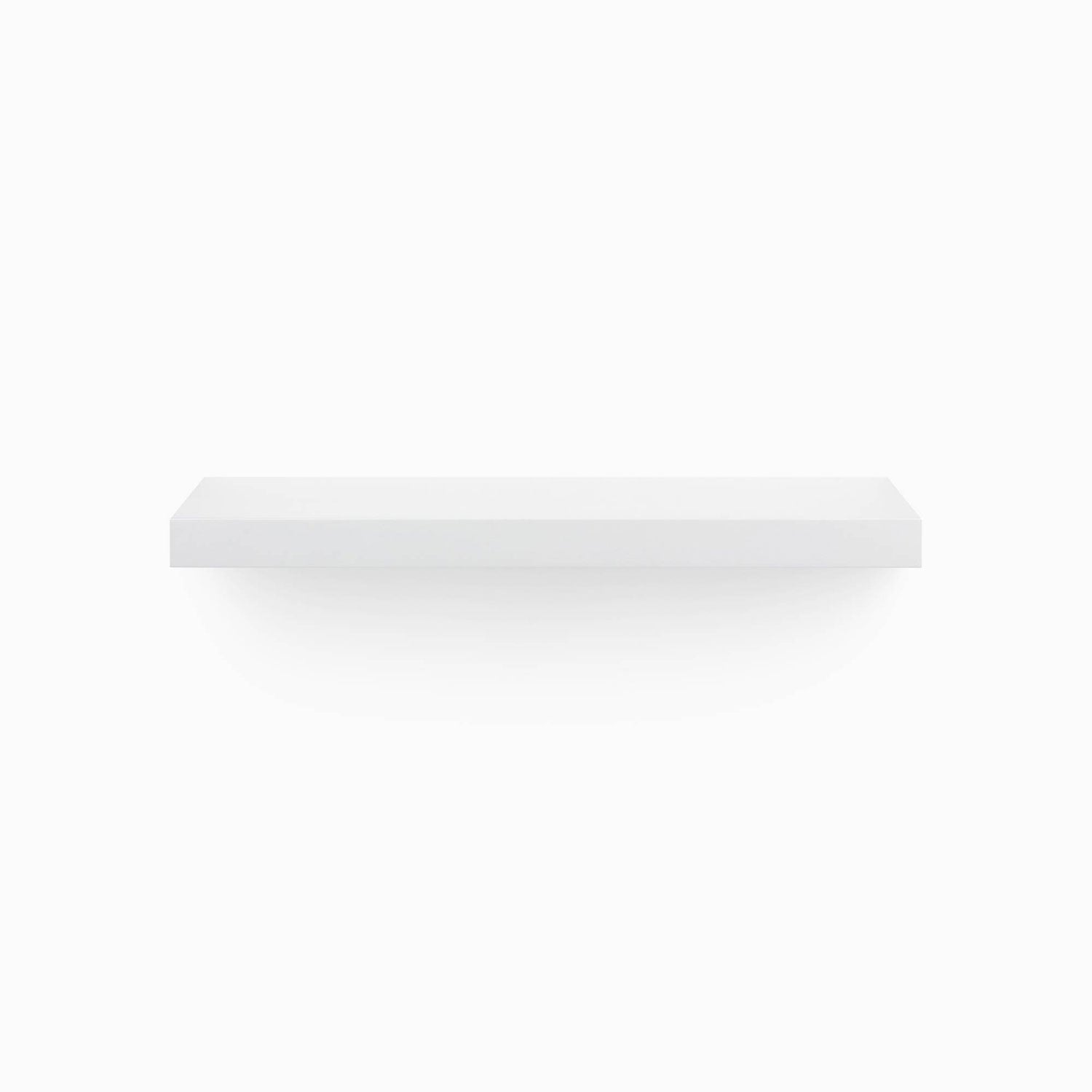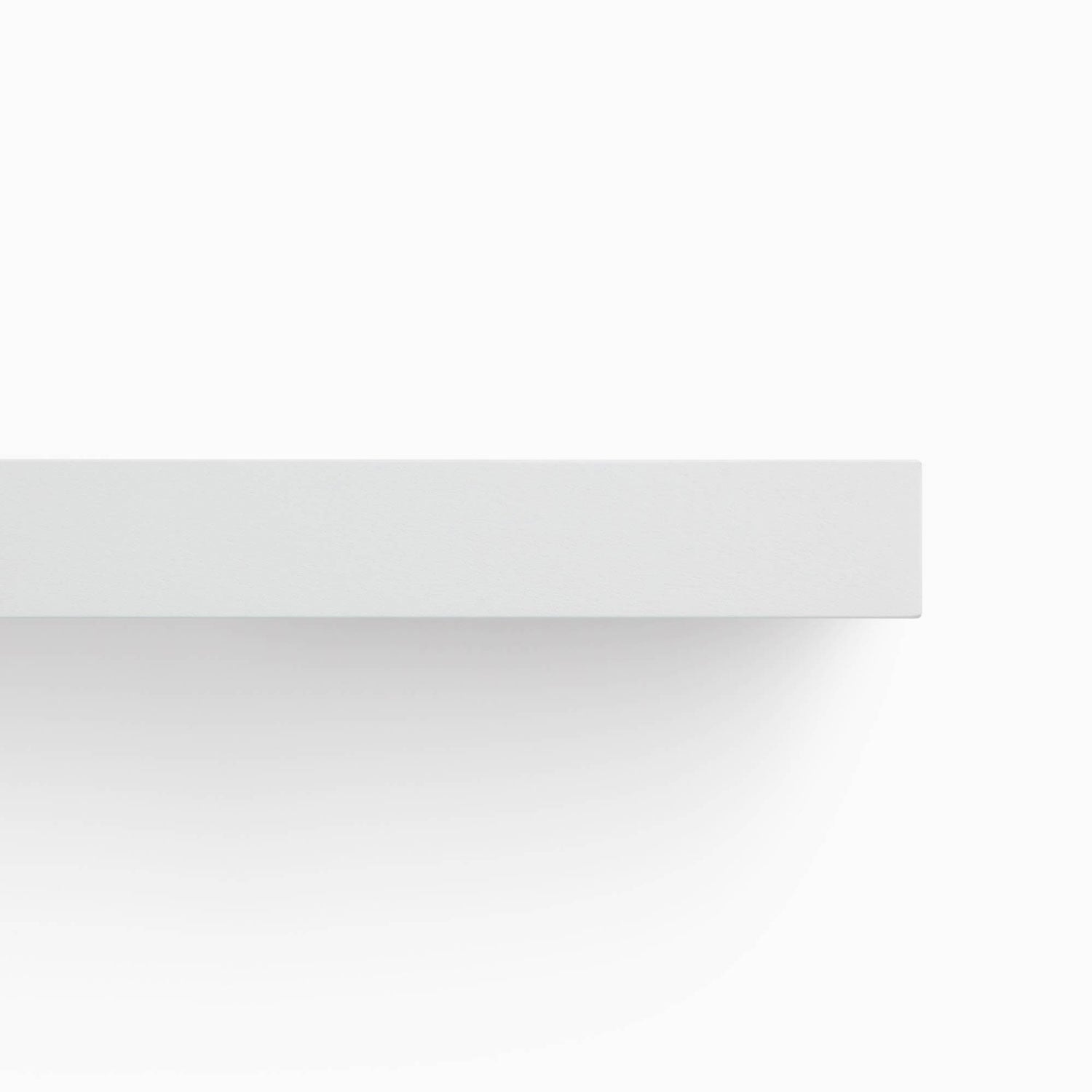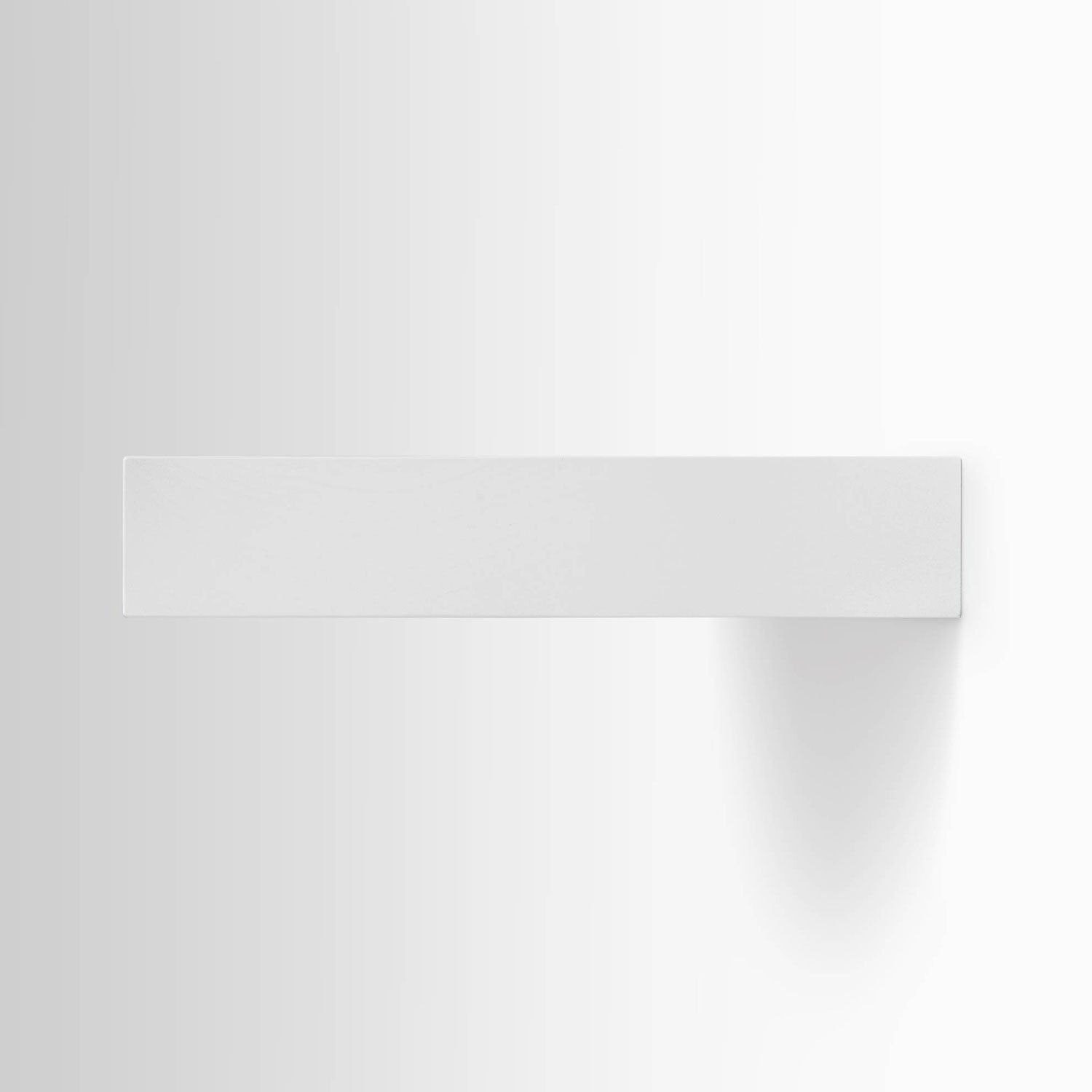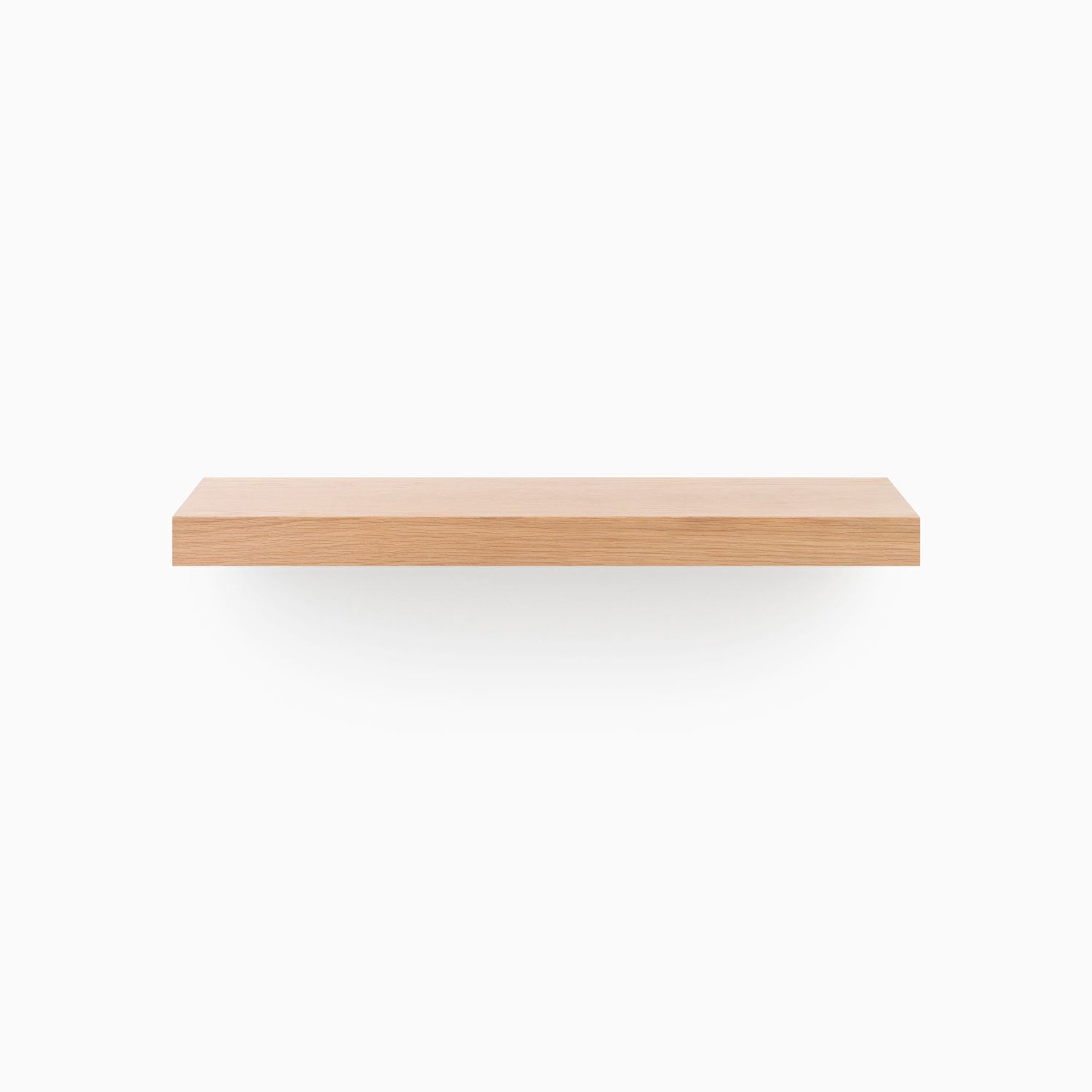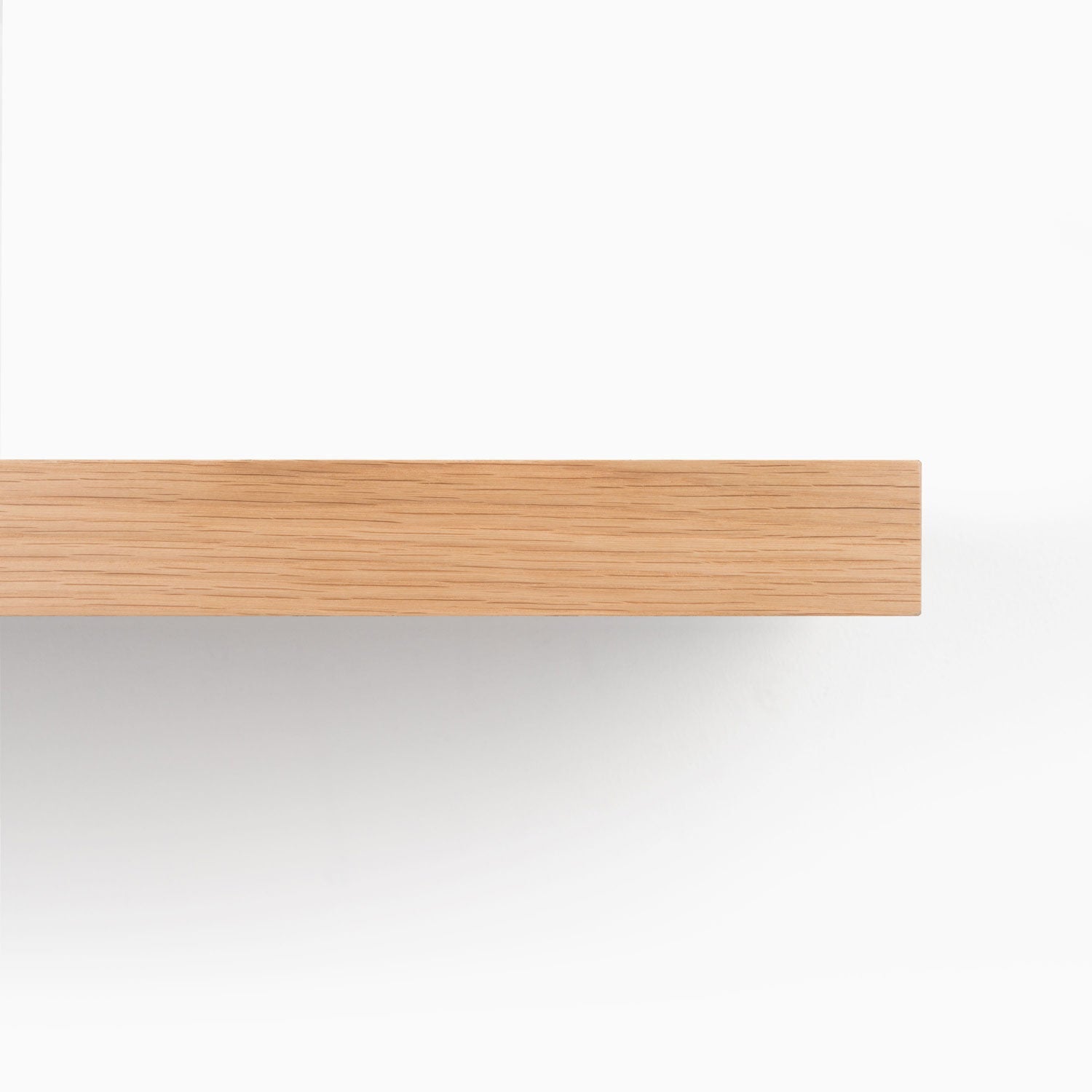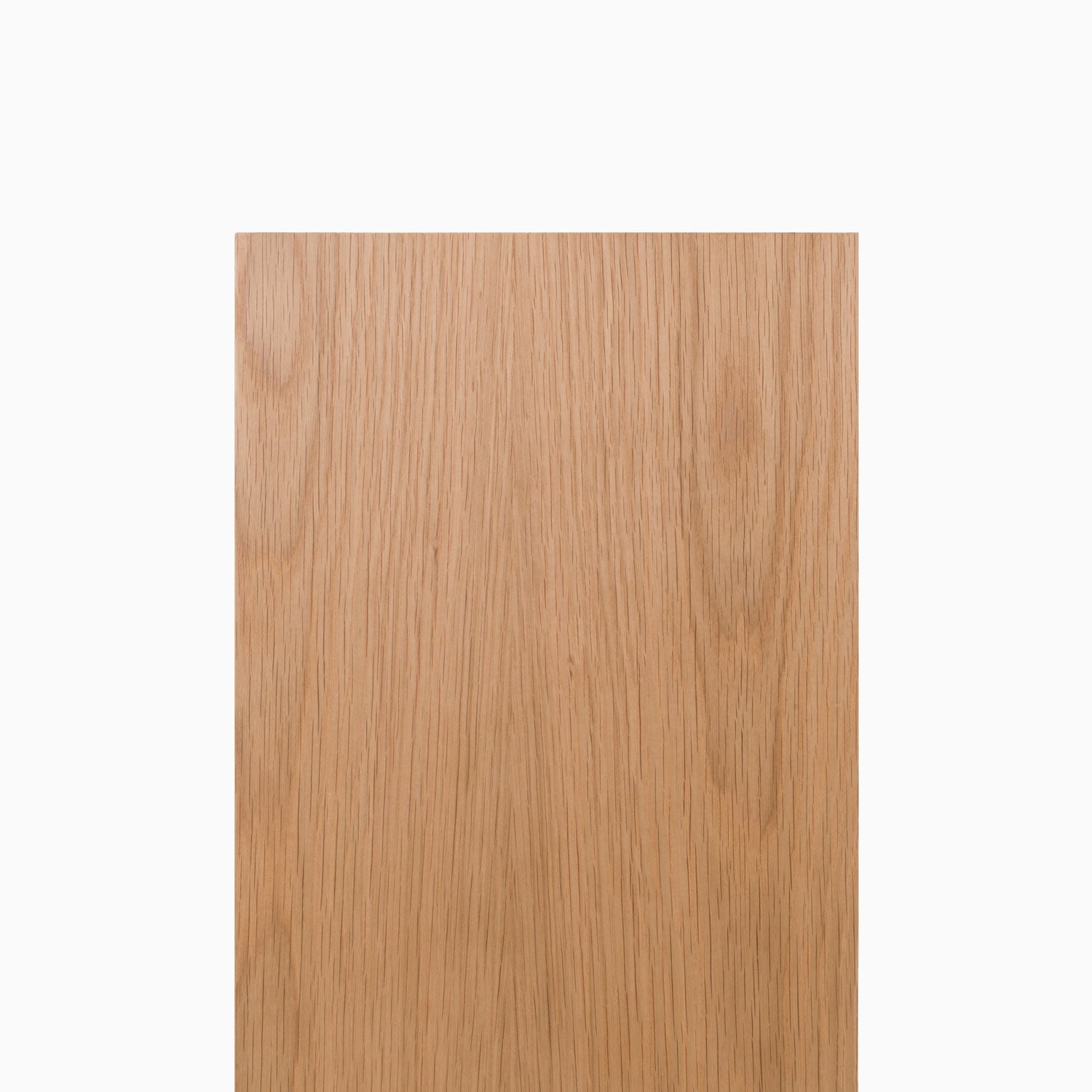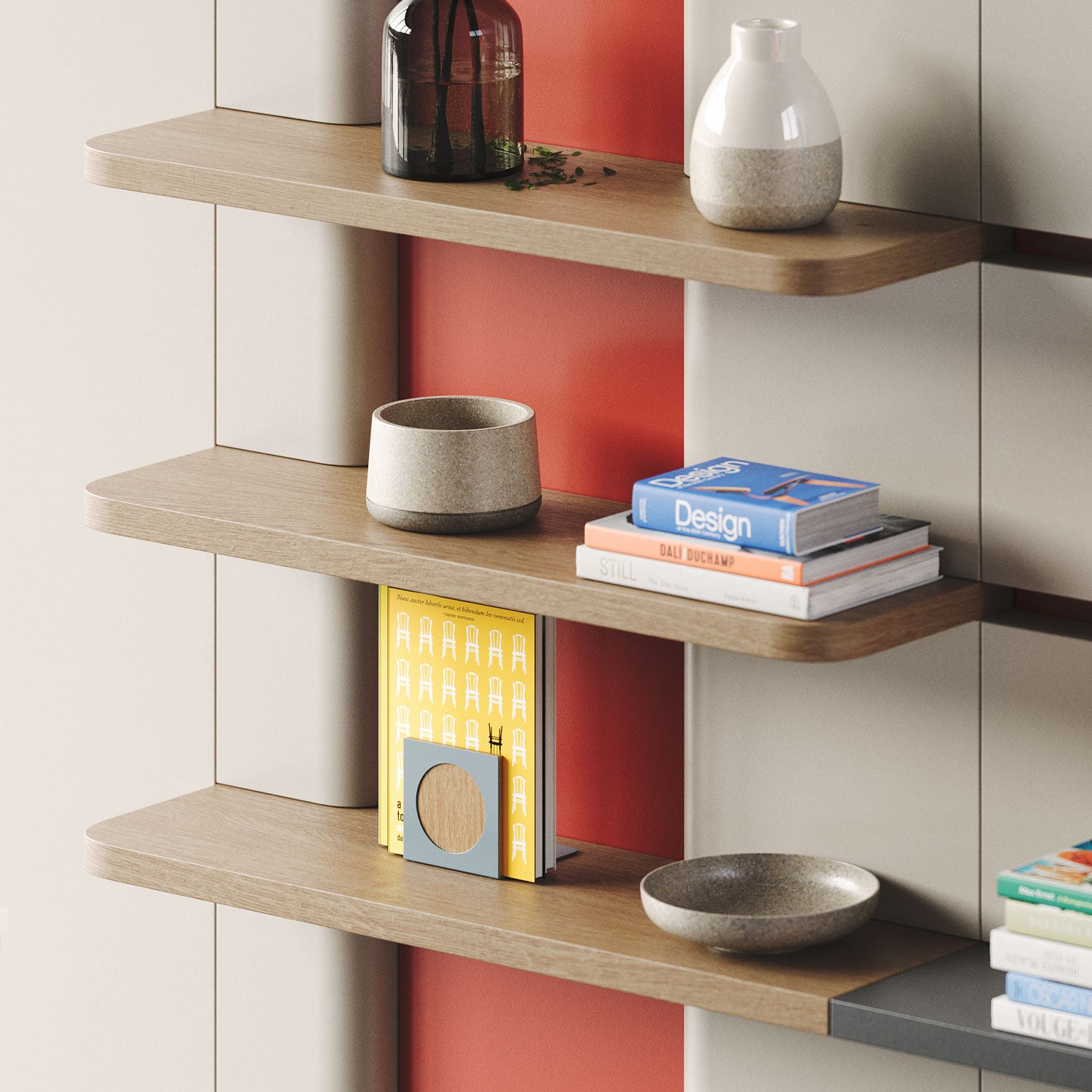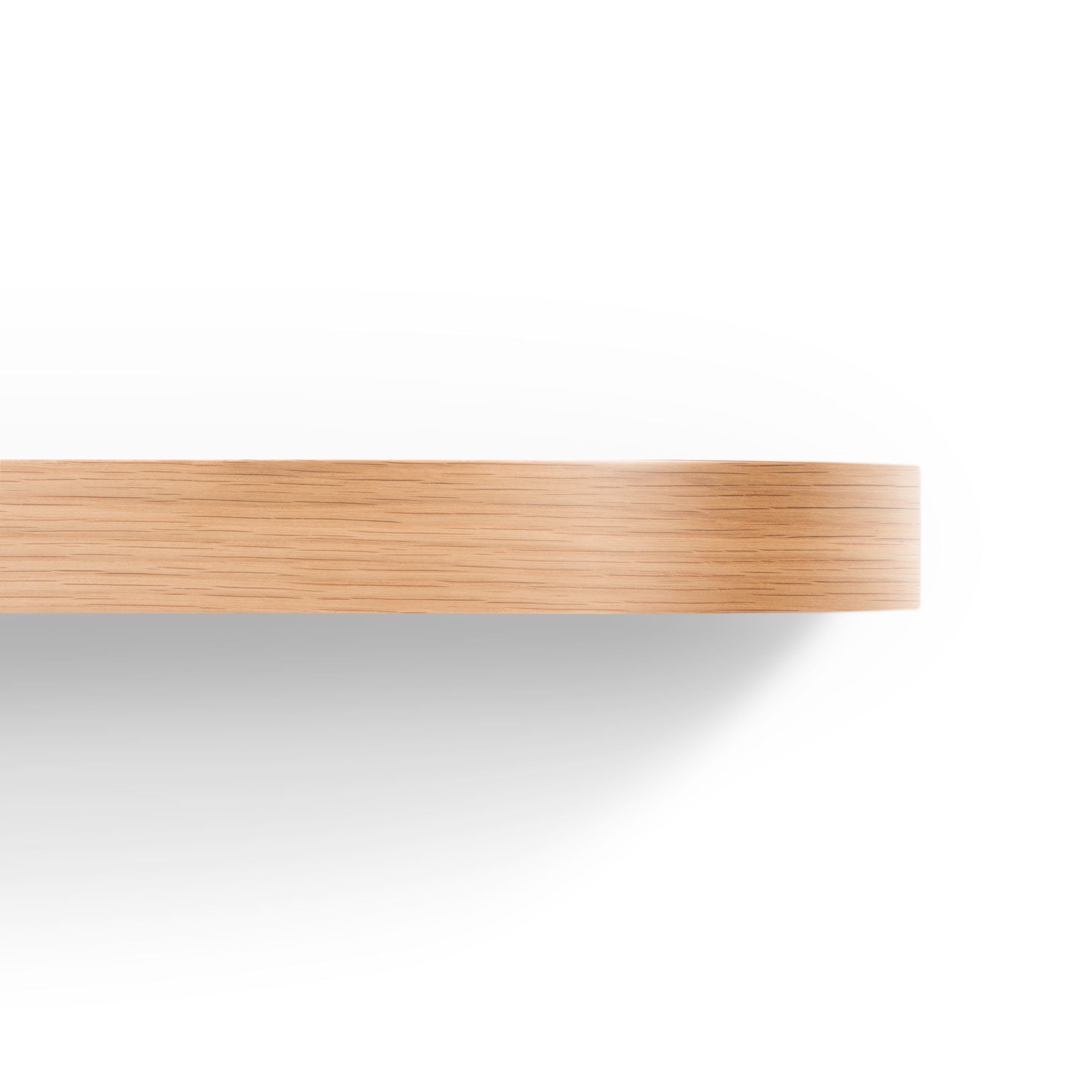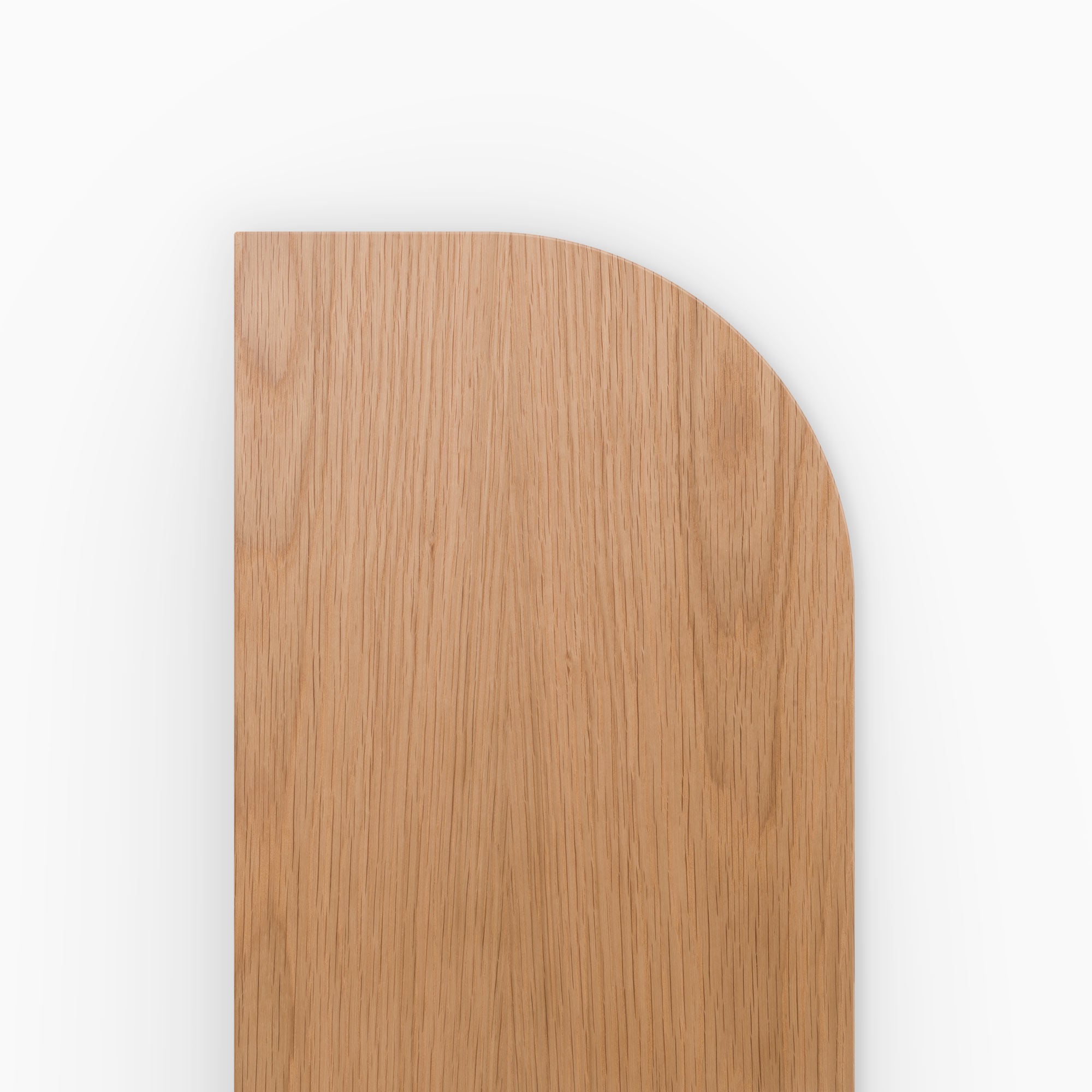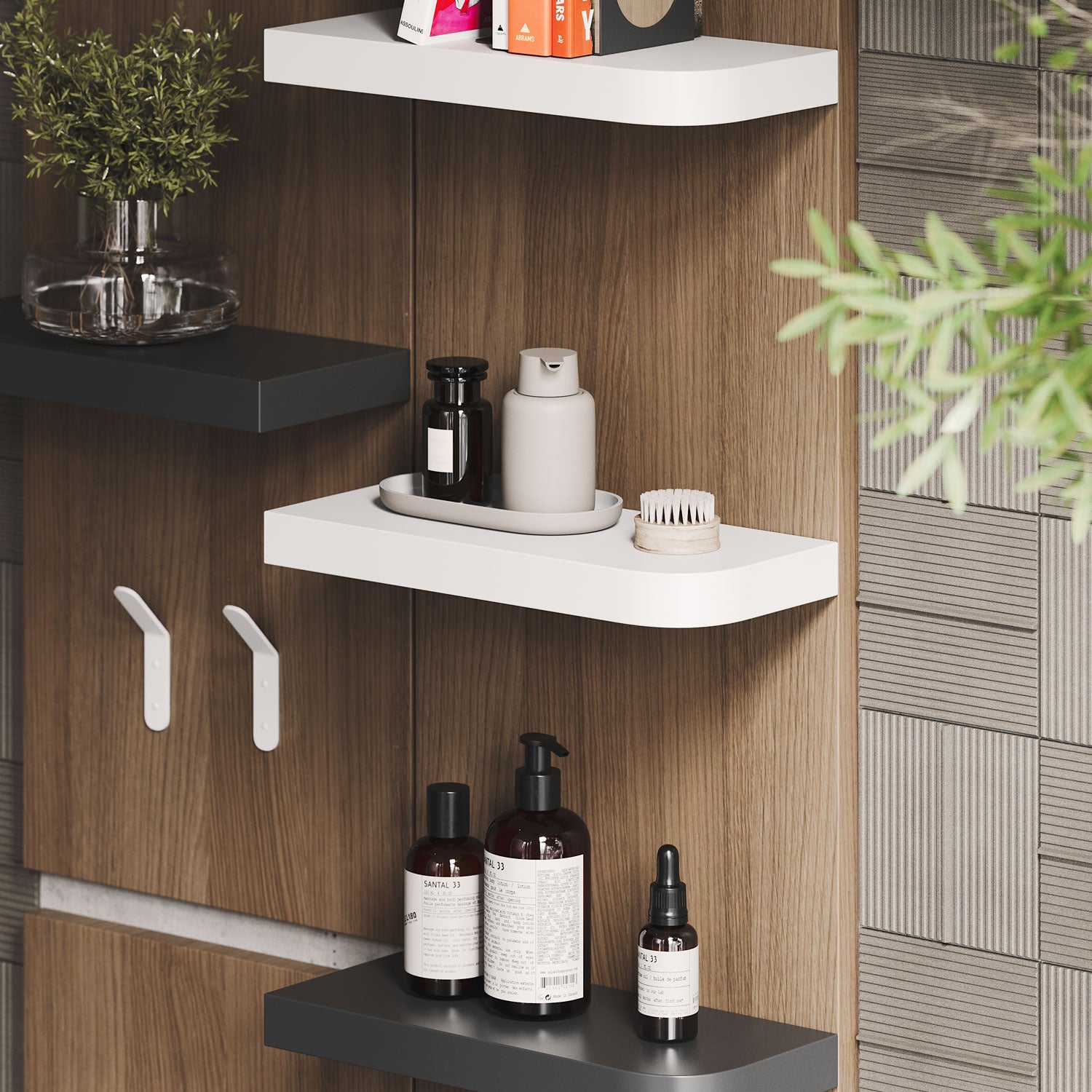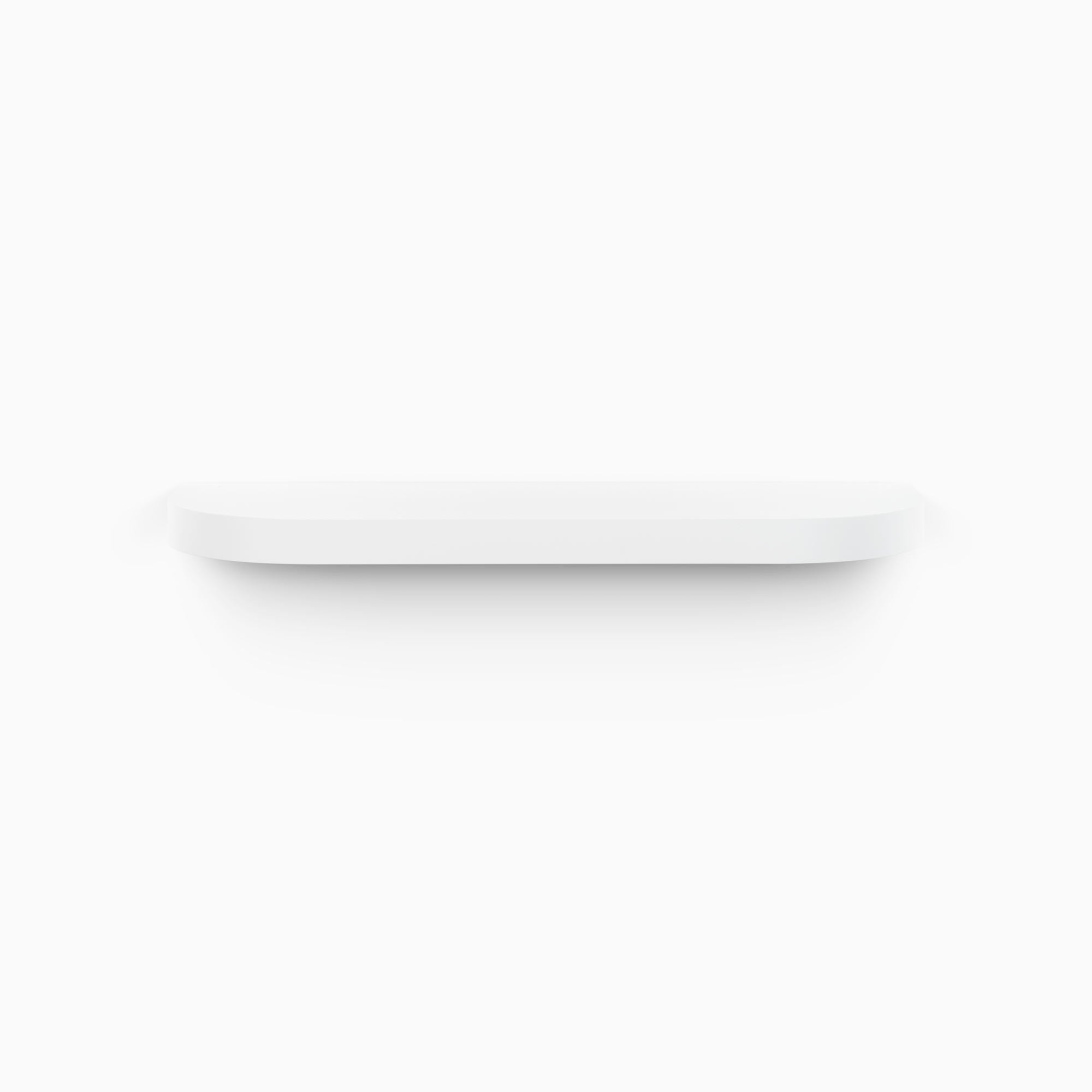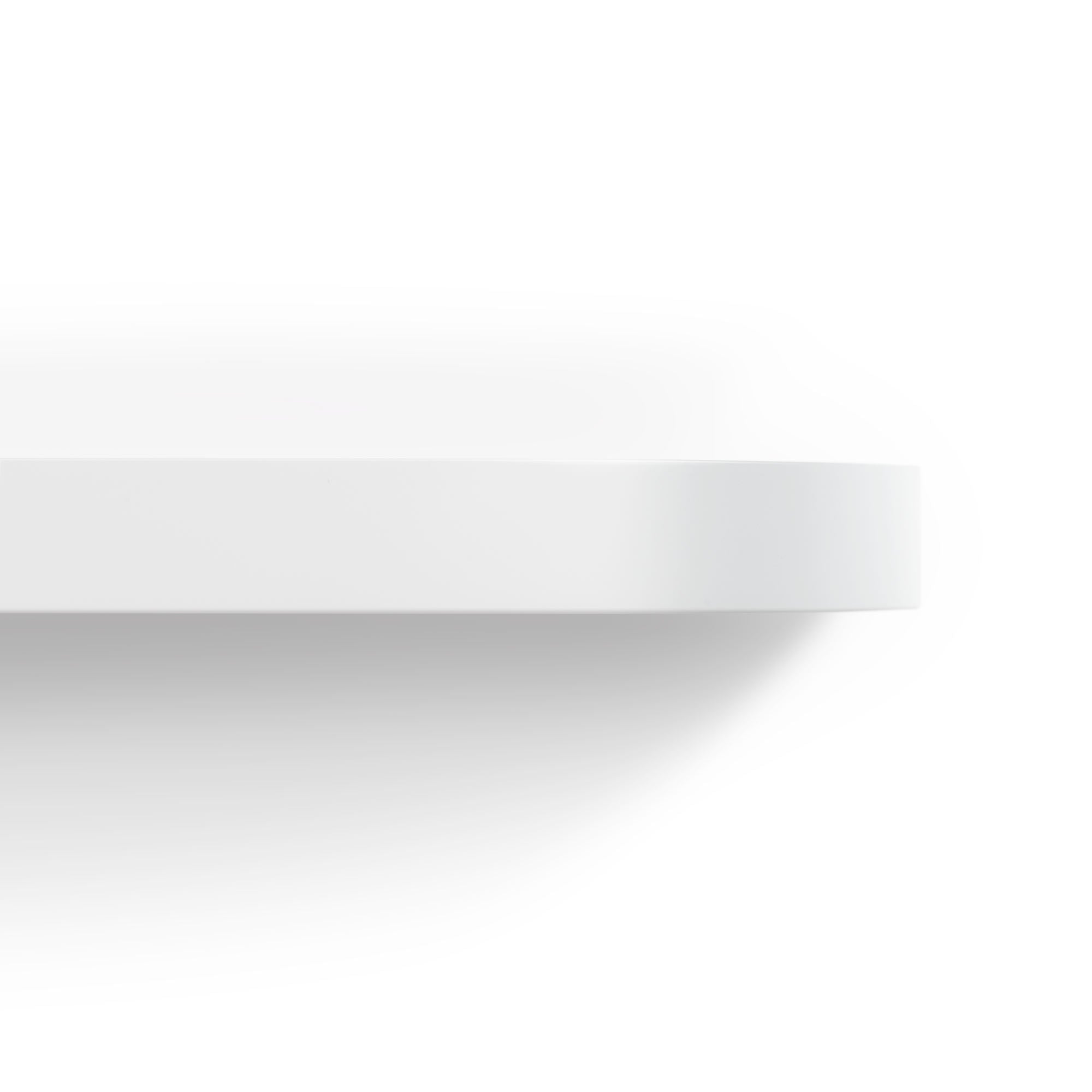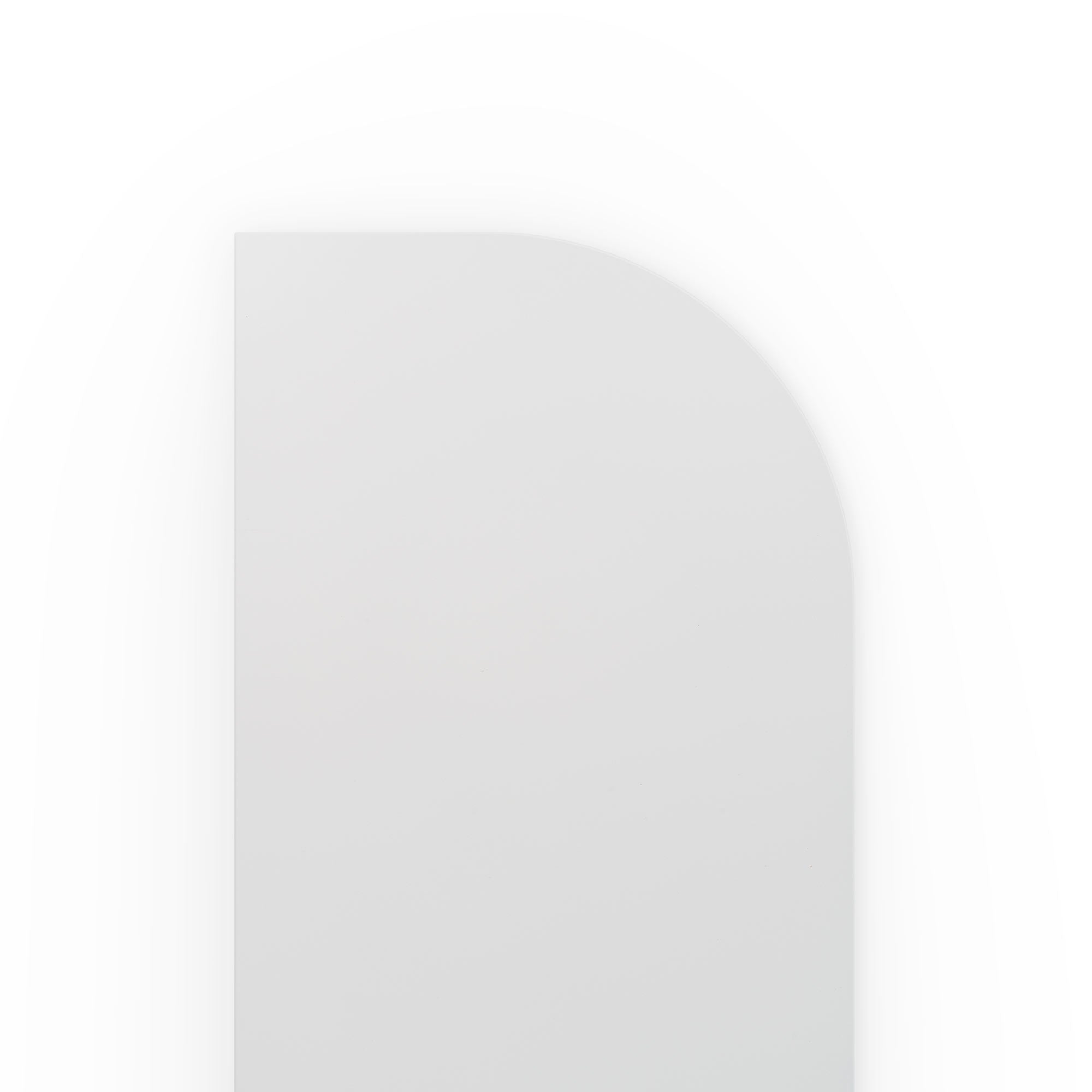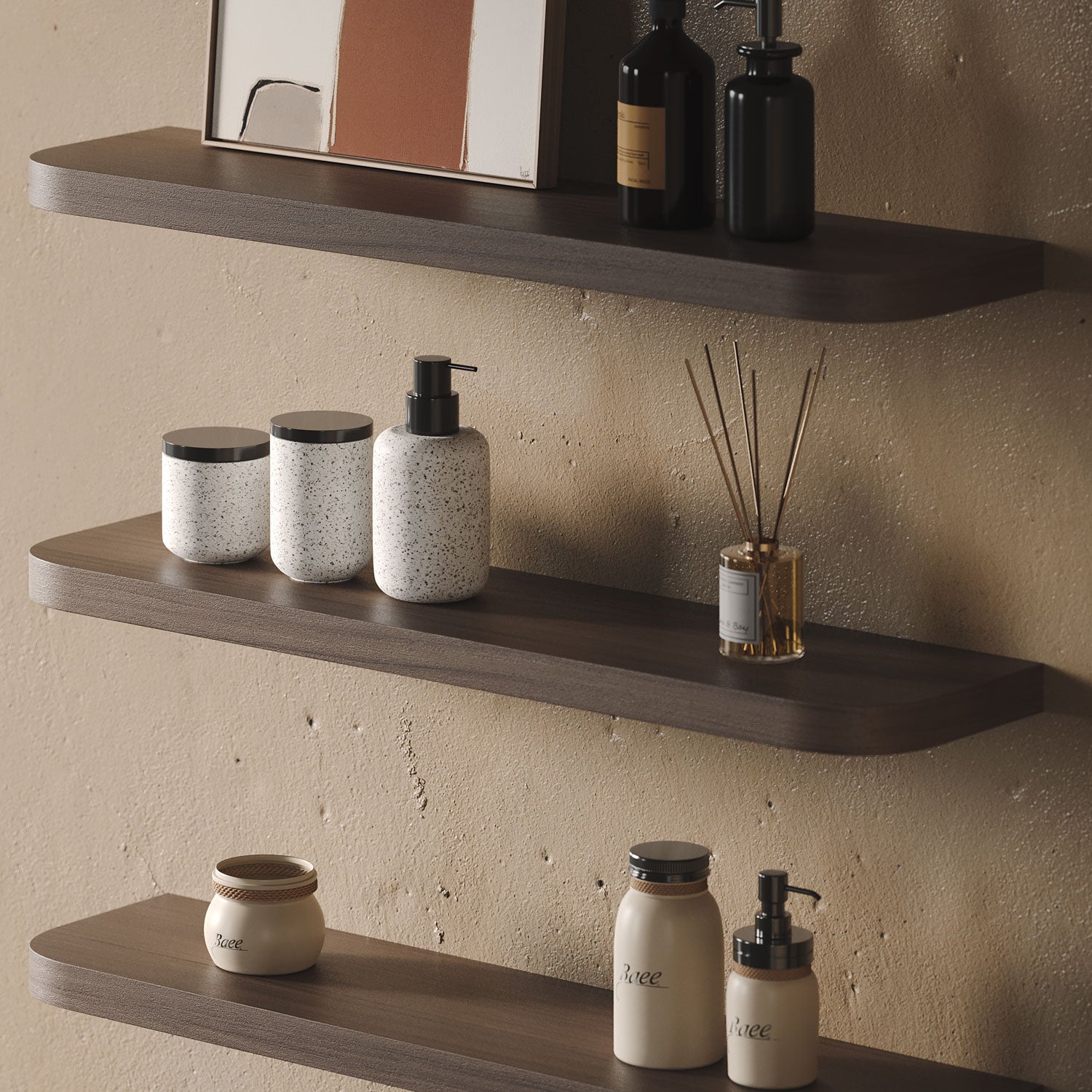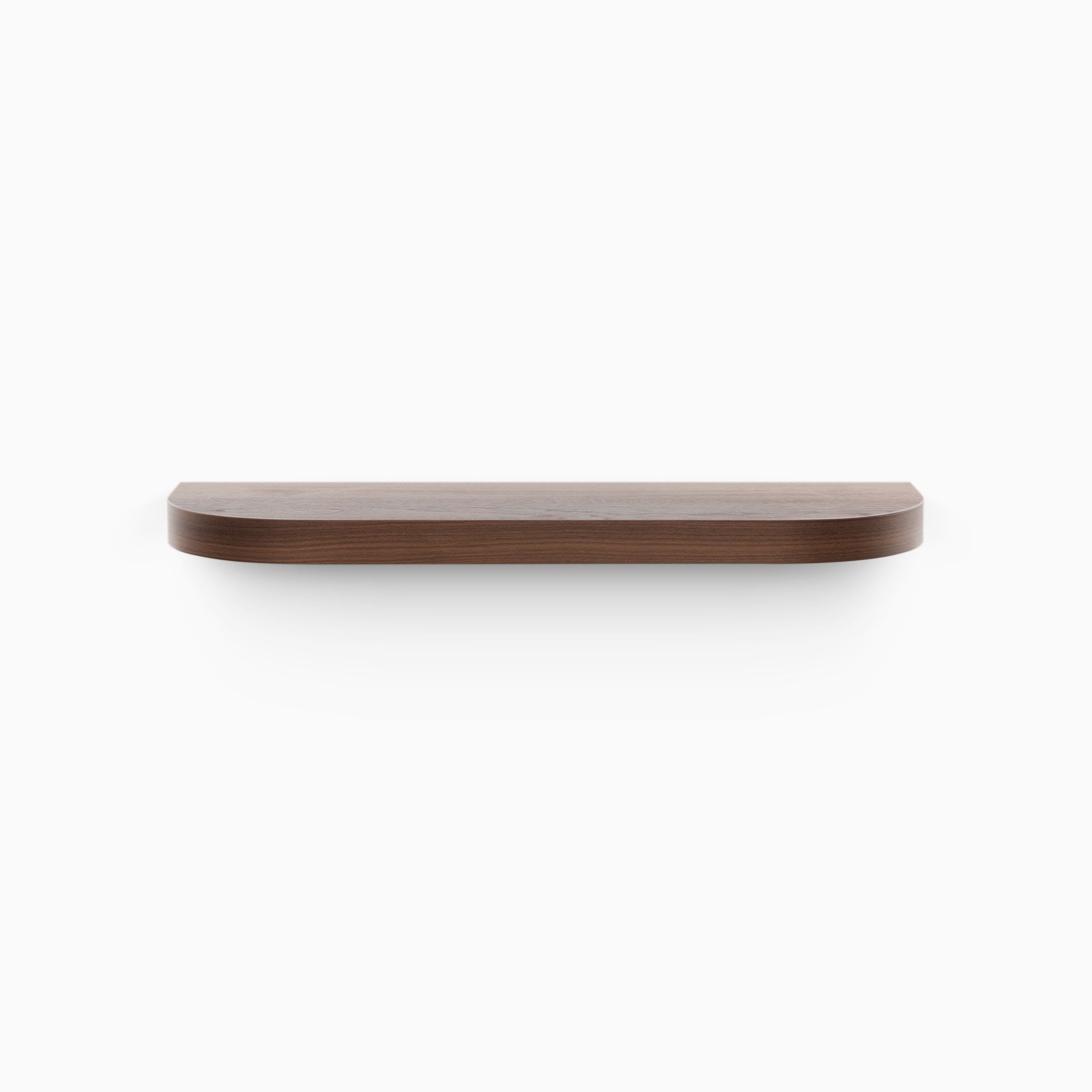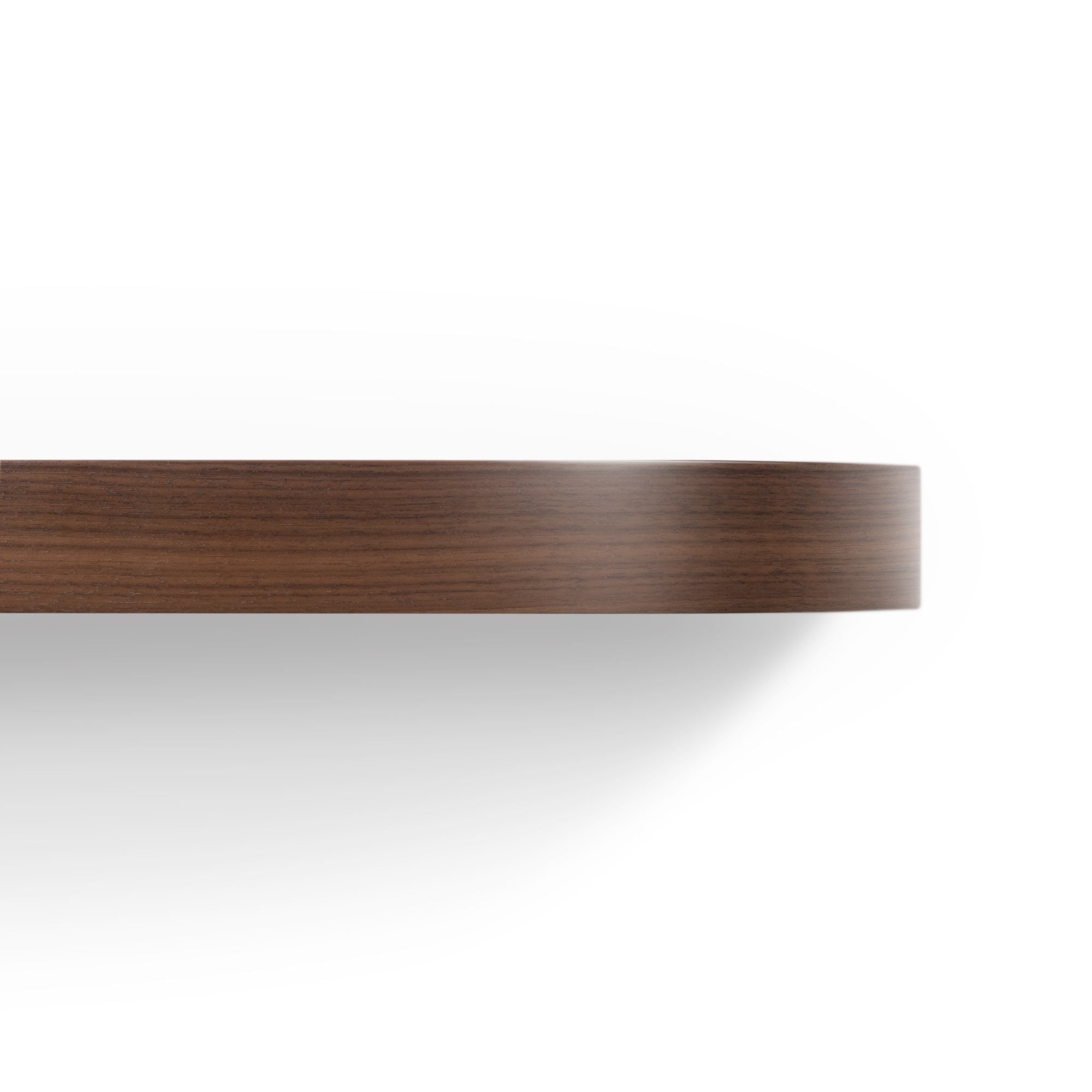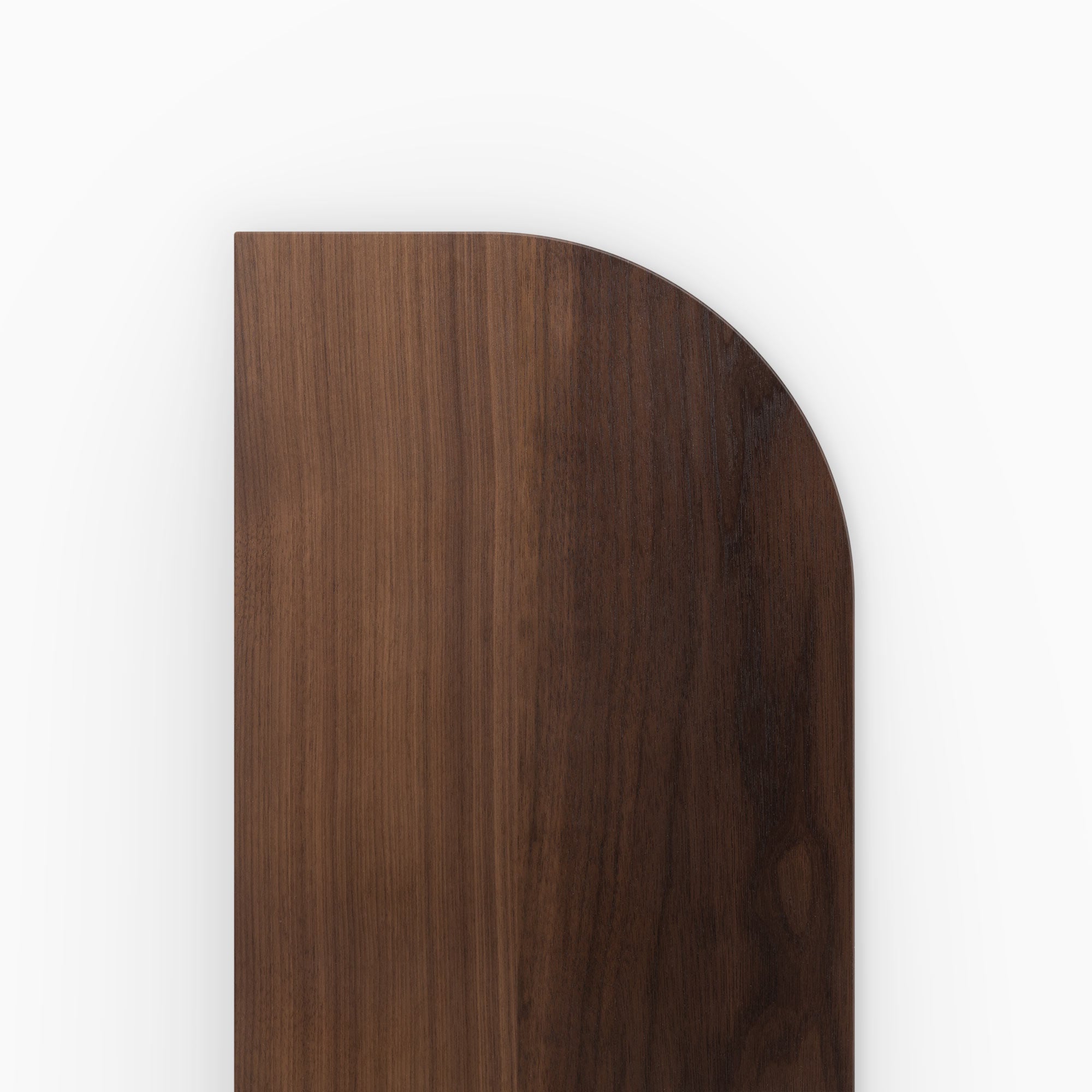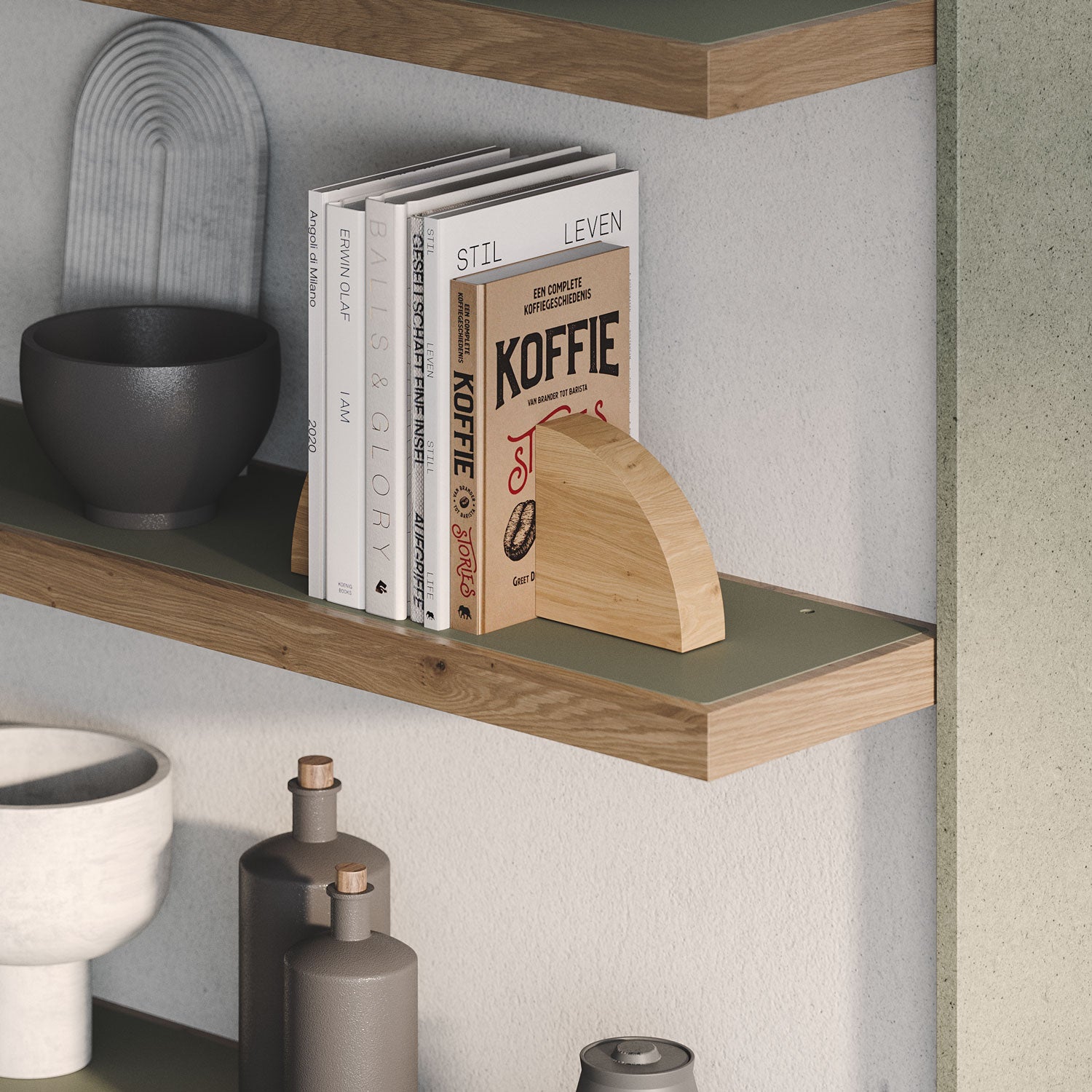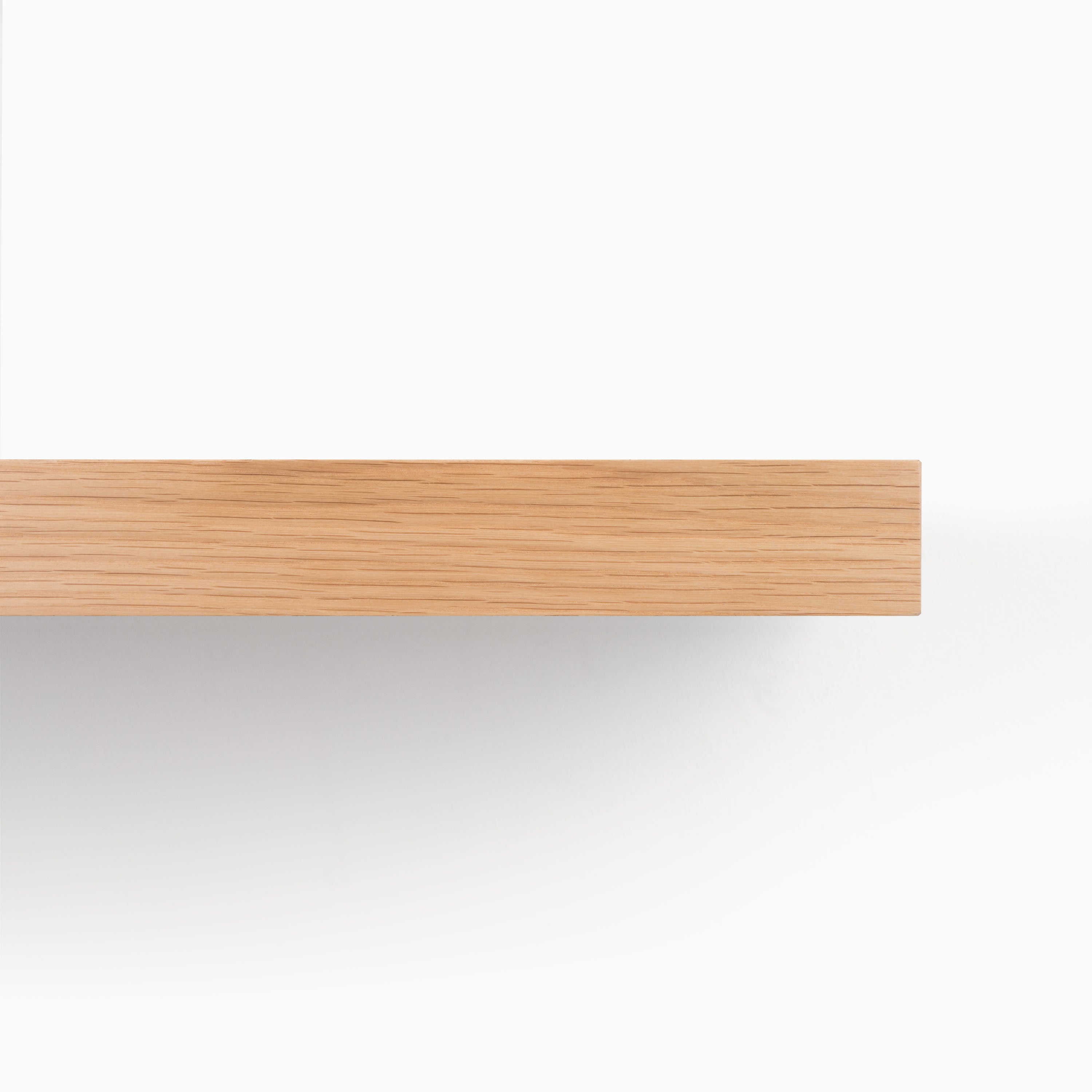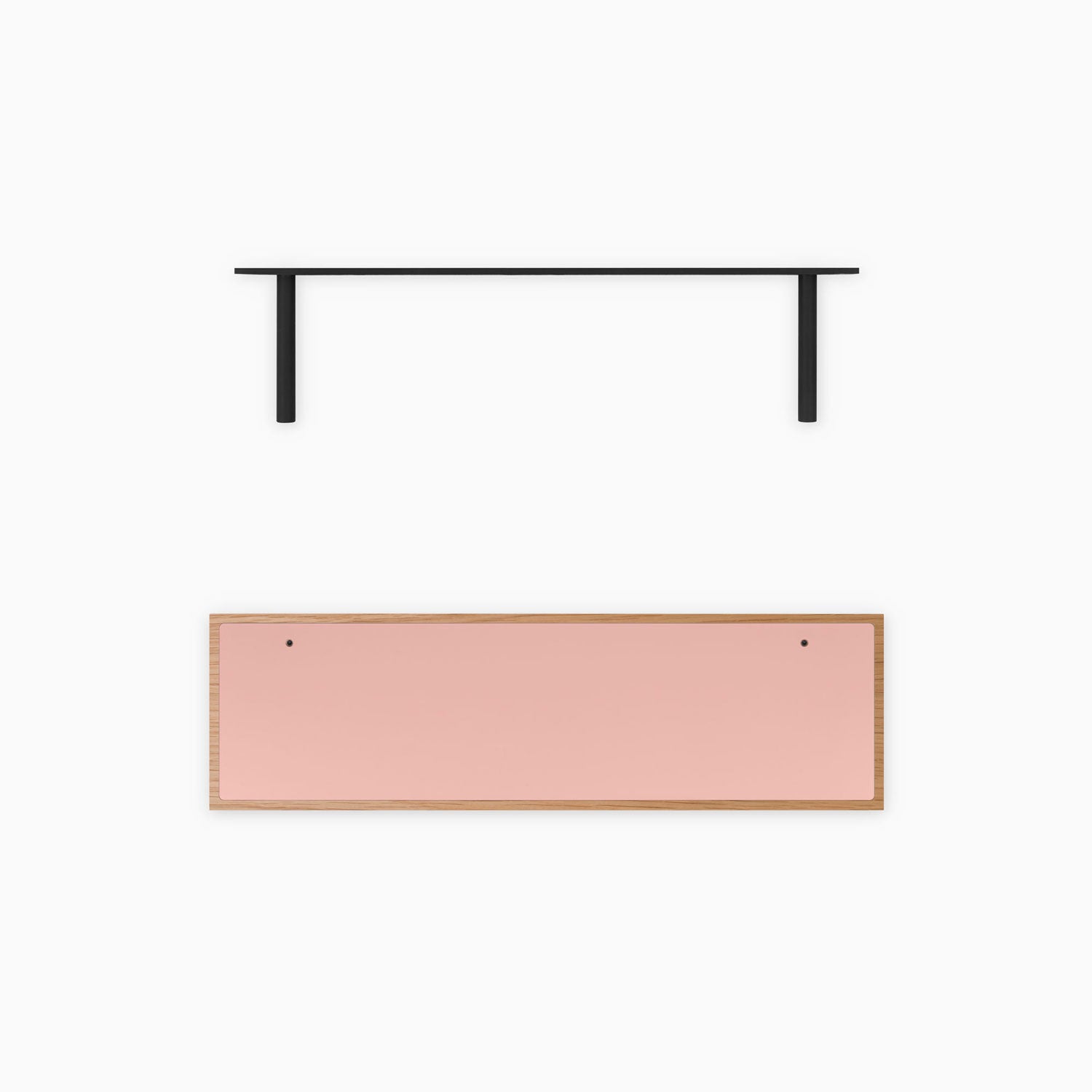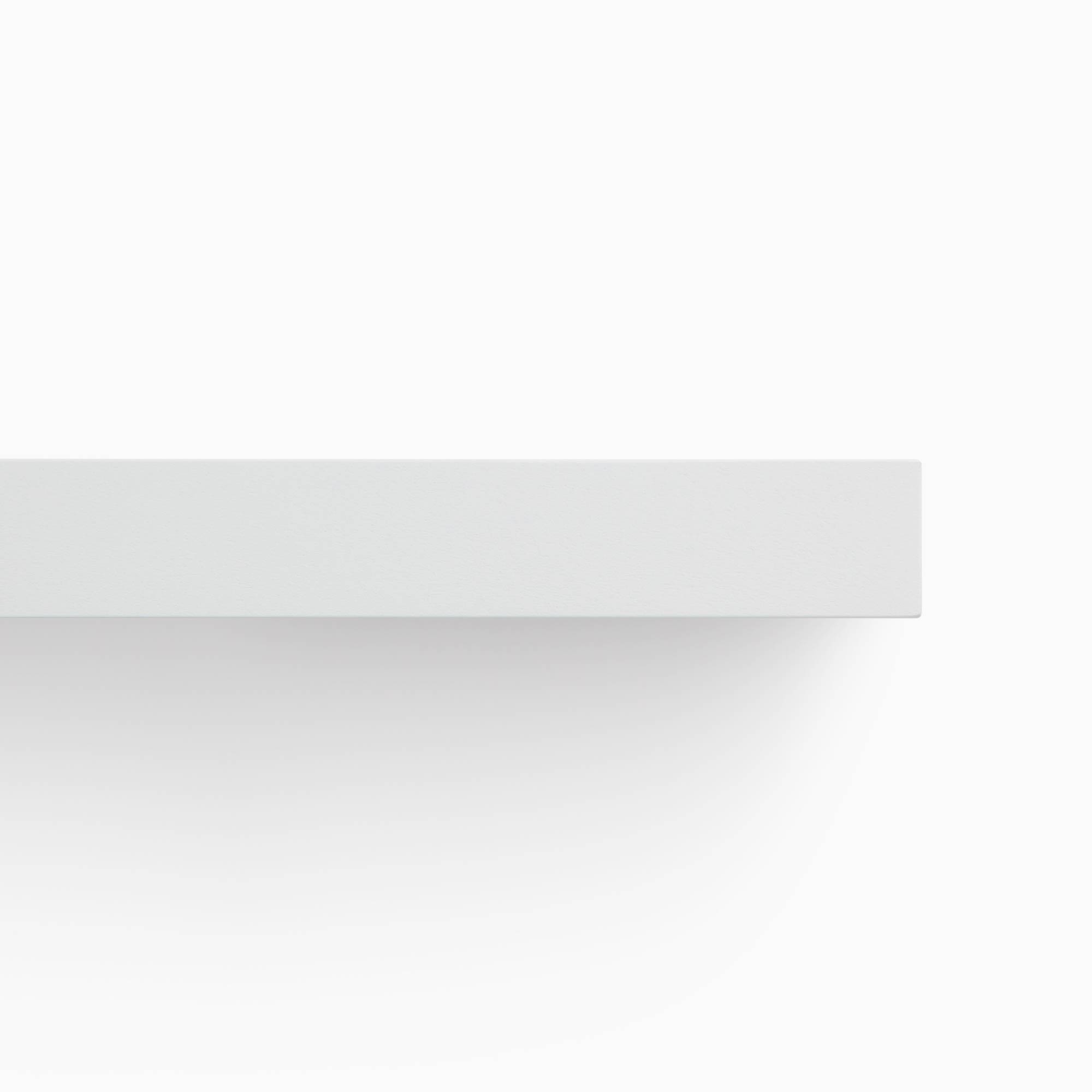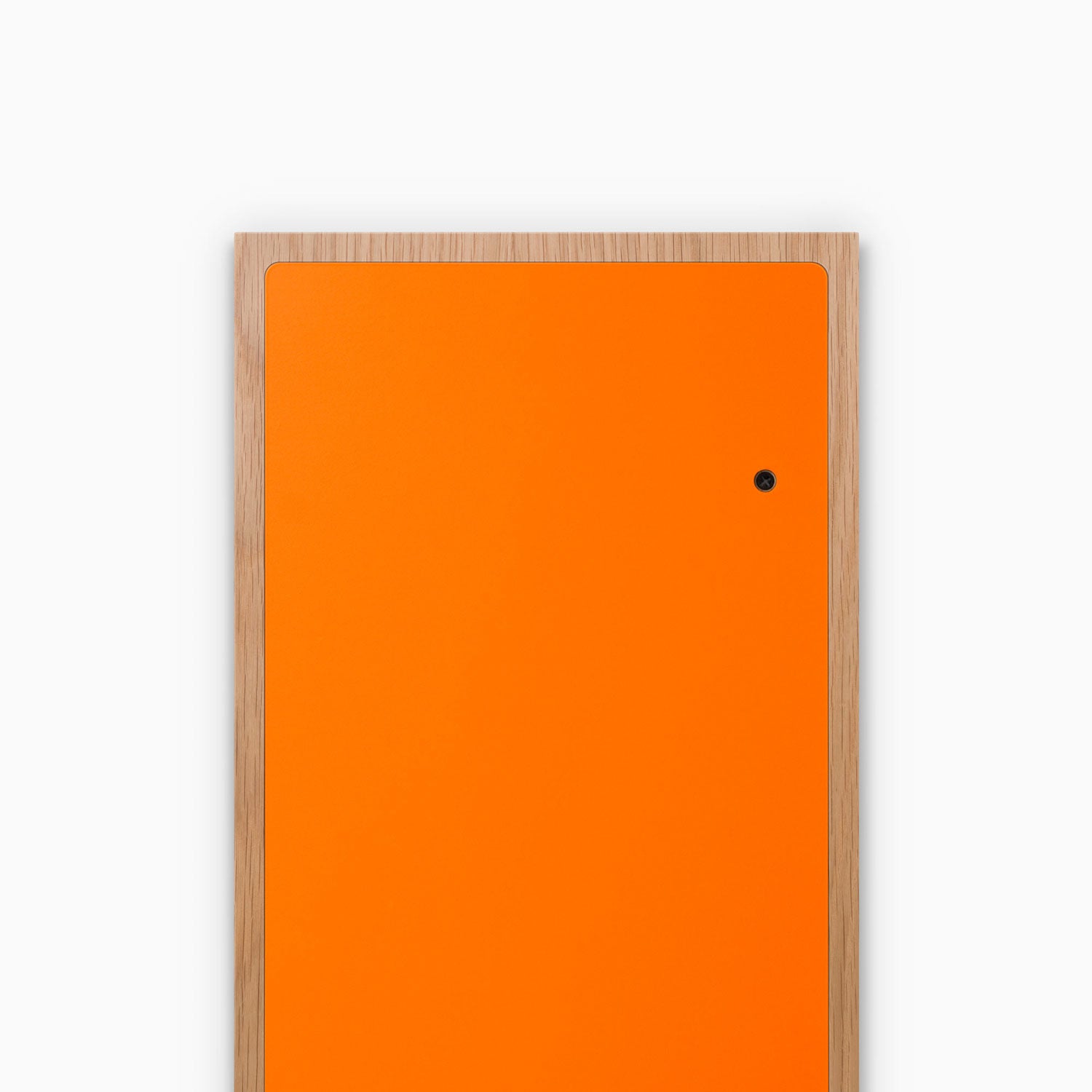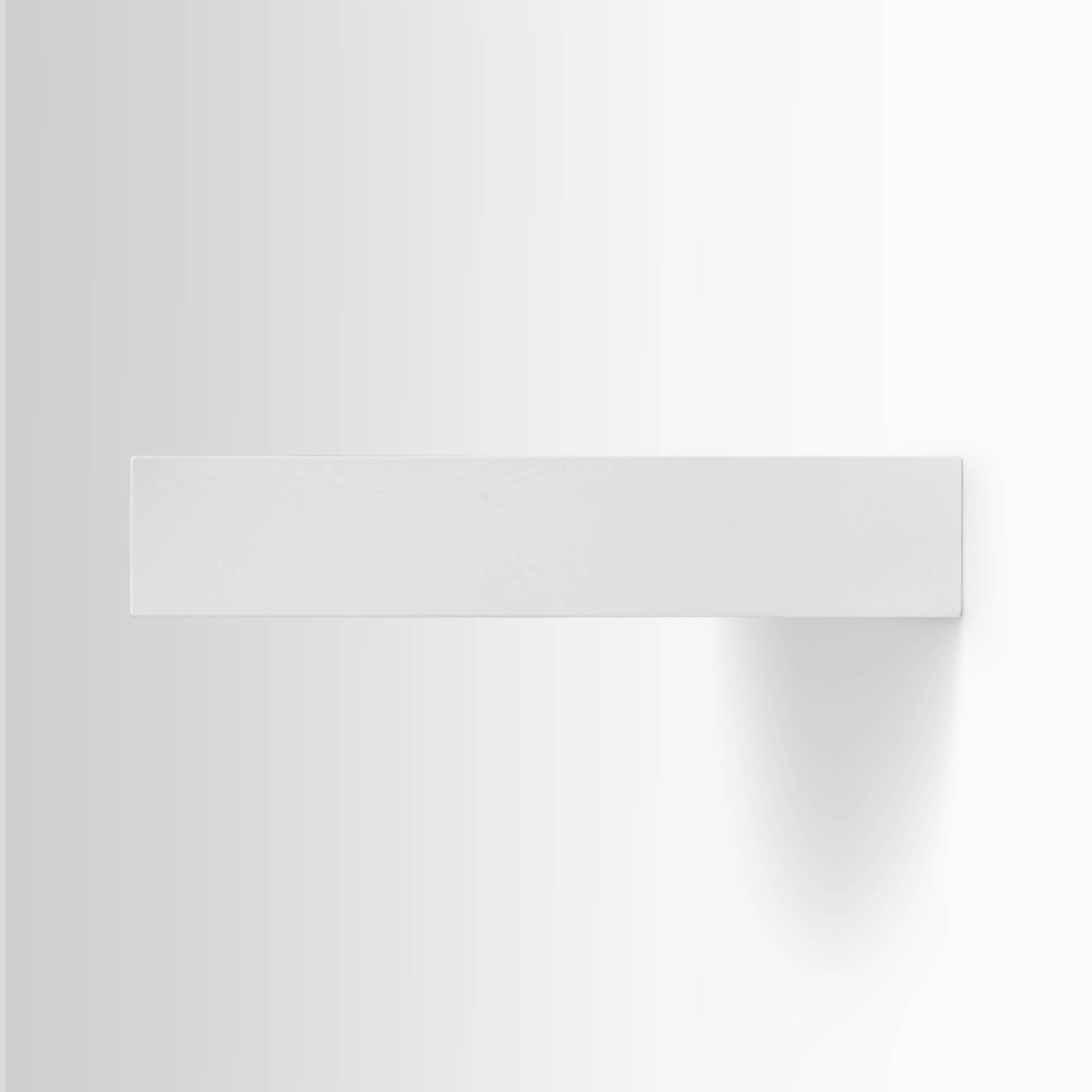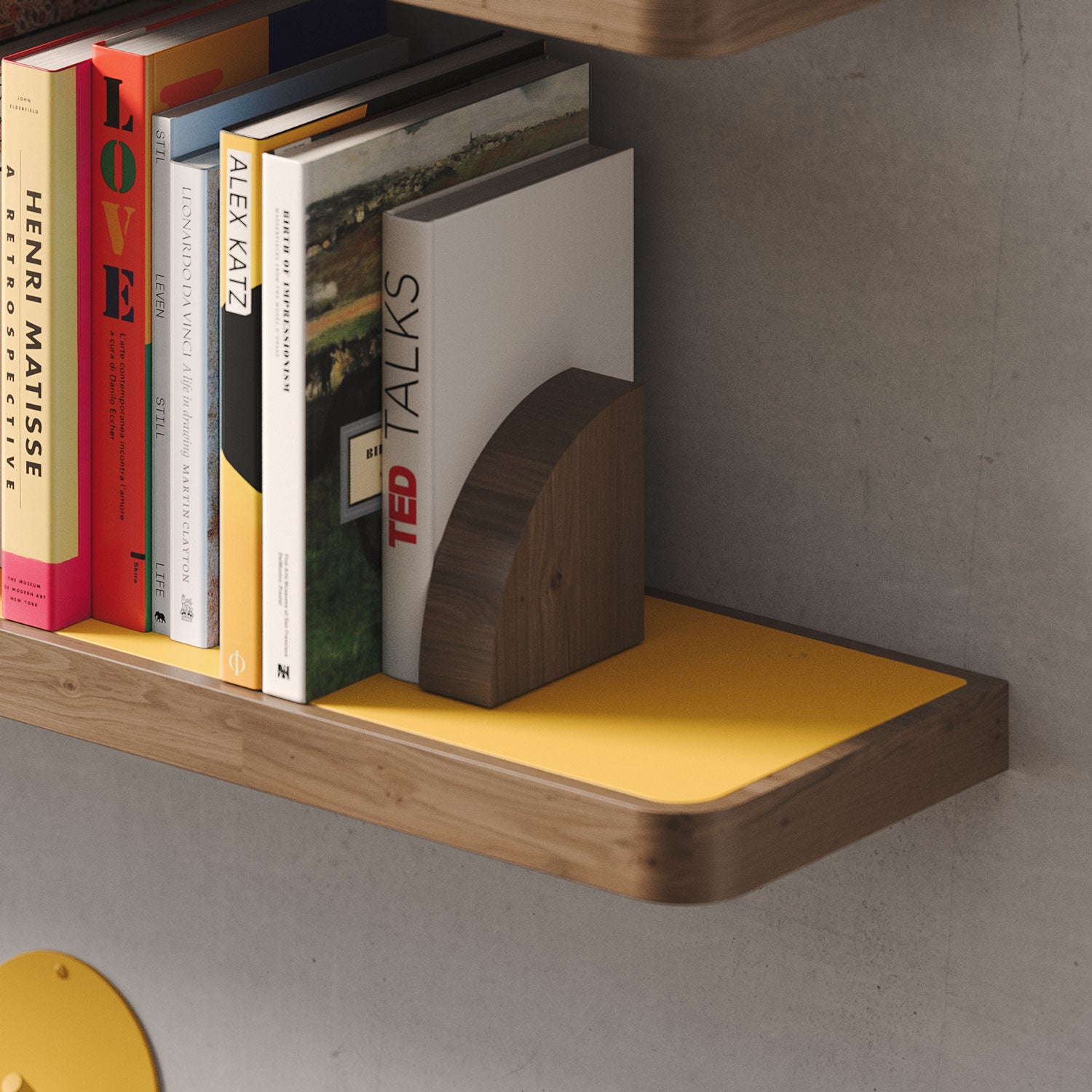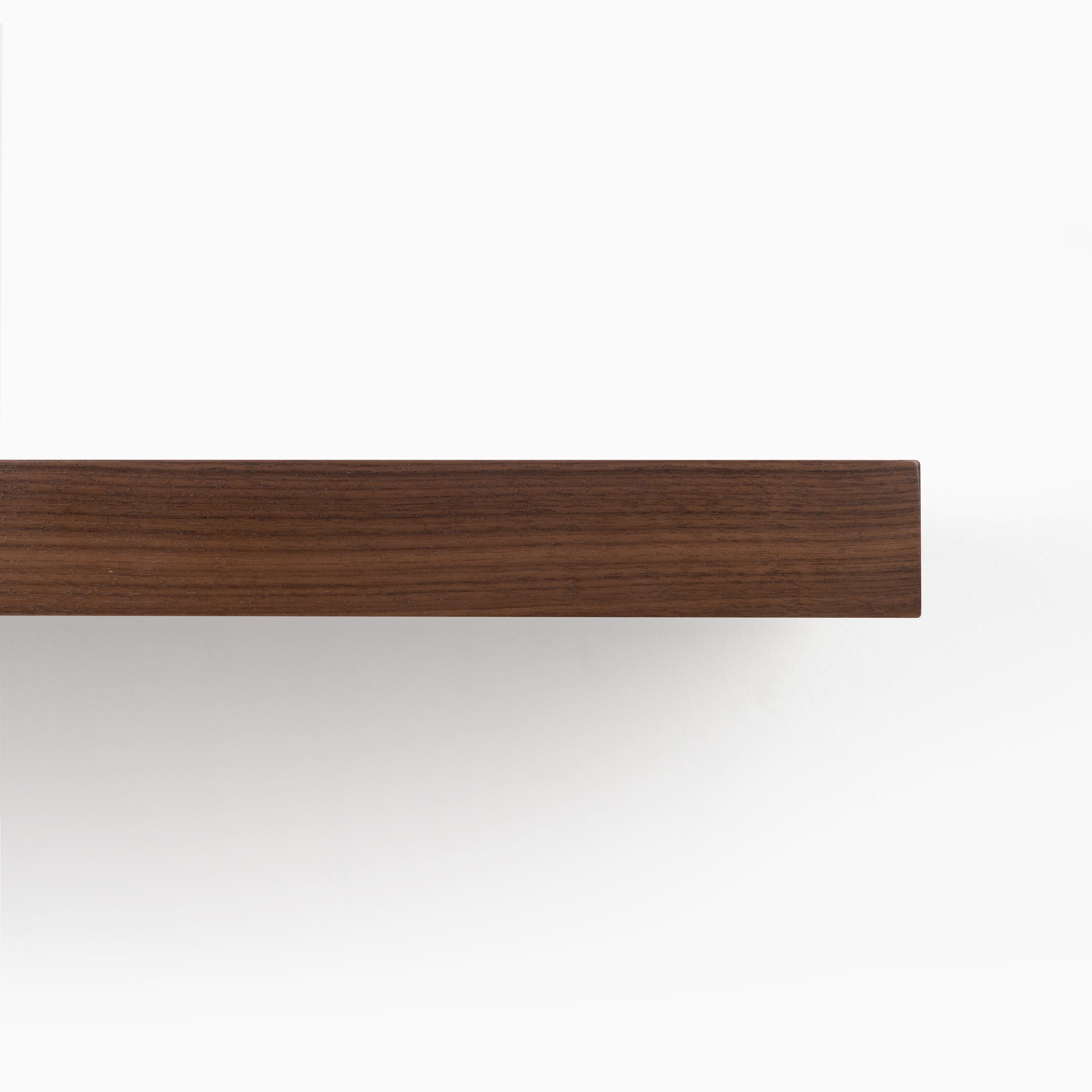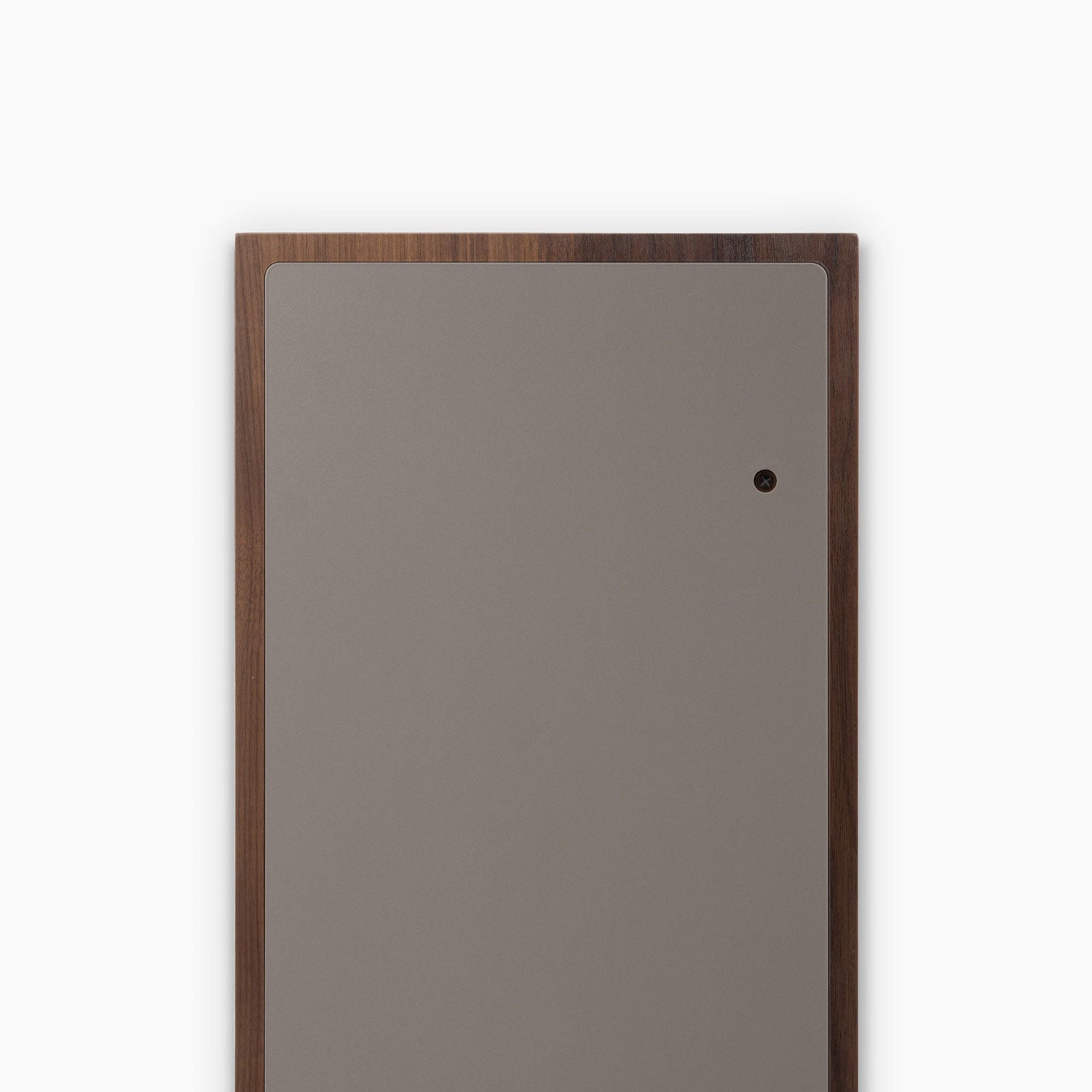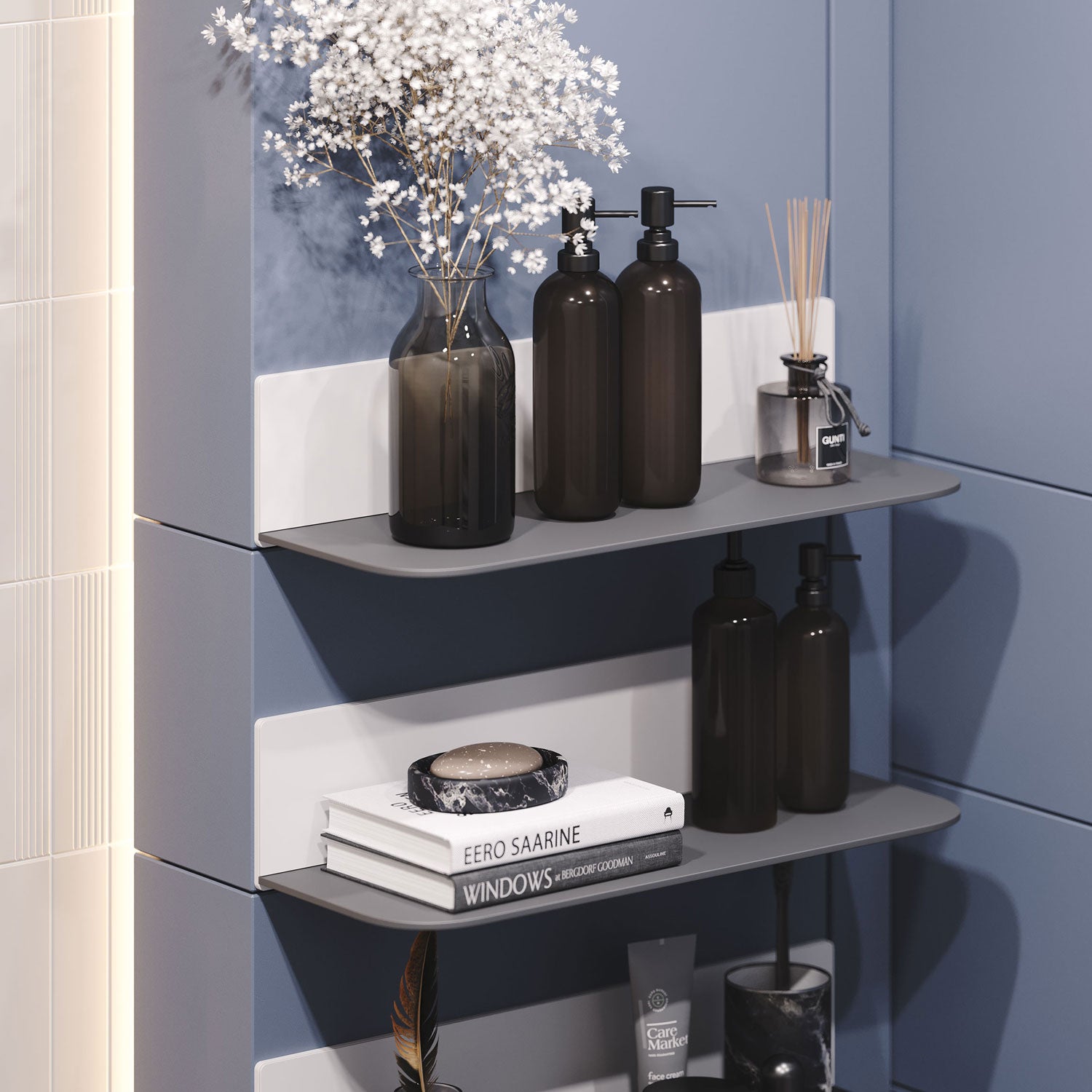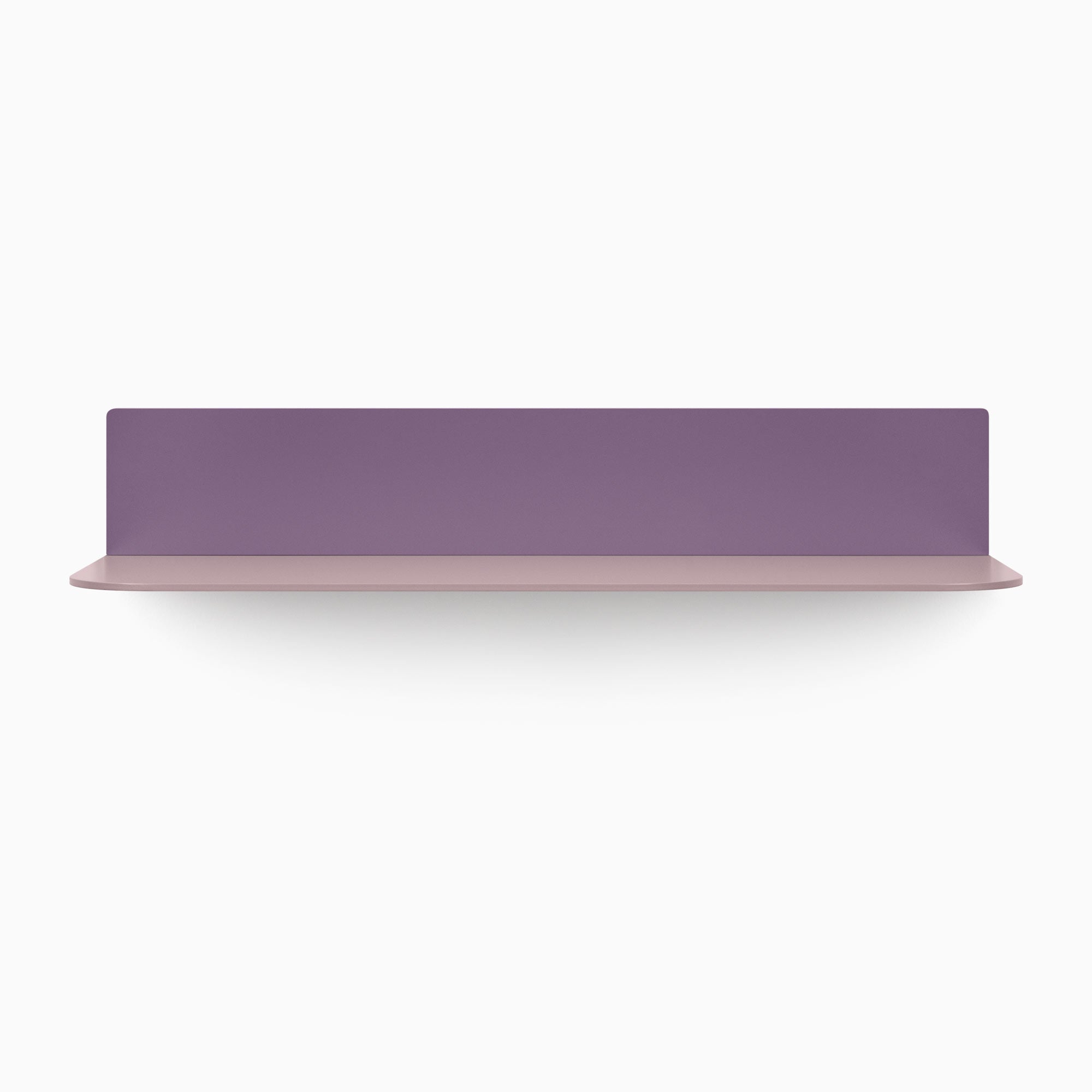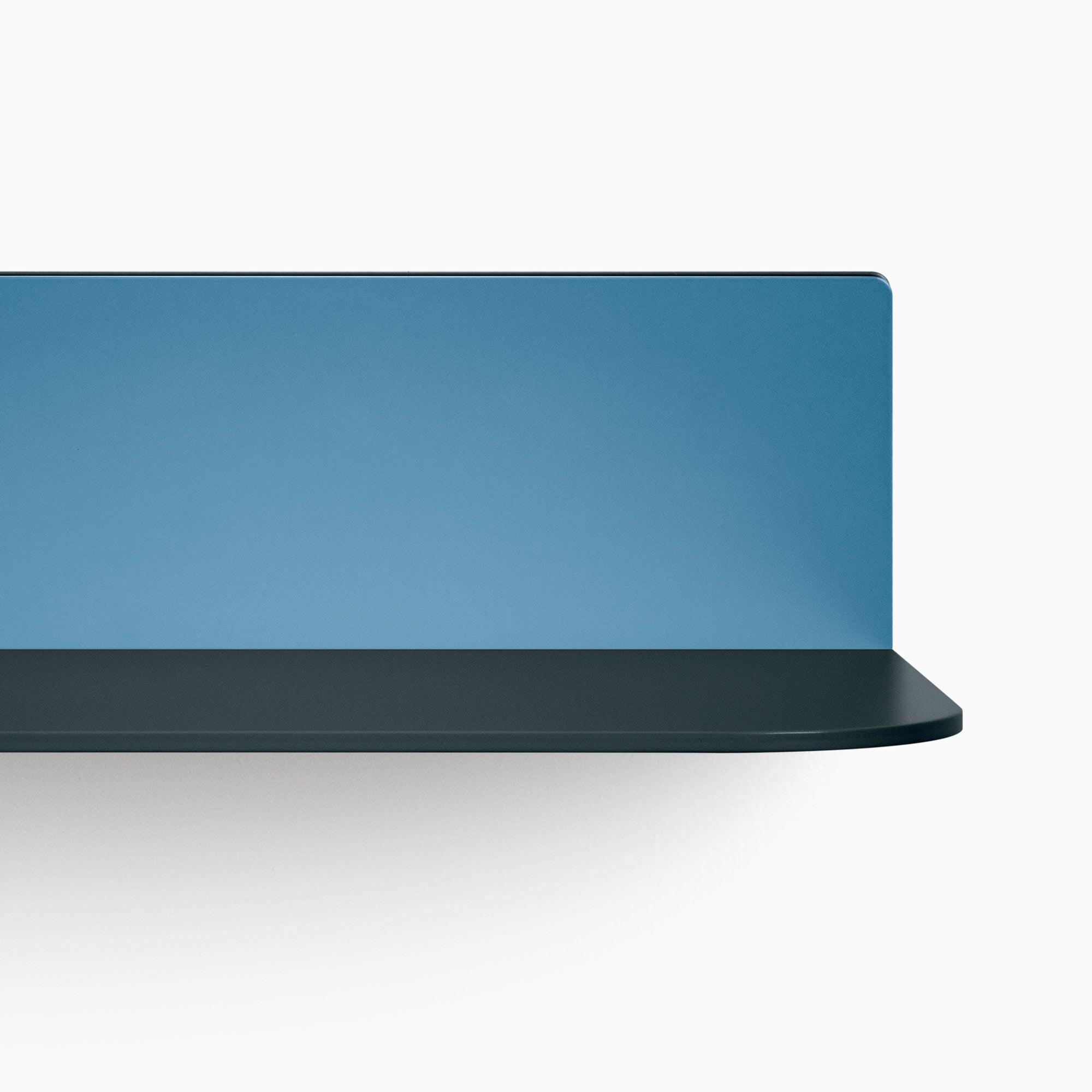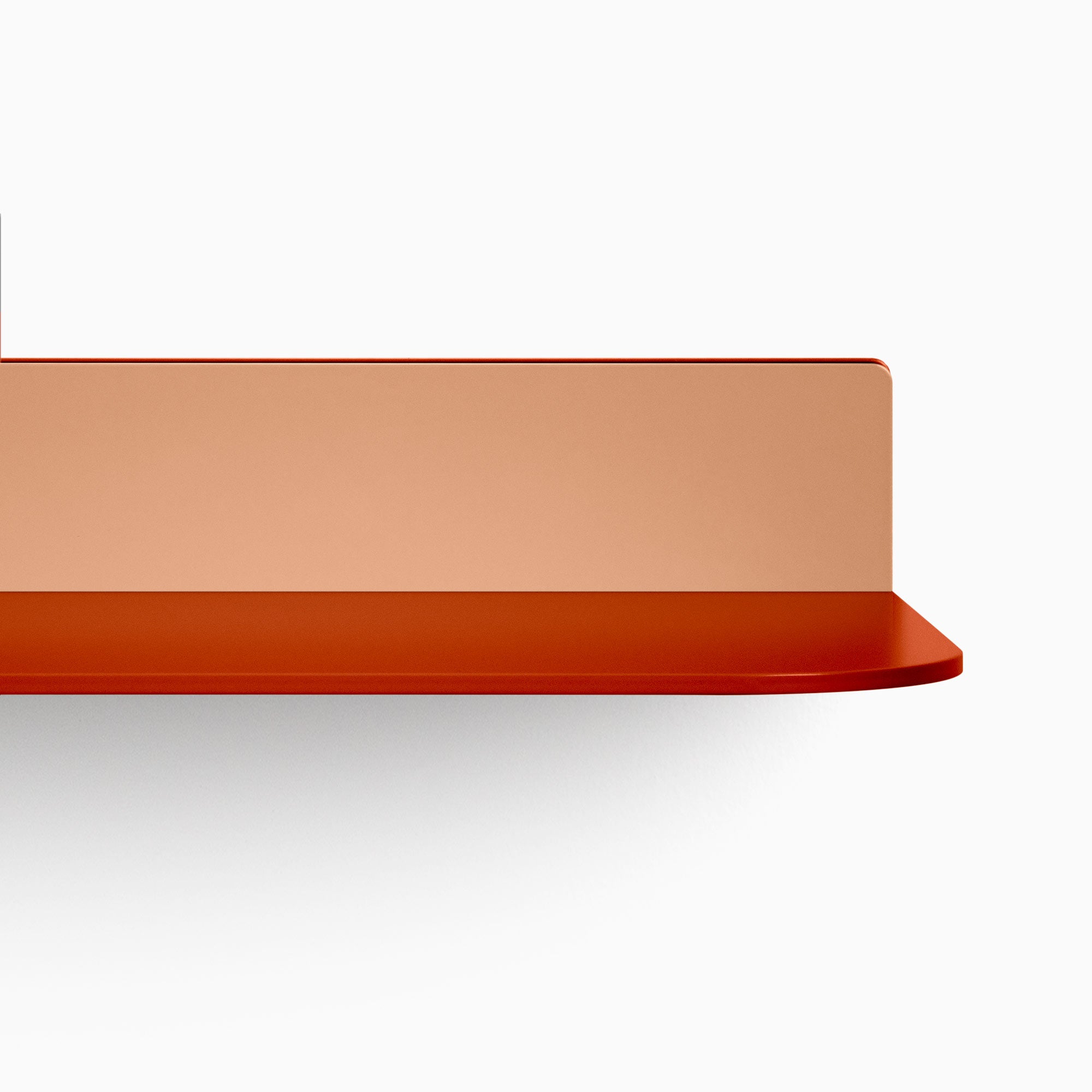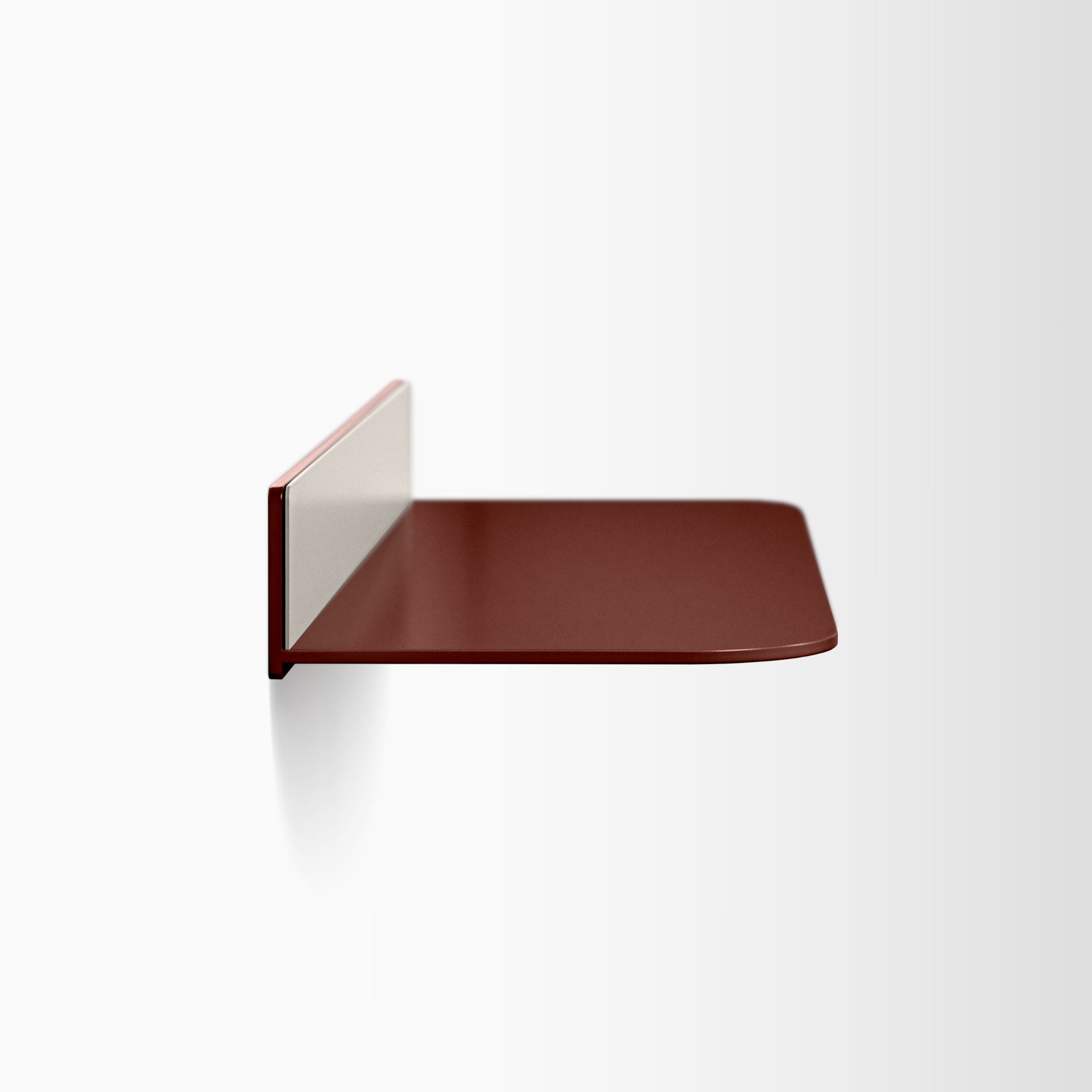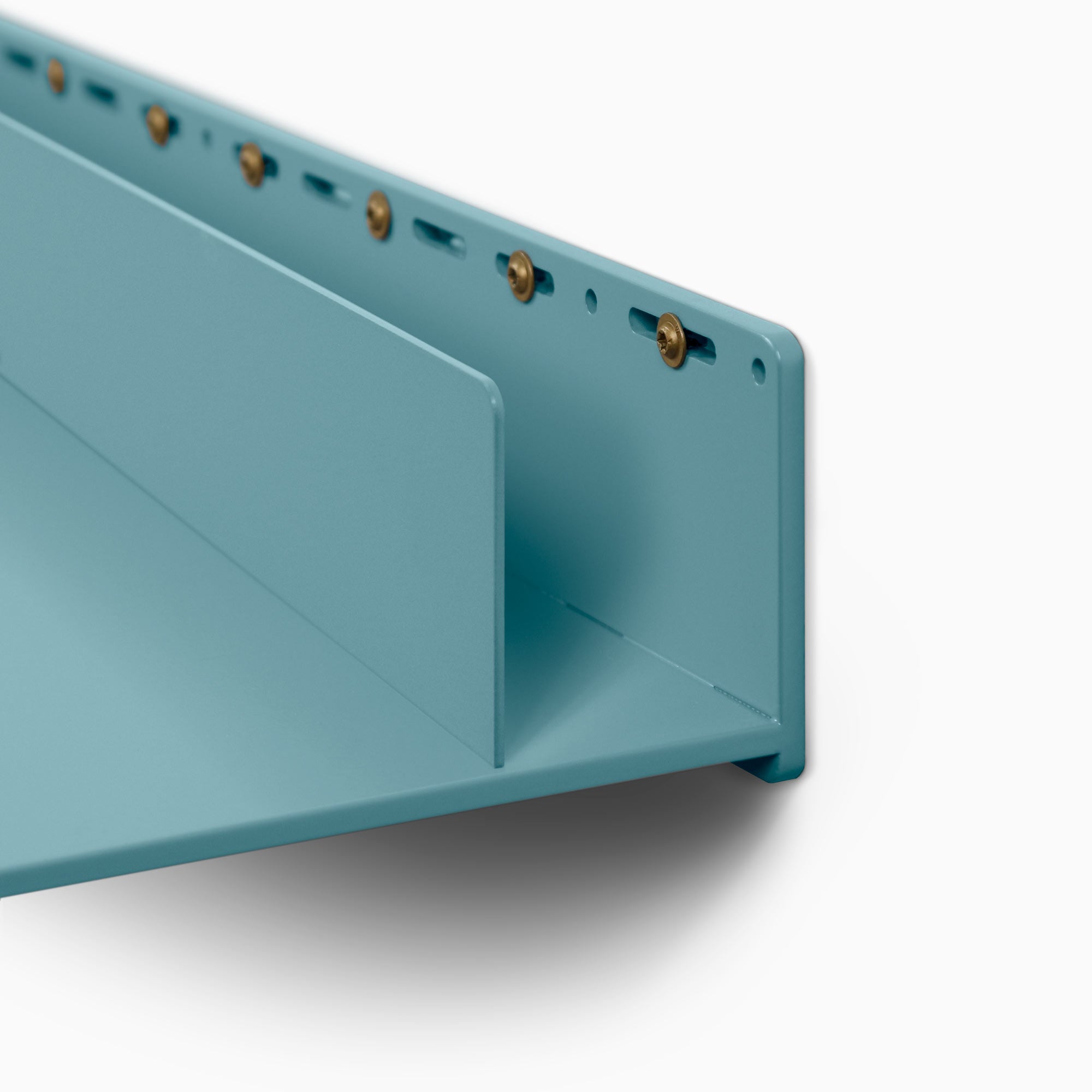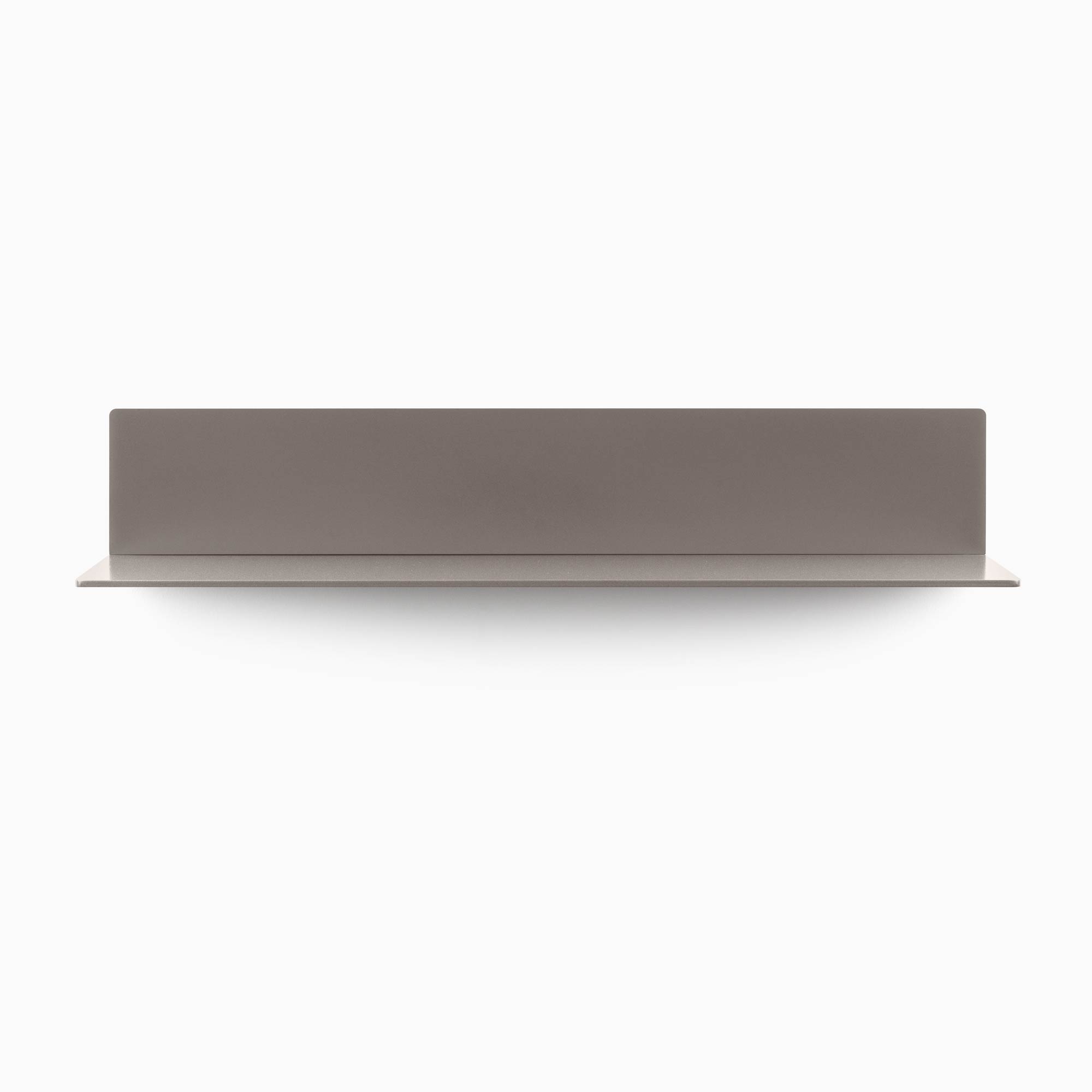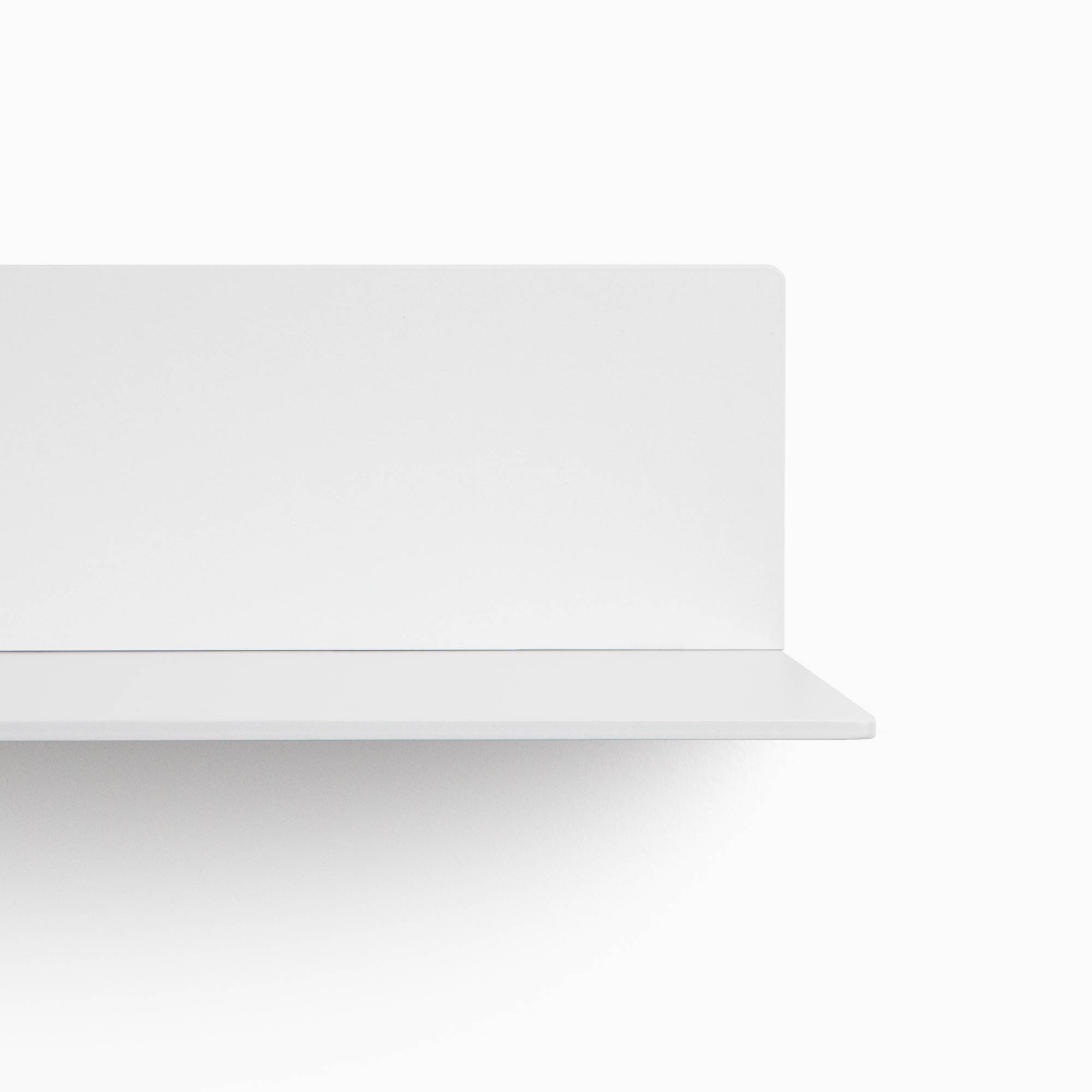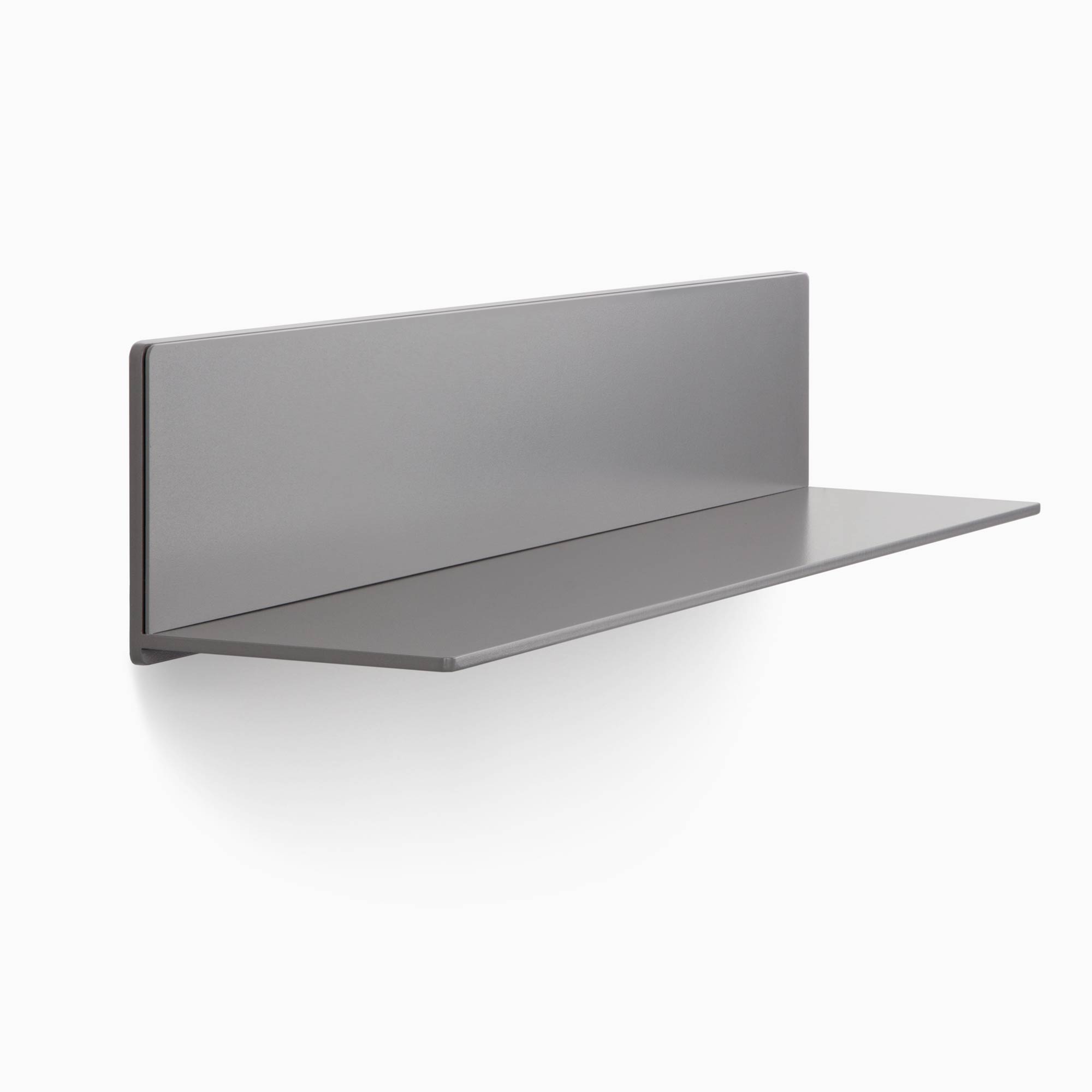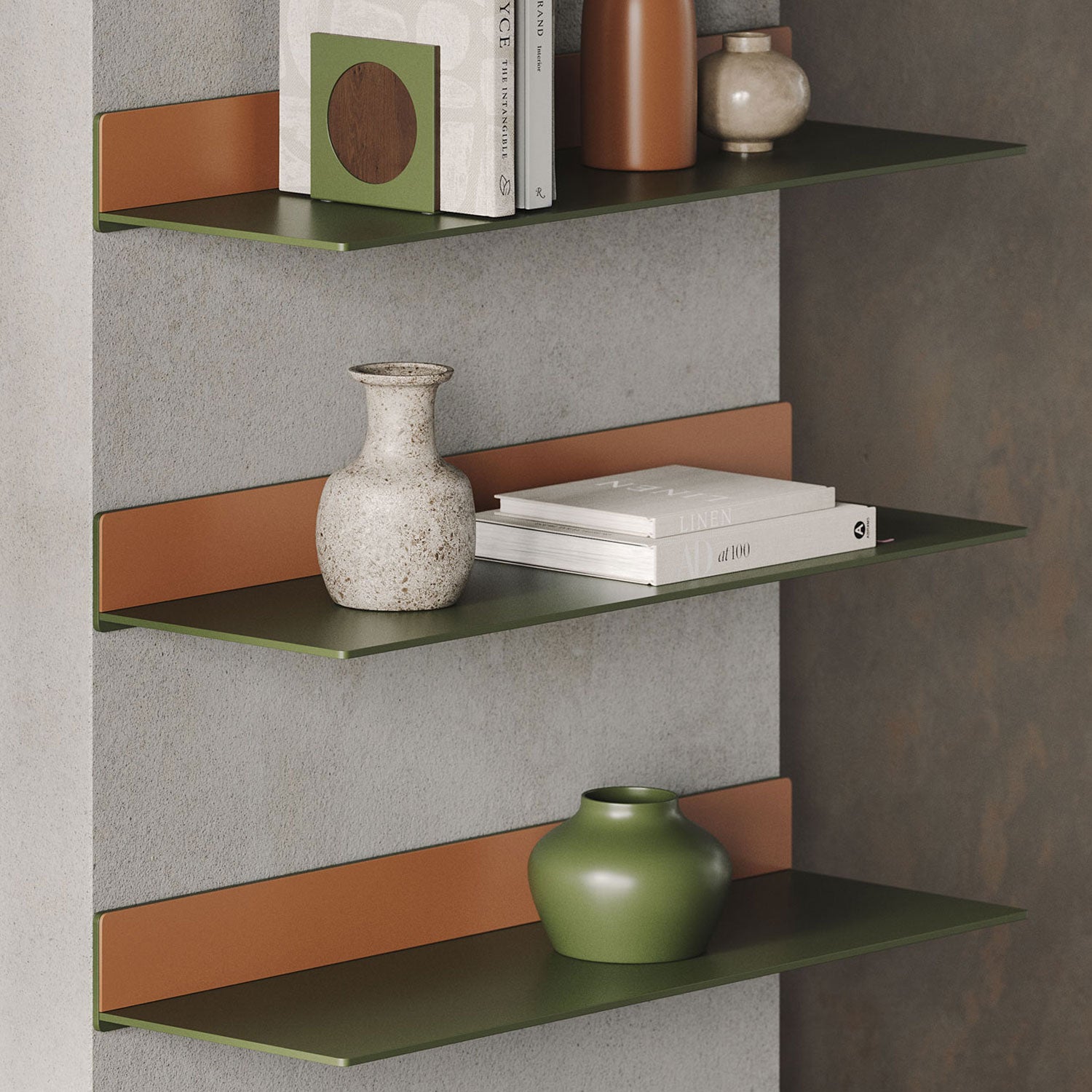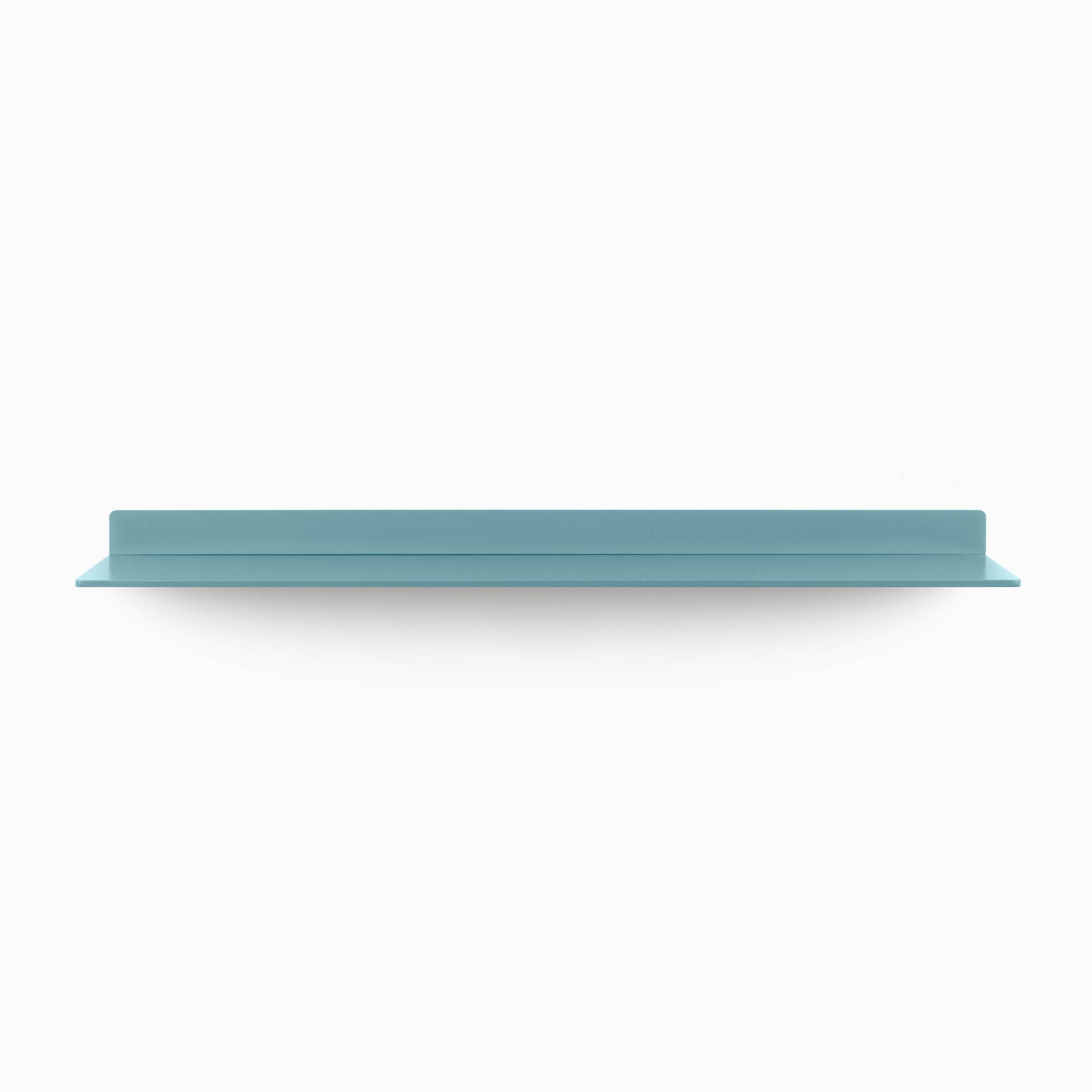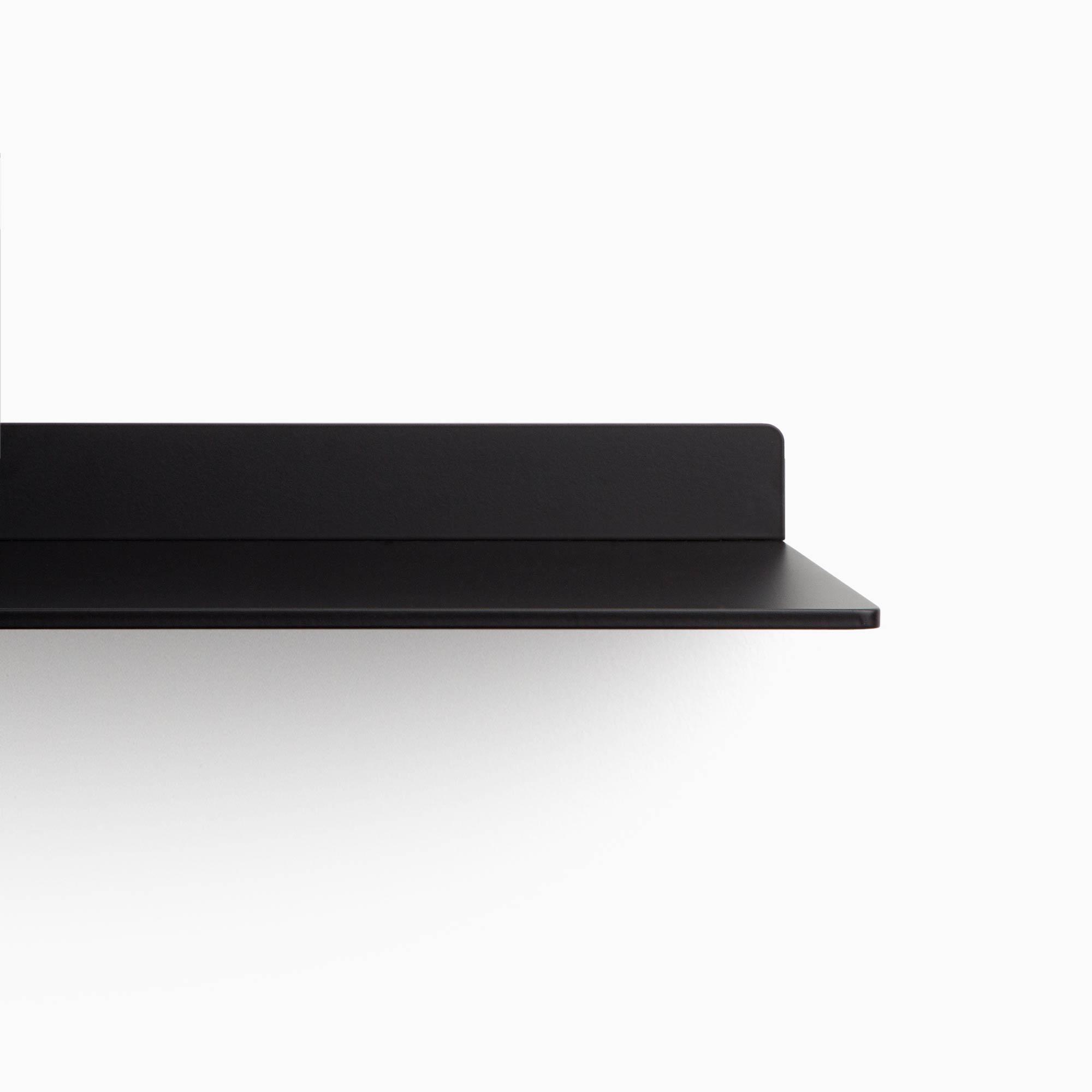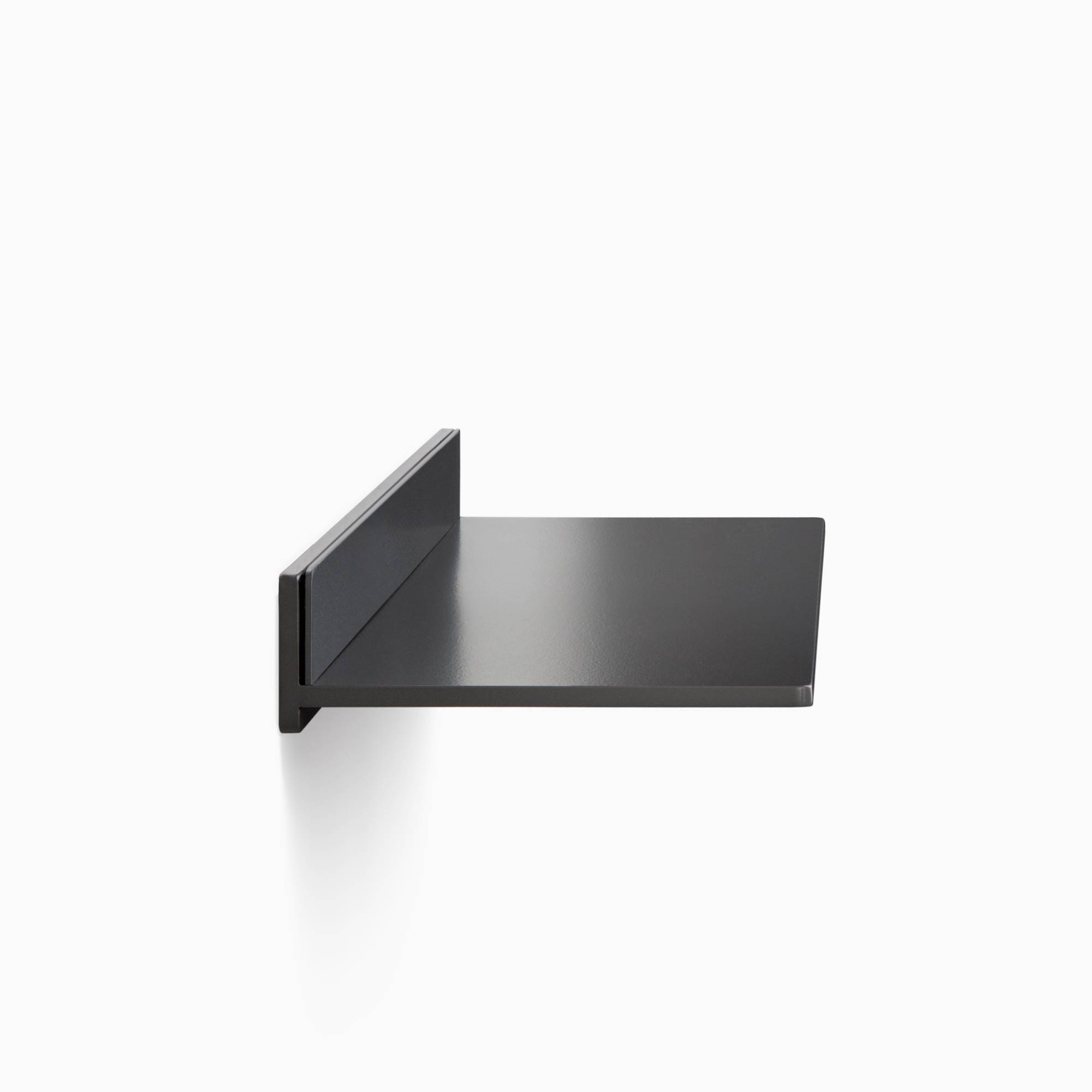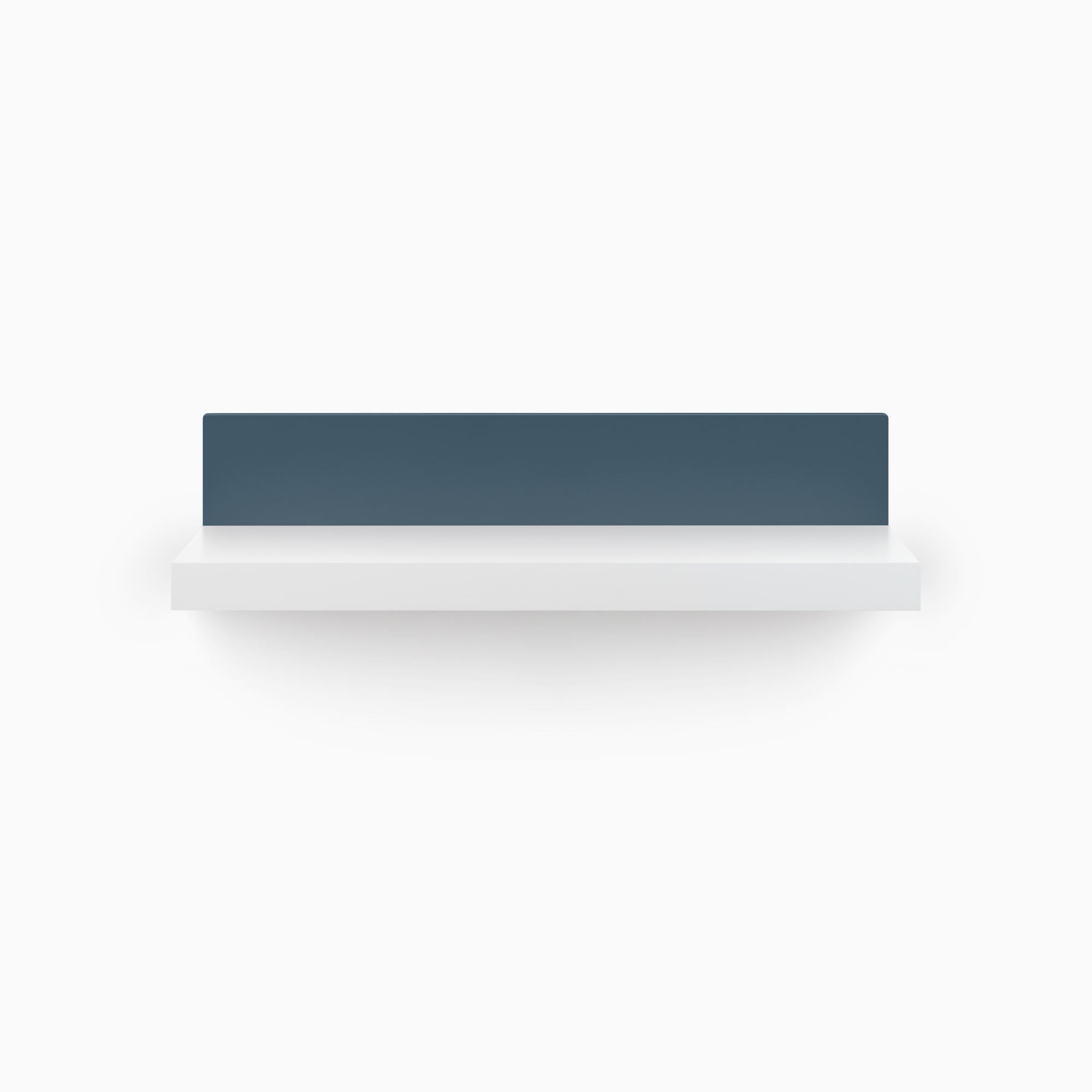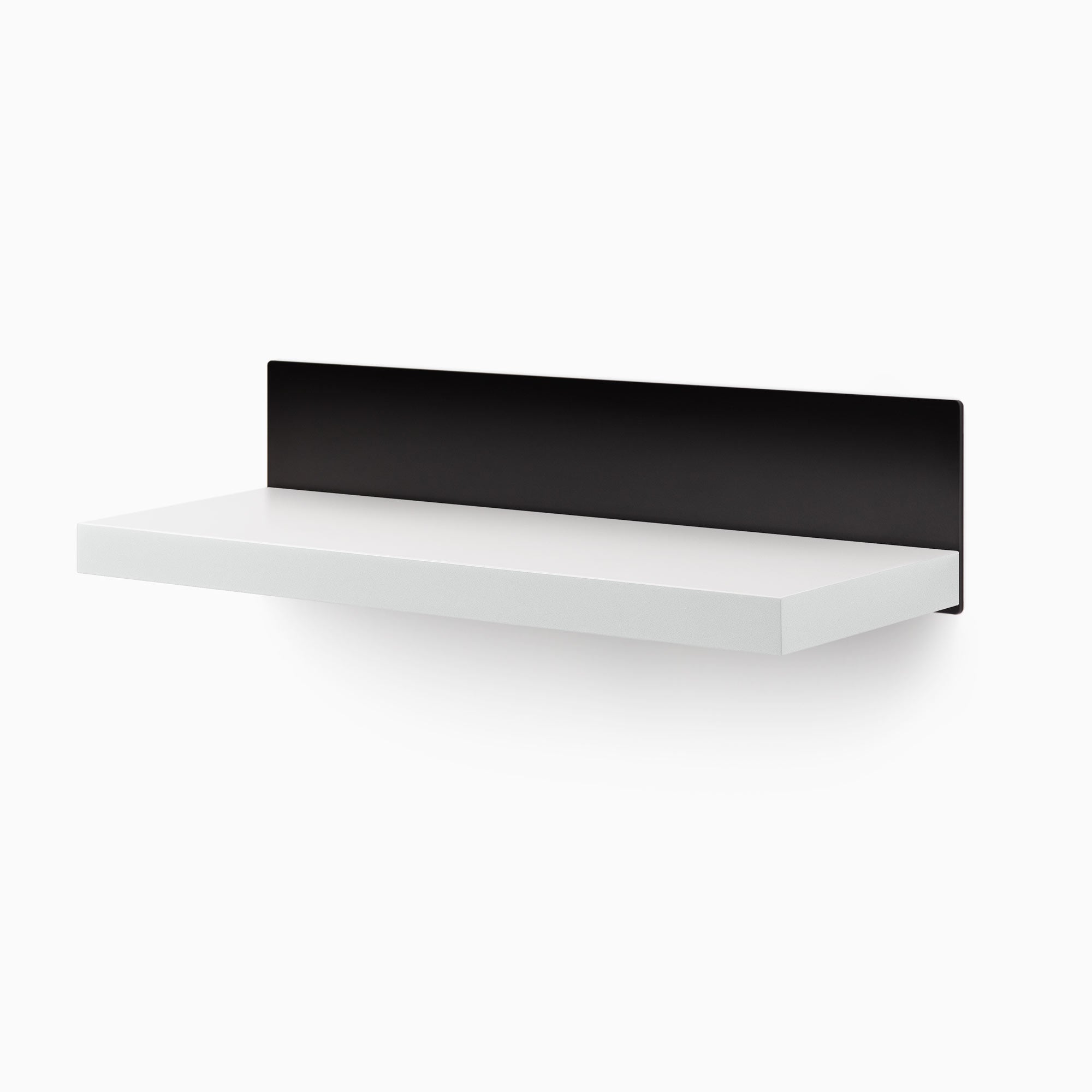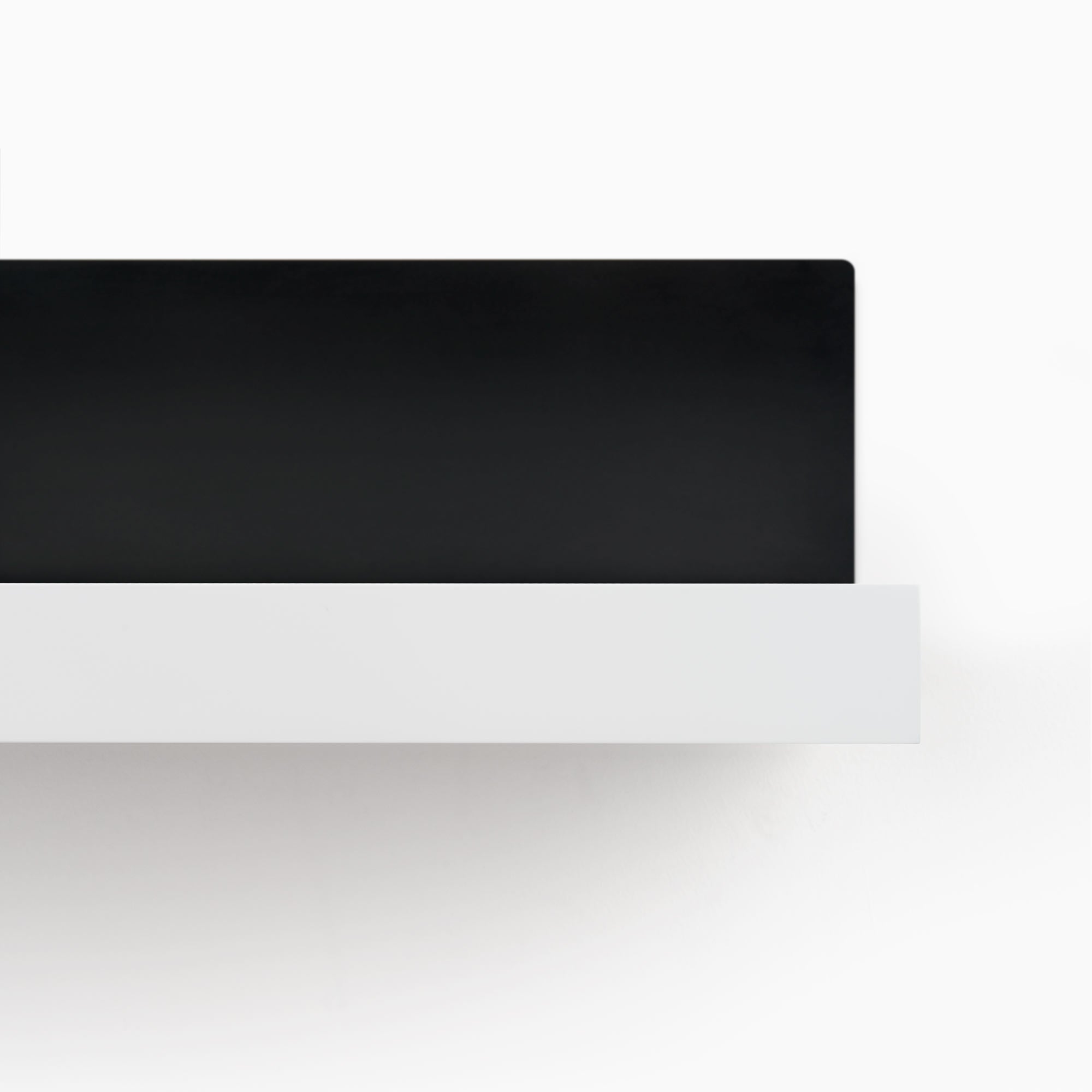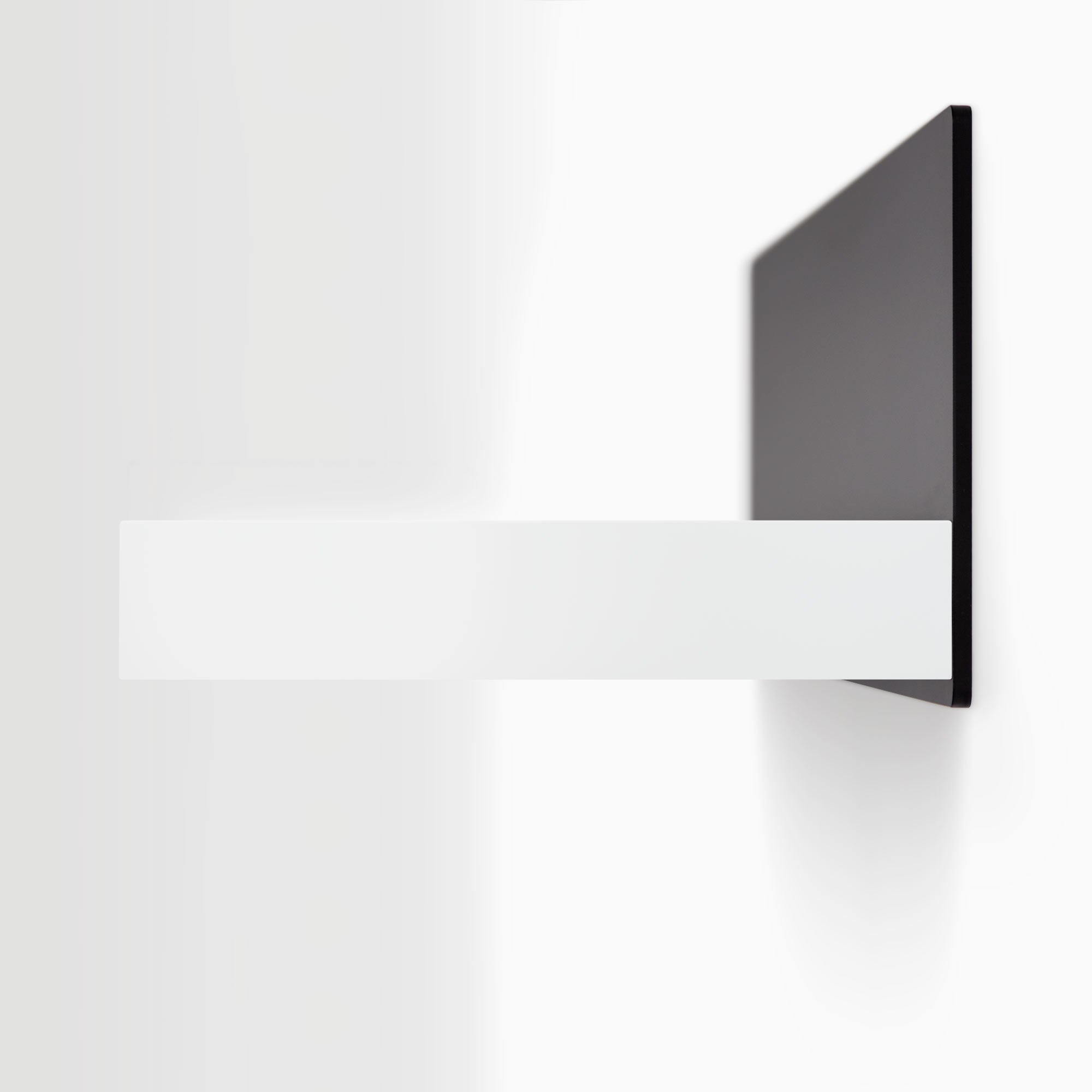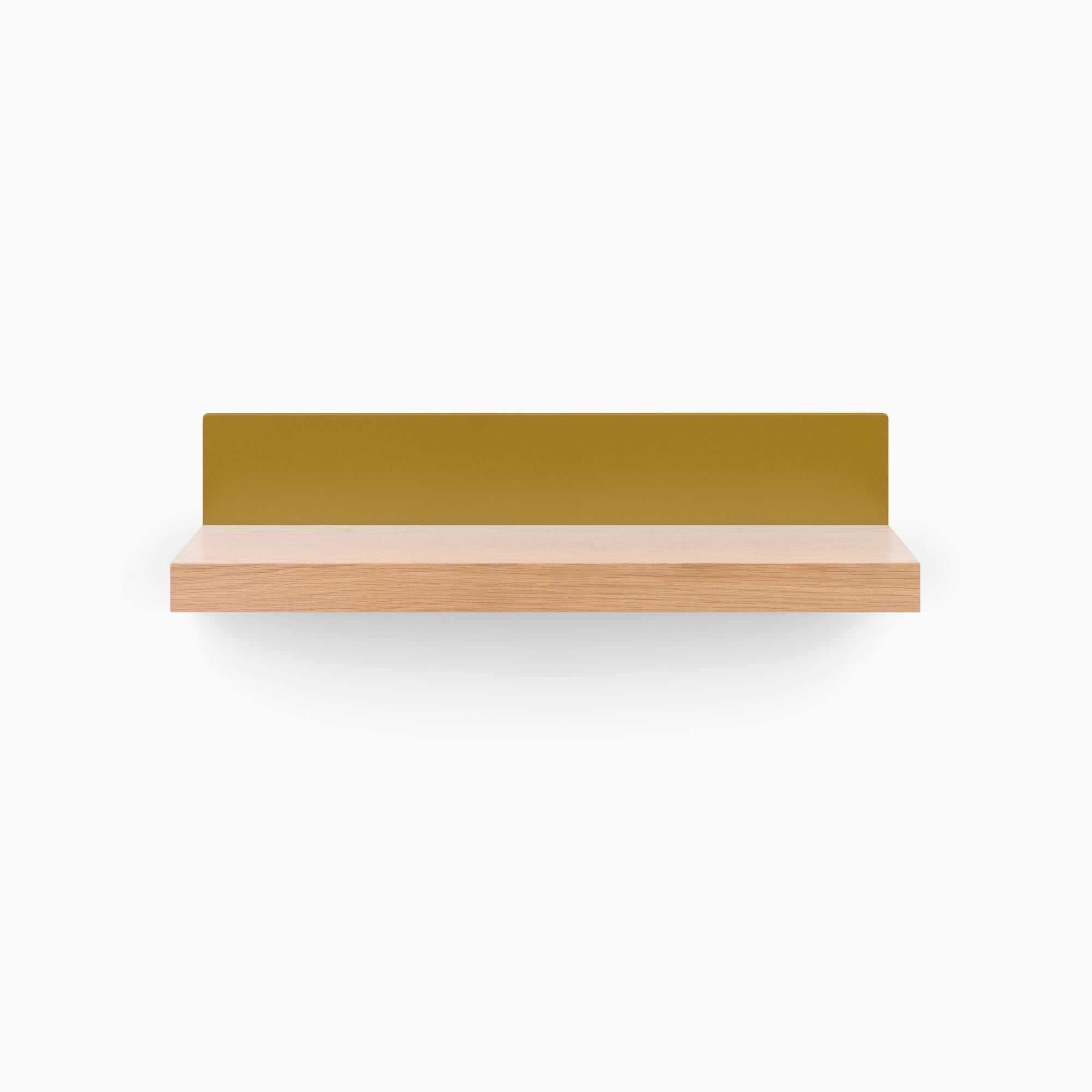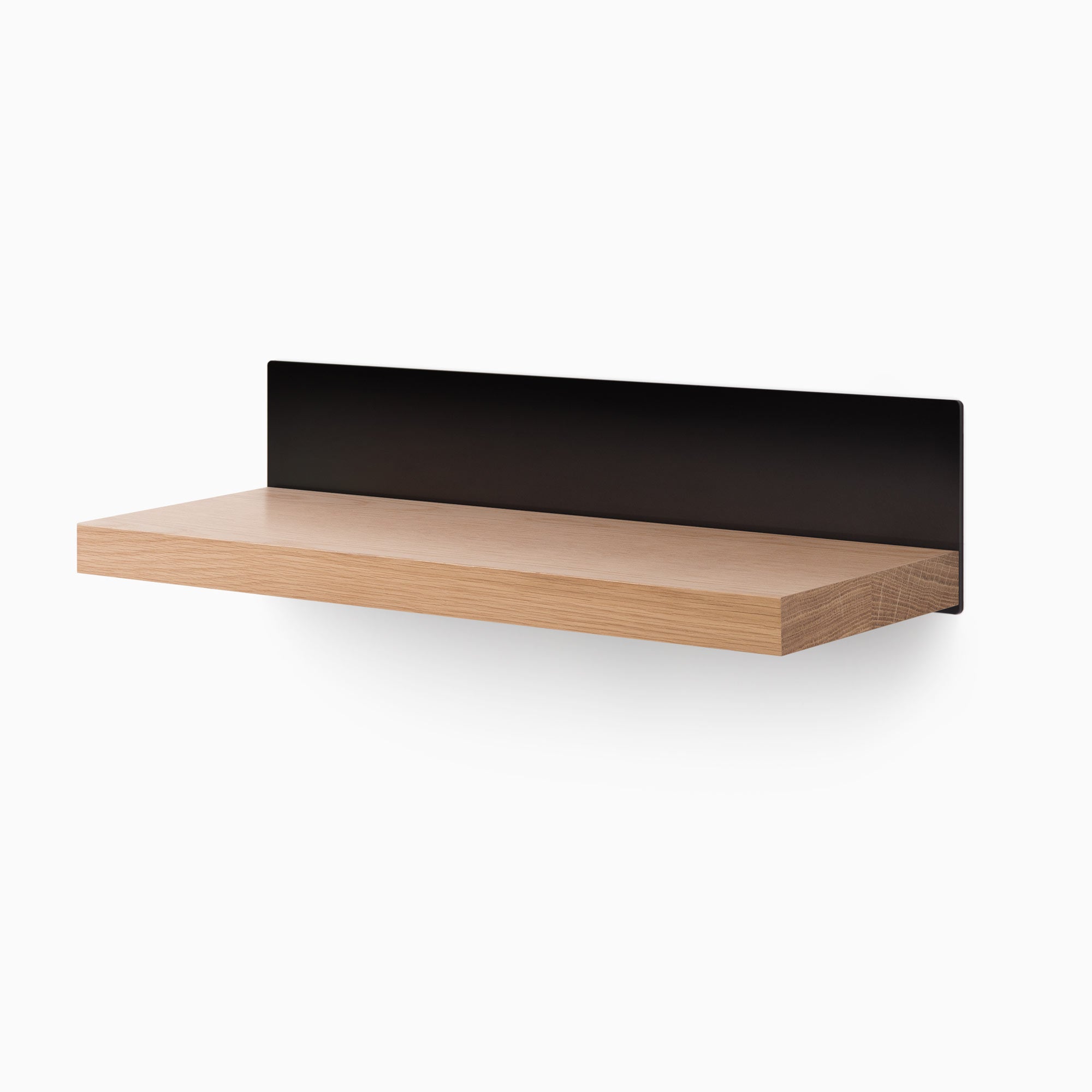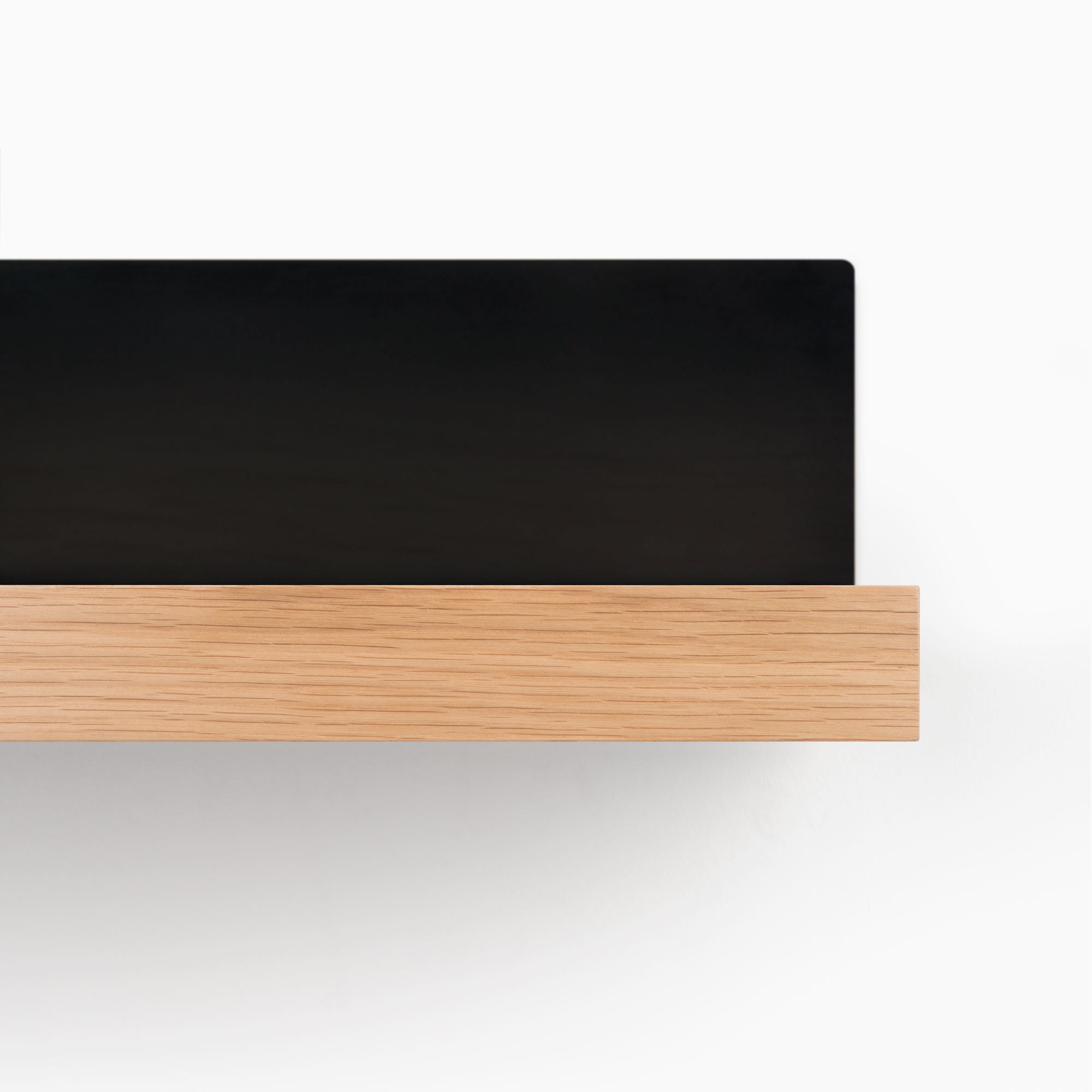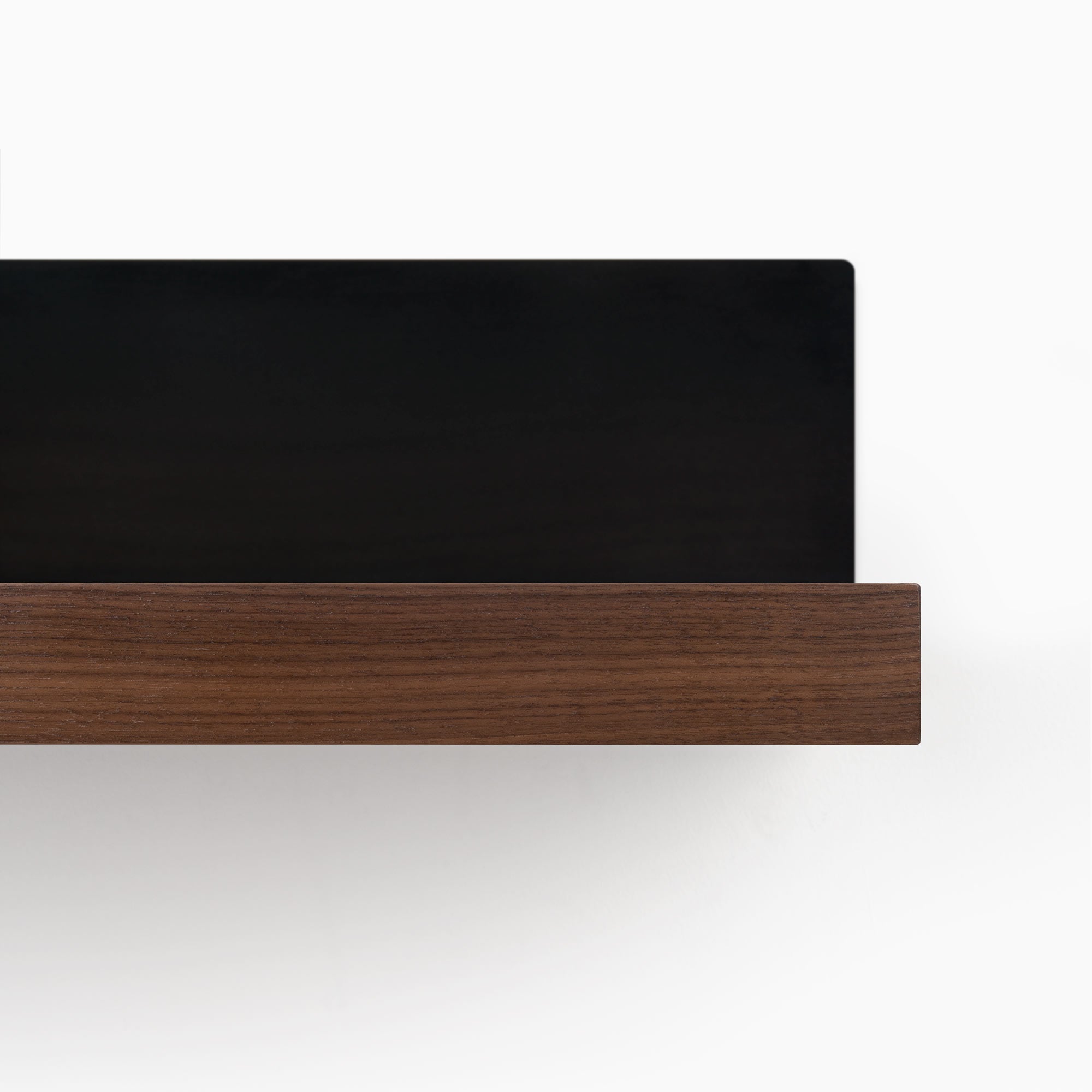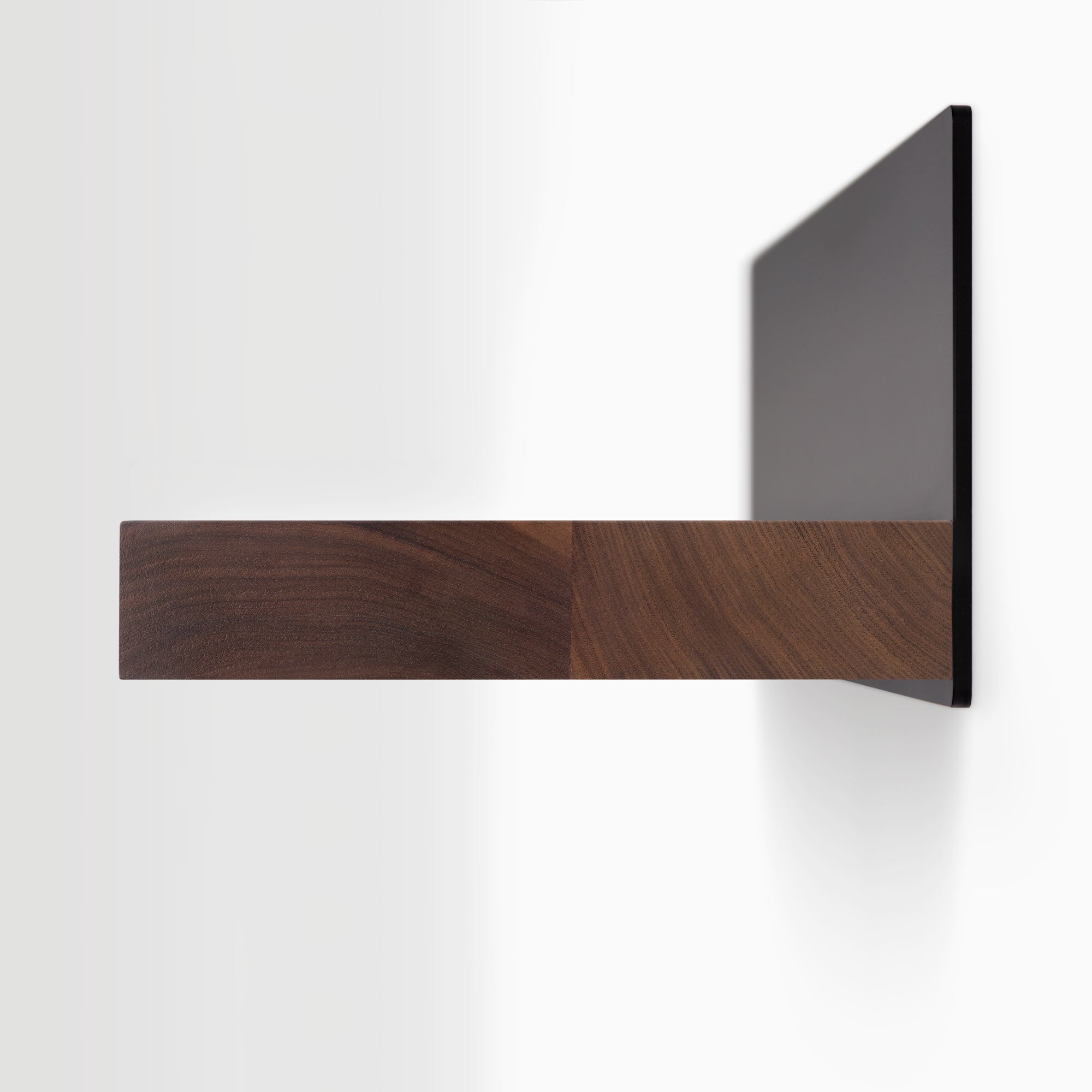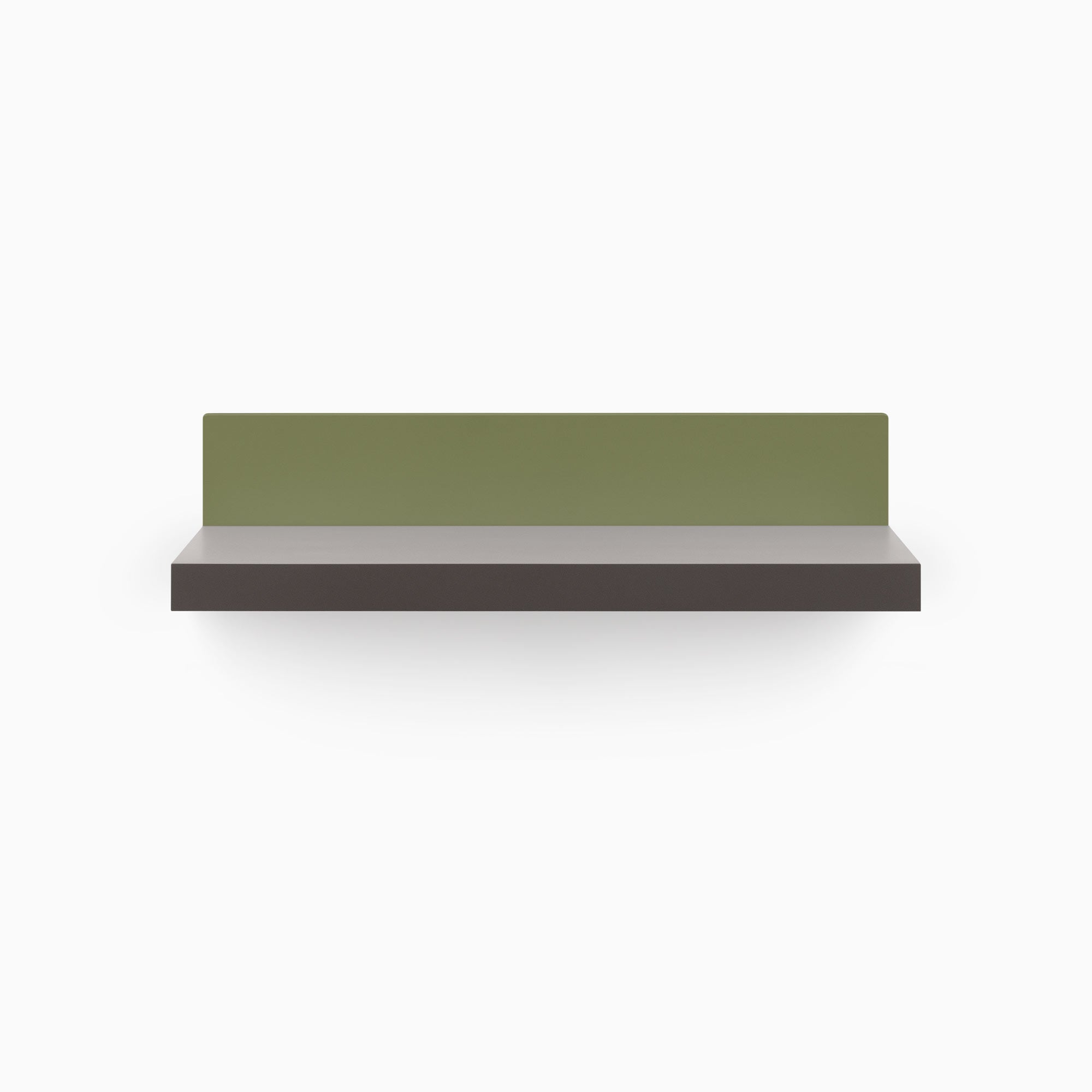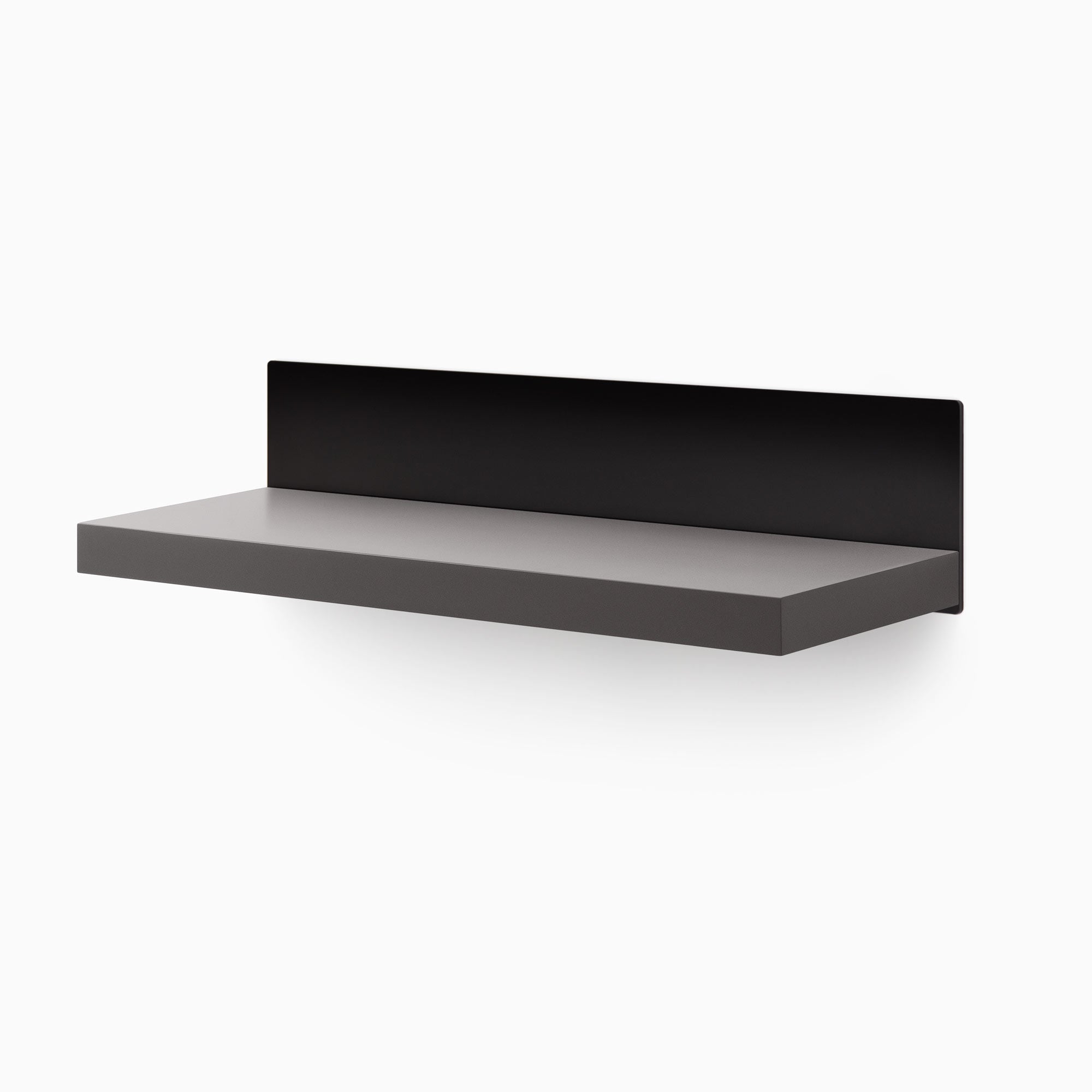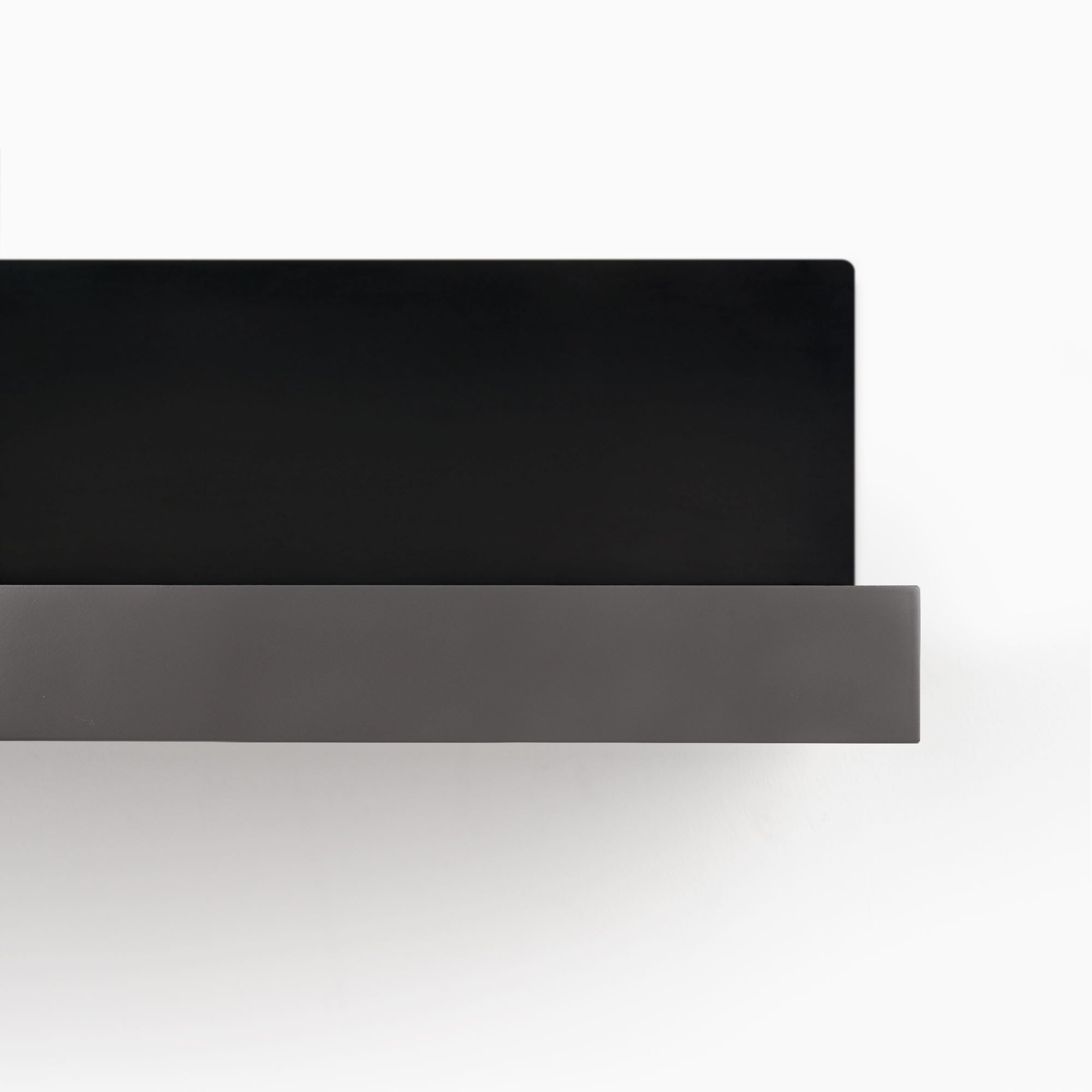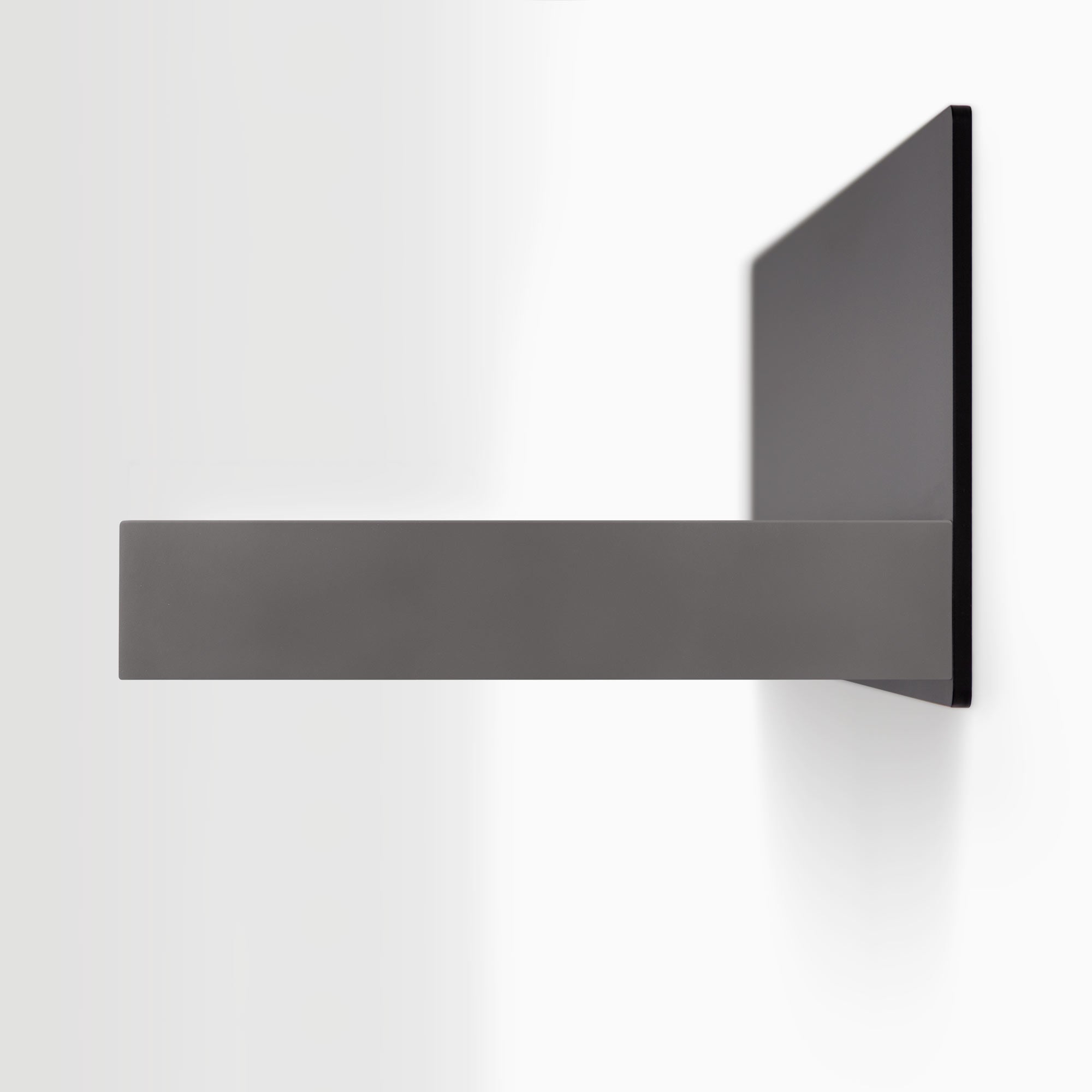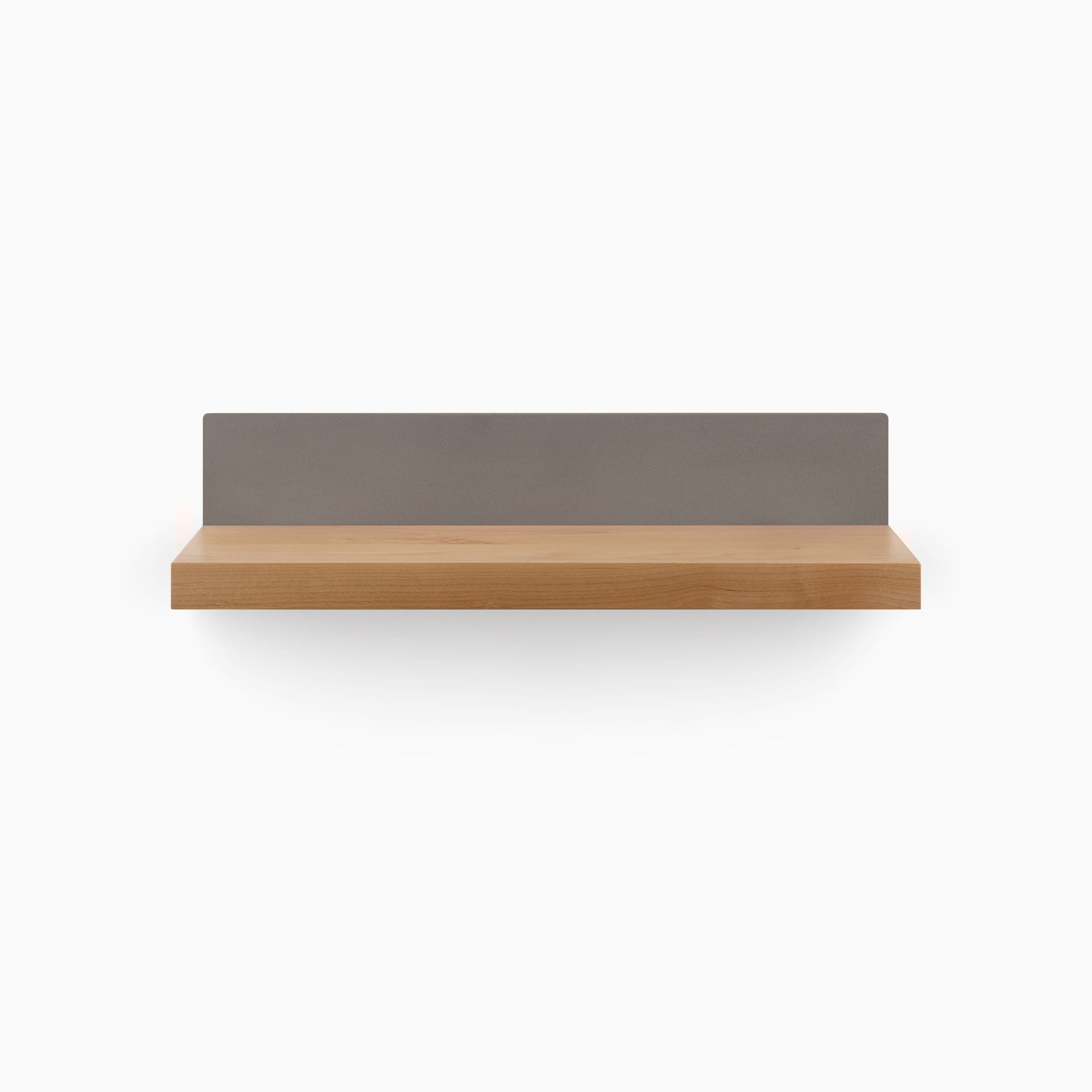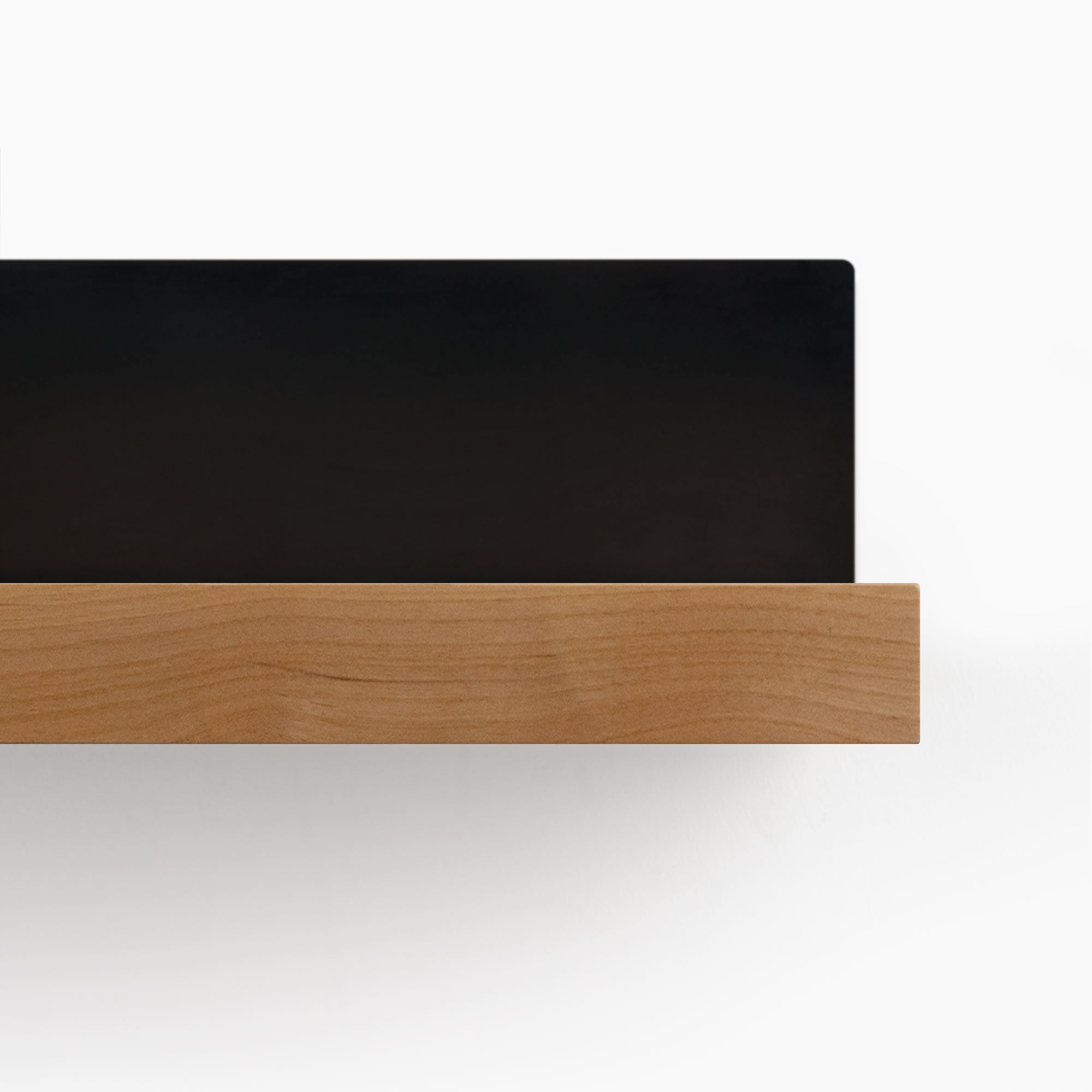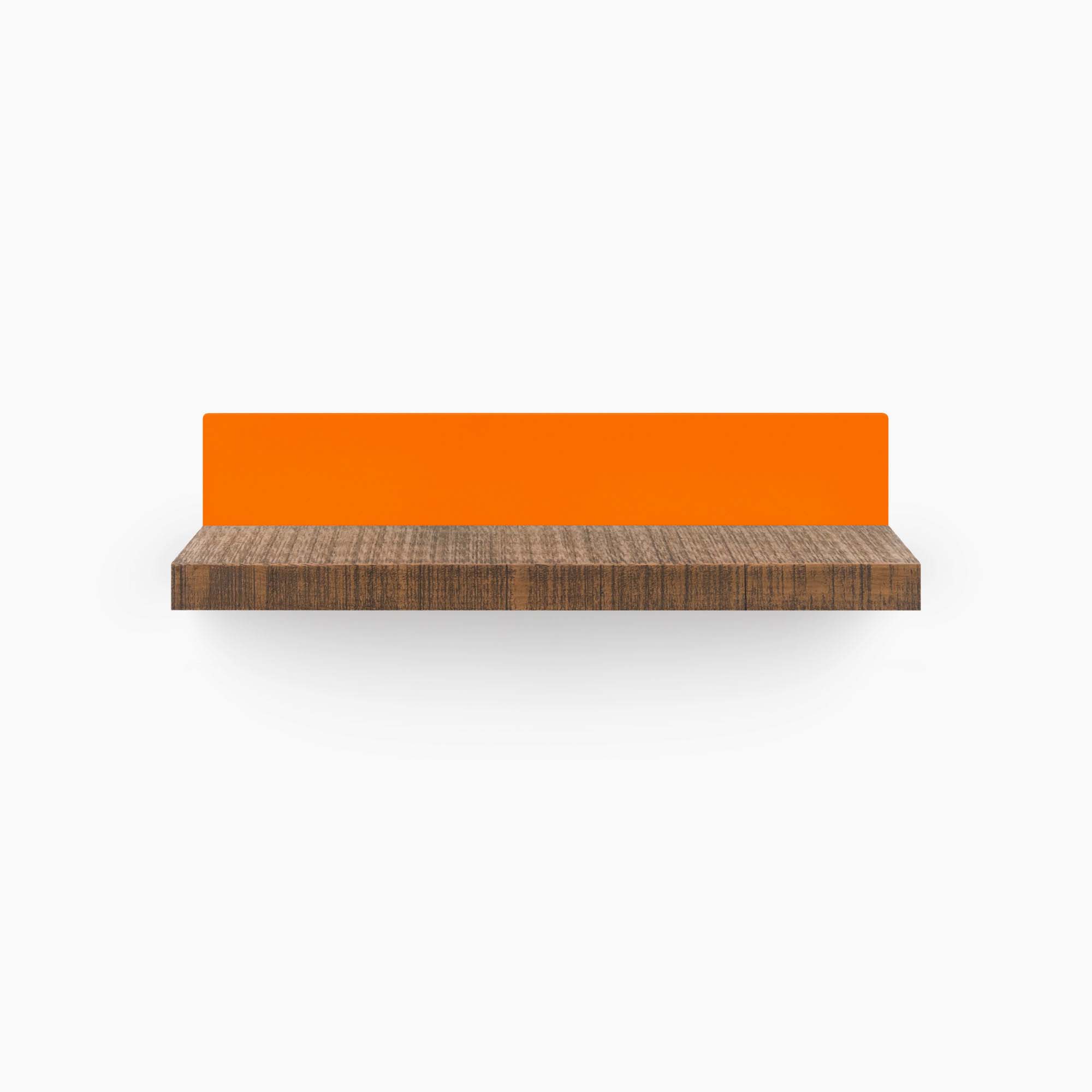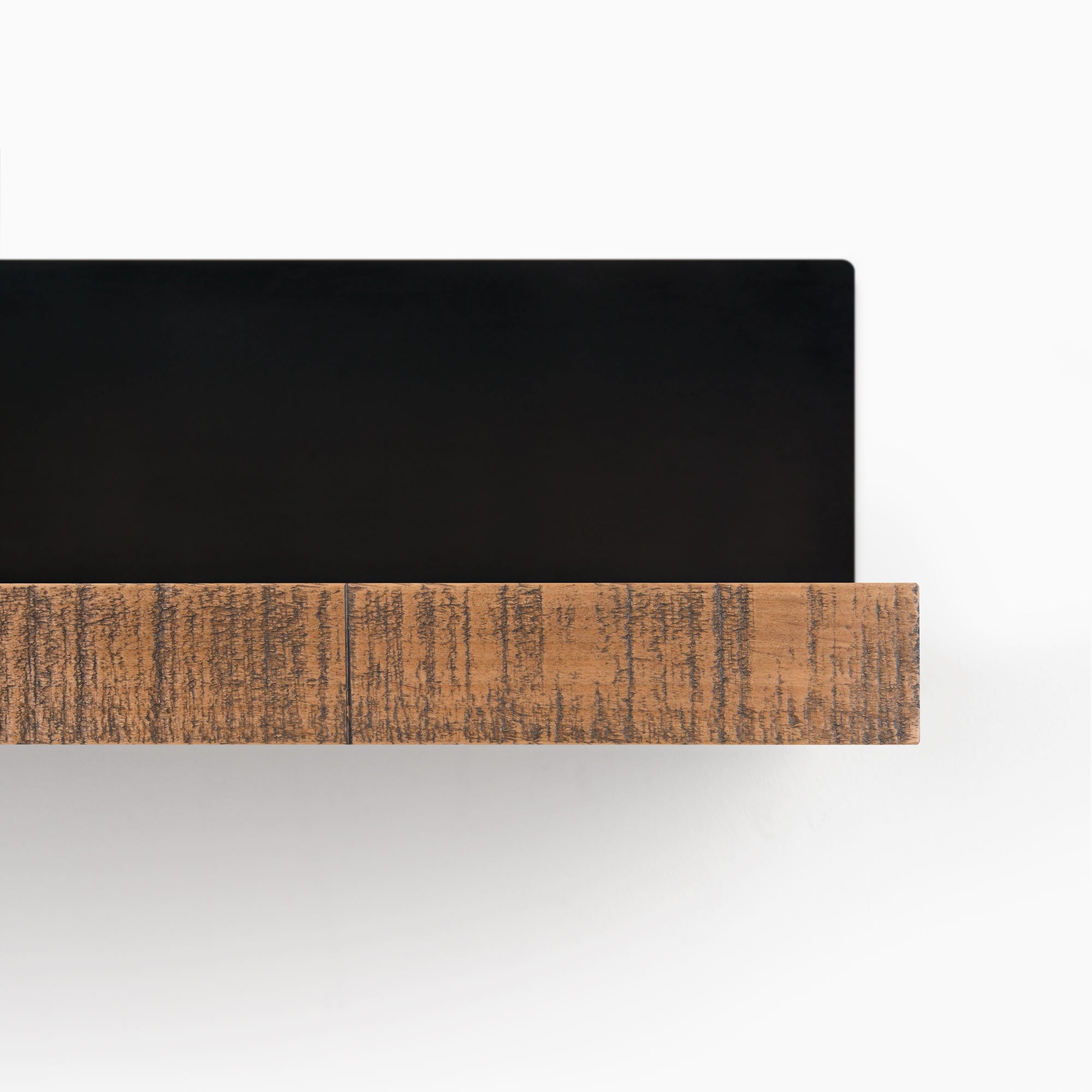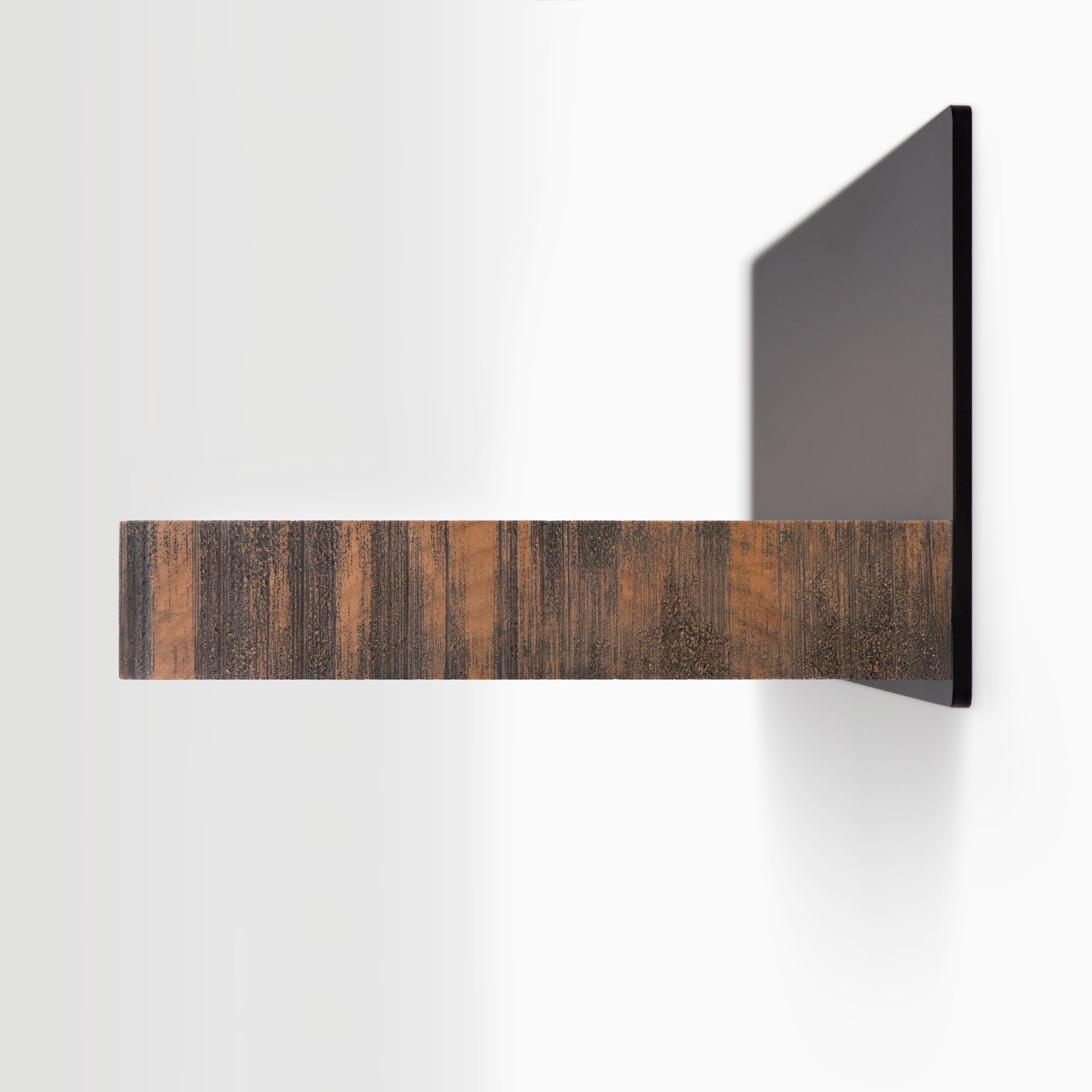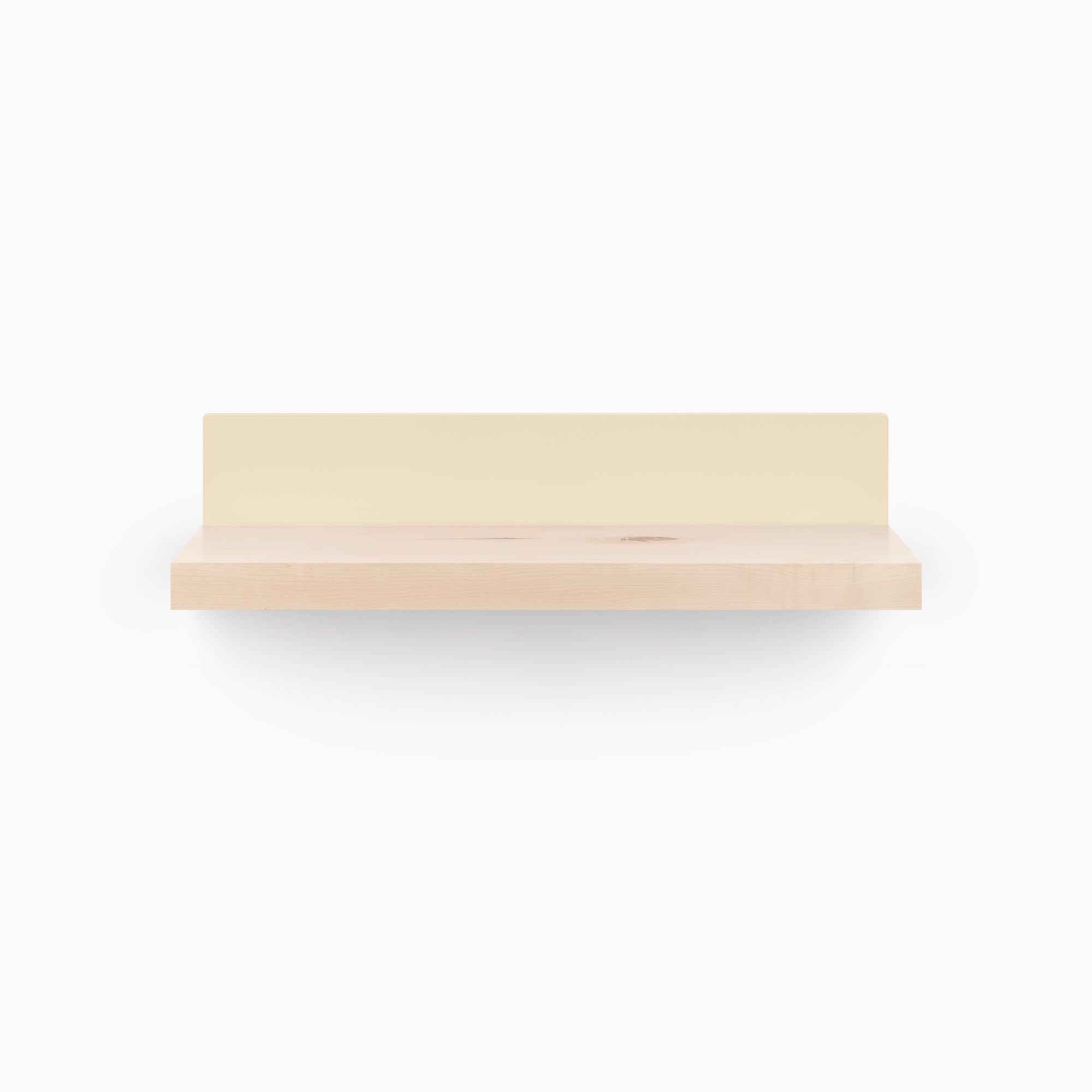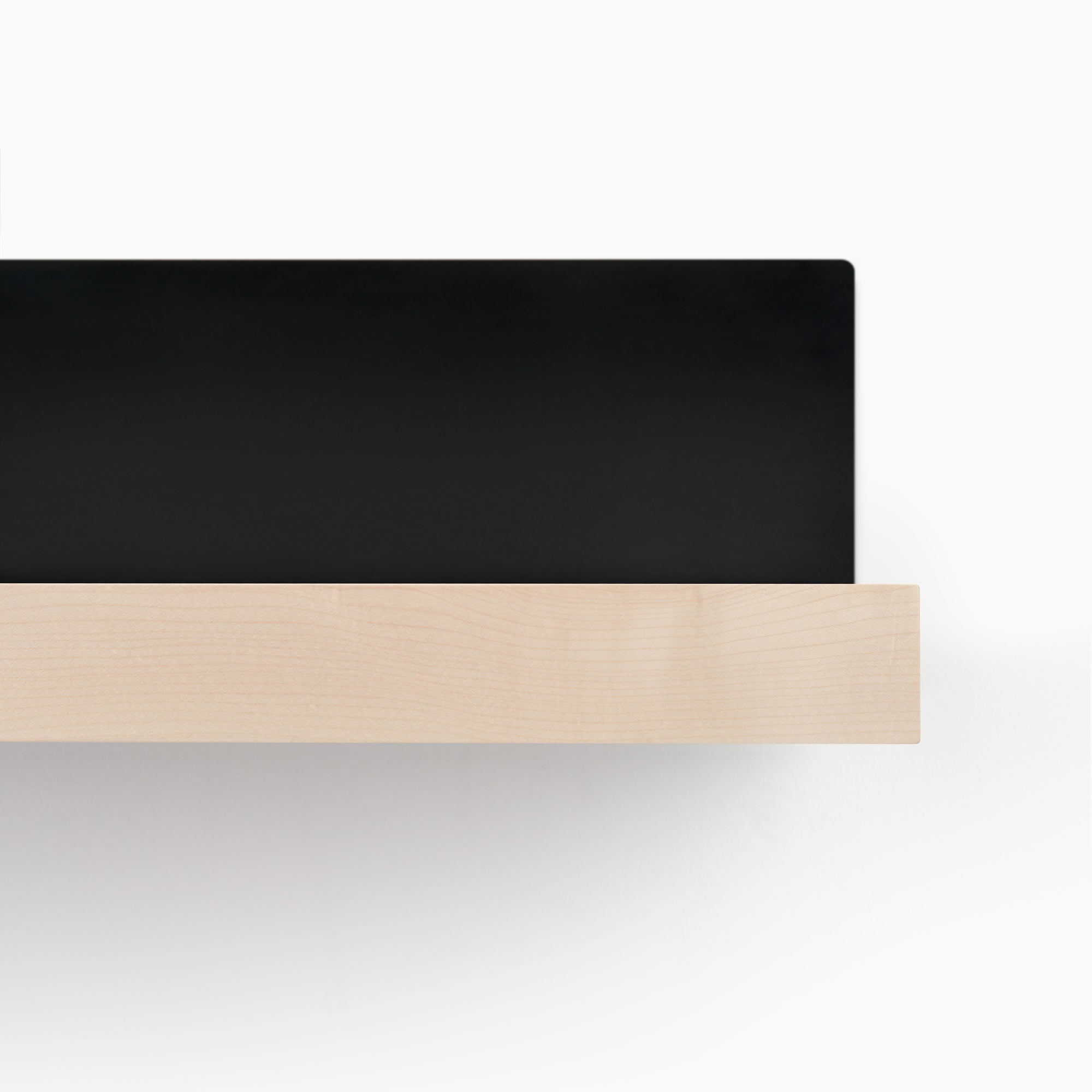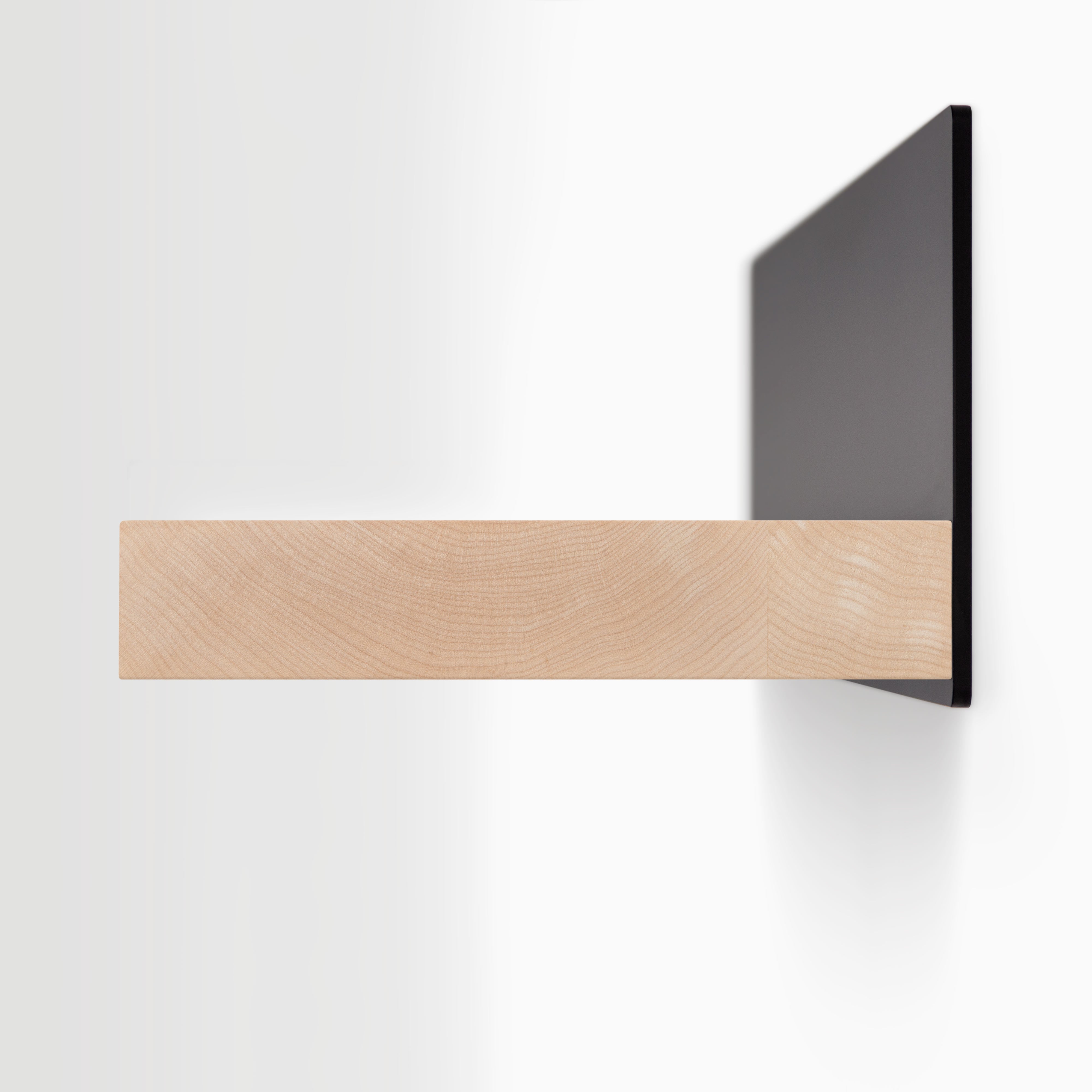Tromso RADius FM1 Steel Floating Shelf
Aksel White Oak Floating Shelf
Aksel RADius White Oak Floating Shelf
Aksel RADius White Floating Shelf
Aksel RADius Walnut Floating Shelf
Aksel Inlay White Oak Floating Shelf
Aksel Inlay White Floating Shelf
Aksel Inlay Walnut Floating Shelf
Tromso RADius FM5 Steel Floating Shelf
Tromso RADius FM3 Steel Floating Shelf
Tromso FM5 Steel Floating Shelf
Tromso FM3 Steel Floating Shelf
Tromso FM1 Steel Floating Shelf
Skaksel Nutmeg Rustic Wall Shelf
Designer Floating Shelves by Shelfology®
Floating shelves offer a versatile approach to organization and design, transforming any space, from your home office to the kitchen. They can accommodate your specific needs, providing both functional storage and aesthetic appeal.They're not just a place to store stuff; a floating shelf offers a unique canvas for displaying your personality and taste. Showcase your prized possessions, favorite books, or artful displays, turning your walls into a reflection of you. It's not just about a storage option; it's about crafting visually captivating moments that elevate your home's charm. Wall shelves like these embody the minimalist spirit. By favoring a "less is more" approach, they contribute to a serene, uncluttered environment. Their sleek design shifts the focus onto your curated items, creating a space that's both functional and aesthetically pleasing. Embrace the versatility of open shelving with floating shelves. They're a great choice for unlocking a world of stylish organization and adding a touch of modern flair to any room.
Floating Shelf Facts:
- Fact: Floating shelves provide smart, sleek storage with discreet mounting that makes them look like part of the wall.
- Fact: Floating shelves serve as a contemporary display option to show off favorite items.
- Fact: Floating shelves add a decorative touch and help free up space, keeping the home tidy.
- Fact: Floating corner shelves add storage and visual interest in overlooked corners of a room.
- Fact: Floating shelves can be made from materials like wood, glass, metal, and acrylic, each with their own characteristics.
- Fact: Wood is a popular choice for floating shelves as it is strong, durable, and available in various finishes.
- Fact: Oak floating shelves are commonly chosen for their strength and stability.
- Fact: Floating shelves offer a sleek and minimalist aesthetic with versatile and modern storage options.
- Fact: The installation of floating shelves involves using tools like a measuring tape, pencil, level, and screws to attach invisible brackets to the wall.
- Fact: Floating shelves can be designed with various materials including wood, glass, metal, and acrylic, each offering different benefits and suitability based on room decor and need.
- Fact: Hard woods like oak, maple, and walnut are commonly used for floating shelves due to their strength and stability.
- Fact: Corner shelves can be a stylish and functional addition to any room, using shapes like triangular, hexagonal, and curved designs.
Learn more about floating shelves :
- Shelfology's Ultimate Guide to Floating Shelves
- How Much Weight Can a Floating Shelf Hold?
- Floating Shelves 101: How to Hang Your Shelves Like a Boss
Floating Shelf General FAQ's:
What are the differences between floating shelves and open shelving?
Floating shelves are attached to the wall using invisible support brackets. As a result, they appear to magically “float”. They're often used for decorative purposes or to display smaller items. Open shelving typically refers to standalone units with visible supports, like brackets or legs. In short, all floating shelves are also considered “open shelving”, but not all open shelves are necessary floating shelves.
What are the pros and cons of floating shelves?
Floating shelves offer a sleek and modern look, can create a minimalist aesthetic, and are relatively easy to install. However, they can be difficult to adjust or remove once installed.
What materials are floating shelves made from?
Common materials for floating shelves include wood like oak, maple, walnut, and alder. Metal options like steel are also popular.
How much weight can floating shelves hold?
The weight capacity of floating shelves depends on the material, size, and installation method. Our heavy-duty floating shelf systems can support 50 pounds per attachment point when installed correctly. A more typical range would be from 10-20 pounds. Open shelving can hold much heavier items, depending on the construction and support system.
How difficult is it to install floating shelves?
Installation is simple and requires only basic tools—almost anyone can do it. Each of our ready-to-install floating shelf kits and brackets includes a step-by-step guide, and installation videos are available on our product pages. For the best stability, we recommend securing the shelf brackets to wall studs.
How do I choose the right size and style of floating shelves for my space?
When selecting floating shelves, consider the size and shape of your space, the items you'll store or display, and the overall style of your room based on your personal preferences. Ensure the shelves complement the space without feeling overcrowded. To visualize the placement, use painter’s tape to outline the shelf dimensions on the wall before installation.
What is the best height for floating shelves?
For optimal placement of floating shelves, a common guideline is to install them at eye level, approximately 4–5 feet from the floor. However, the ideal height depends on the room’s function and design. Ensure your shelves are both visually balanced with surrounding elements and easy to reach for their intended use.
How thick should my floating shelves be?
For optimal support and a visually pleasing look, aim for a minimum thickness of 1.5-2 inches for your floating shelves. At Shelfology, we ensure even our thinnest options offer reliable stability without sacrificing style.
How deep should my floating shelves be?
The ideal depth for your floating shelves depends on what you plan to store. Here’s a quick guide:
- Decorative items: 6–8 inches
- Toiletries: 8 inches (above a toilet, allow for headroom)
- Coffee mugs: 8–9 inches
- Books: 10–11 inches
- Dinnerware: 11 inches
- Pots and pans: 12 inches
Can I custom order floating shelves?
Absolutely! Most of our floating shelf systems can be custom-ordered to the exact length, depth, and thickness you need, down to the inch.
Floating Shelf Installation & Placement FAQ:
Are there any disadvantages to floating shelves?
Not really—provided they are installed correctly. Unlike freestanding shelves or bookcases, any wall-mounted shelf, including floating shelves, is only as strong as its bracket and wall attachment. Since floating shelves rely entirely on concealed brackets for support, it’s crucial to:
Choose a high-quality floating shelf bracket for maximum strength and stability.
Secure the bracket into as many solid attachment points as possible, such as wall studs or additional blocking.
For best results, we recommend installing blocking between wall studs and securing the bracket at multiple points along its length. When paired with a heavy-duty floating shelf bracket like our Aksel or Tromsø models, this setup ensures even the heaviest loads remain securely supported.
Do floating shelves sag over time?
No, under normal circumstances your floating shelves will never sag as long as 1) you buy a quality floating shelf bracket 2) your shelf is made of quality solid hardwood and 3) you install the floating shelf properly (e.g. attach the floating shelf to wall studs).
What tools do I need to install floating shelves and open shelving?
Floating shelves require a drill, level, measuring tape, pencil, anchors (for drywall), and installation screws (included with all of our shelf kits).
Can I install floating shelves and open shelves on drywall?
Yes, but we never suggest attaching floating shelves solely to drywall. For a secure and stable installation, always anchor your shelves to at least two to three wall studs to ensure proper weight support and long-term durability.
How do I measure and mark the wall for floating shelves?
Position the bracket on the wall so its holes and channels face upwards. Secure one end of the bracket to the wall using your drill. Ensure the bracket is perfectly level before securing the other end. To ensure precise placement for a flawlessly level and secure shelf, mark all fastener holes and channels on the wall with a pencil before permanently securing your floating shelf. Be sure to use a stud finder to mark all studs in the desired location as you want to be sure to hit as many of those as you possibly can. We always recommend measuring twice, and installing once. Check out or installation FAQ for more details.
How do I choose the right placement for floating shelves and open shelving?
Consider the function, aesthetics, and accessibility of the shelves. Place them where you need storage or display space, while maintaining visual appeal and ensuring easy reach for items.
What should I consider when planning the spacing between shelves?
Leave enough space between shelves for the items you'll store. Also, consider the overall proportion of the shelves and the objects displayed for visual balance.
Floating Shelf Style & Decor FAQ:
Are floating shelves out of style for 2025?
Not at all! In fact, according to the who’s-who of style and decor, floating shelves are here to stay. We're talking timeless, folks. Floating shelves will never NOT be in style. They're just too versatile and practical to be a passing trend. Whether you're going for sleek and modern or a more rustic charm, there's a floating shelf design for every taste. They're all about maximizing space and showcasing what you love, and that's a winning combination that never goes out of style. But don’t take our word for it: Eva Mendez and Ryan Gosling just installed floating shelves. Tom Hanks and Rita Wilson are rocking floating shelves. So there you have it… if its good enough for Hanks and Gosling… we rest our case.
What are some creative ways to use floating shelves and open shelving?
Display books, plants, art, collectibles, photos, or kitchenware. Use them for storage of towels, toiletries, kitchen supplies, or office materials. They can also be used to create visual separation in a room. If you really want to level up your space, choose one of our LED Floating Shelf kits to add a dramatic lighting effect.
What are some styling tips for open shelving?
For a well-balanced and visually appealing floating shelf display, group similar items together to create a cohesive look. Incorporate a mix of colors and textures by using different materials and finishes to add depth and contrast. Avoid overcrowding—leaving some open space helps maintain a clean, airy feel. To enhance the overall design, add decorative accents like baskets, trays, or vases to bring structure and visual interest to your shelves.
How can I make my floating shelves and open shelving look more cohesive with my existing décor?
Choose materials that complement existing décor. For example, use similar wood tones or metal finishes. Maintain a consistent style by aligning the shelves with your existing décor theme (minimalist, modern, rustic). Consider color schemes and select shelves and storage accessories that match your room's color palette.
What are some popular trends in floating shelves and open shelving design?
Geometric shapes like triangles, circles, and irregular forms offer a modern edge. Natural materials like mahogany and teak add a rustic or sustainable appeal. Floating Shelves with Integrated LED lighting offer a contemporary and functional touch, while minimalist designs with simple, clean lines, and subtle colors create a streamlined aesthetic.
Can I use floating shelves and open shelving in a small space?
Yes, but be mindful of scale. Opt for smaller shelves and avoid overloading them. Open shelving can create a sense of openness and help maximize space.
What are some good ideas for lighting floating shelves and open shelving?
Integrated LED strip lighting offers a sleek, modern look while providing even illumination across the shelf. Spotlights or puck lights can highlight specific items, creating a dramatic focal point. For added ambiance and visual interest, consider wall sconces positioned above or beside your floating shelves to enhance the overall design.
How do I clean and maintain floating shelves and open shelving?
Keep your floating shelves looking their best by dusting them regularly with a microfiber cloth or duster to prevent buildup. Wipe up spills immediately to avoid stains, especially on wood or painted surfaces. For deeper cleaning, use the appropriate cleaners based on the shelf material, following the manufacturer's recommendations to preserve the finish and longevity.




